Bali & the Gili Islands Travel Guide
/Welcome to Part 2 of my Bali Travel Guide. Part 1 was all about Ubud, which is where Farmboy and I landed from Korea and spent the beginning and end of our trip in July 2014. This part of the Bali travel guide is all about the Gili Islands. We spent the middle of our trip, a total of 5 nights on these magical islands.
The Gili Islands are made up of of 3 small islands (Gili Trawangan, Gili Meno & Gili Air) on the East coast of Bali. Gili Trawangan is the biggest of the three and home to the majority of restaurants and resorts. Gili Meno & Gili Air are the two smallest islands, with Air being the most remote. If coming from Bali mainland you will arrive by fast boat (a terrifying 1.5 hour ride...more on that to come later in this blog post) but you will arrive in one piece on Gili T (Trawangan). From there you can charter a private boat to Gili Meno or Air (usually for about $15) or you can take the public boat which only goes across to the smaller islands a few times a day. Prices for the public boat were about $3 pp. All of the Gili Islands are walkable, and there are no motorised vehicles allowed on them and everyone gets around by walking or using either bicycles or horse/donkey drawn carts called Cidomos.
We loved our stay on the Gili Islands, and would have spent longer there had we known just how beautiful it would be. Here are a few photographs from Gili Meno where we spent most of our time.
**Keep in mind that July/August is peak season for Bali, and things start getting booked up as early as January. If a hotel has accommodation try to secure your booking with a deposit so you don't loose out while deciding where you want to travel to. Another very beautiful place to visit in Bali is Amed, a quiet coastal town in the North. If things are all booked up on the GIli Islands for your dates try looking at places in Amed. It seems to still be very untouched as most people head down South to Kuta, and the Gili Islands are starting to get more popular now too.
Getting to the Gili Islands
The GIli Islands are on the East Coast of Bali, and the easiest way to get there is by fast boat leaving either from Bali or from Lombok. A lot of people make the journey to the gIli Islands from Ubud. Because of this, many boat companies offer packages that will pick you up from your hotel in Ubud and drop you off there again if you book a return ticket. There are a number of online sites which you can book through before hand, but from the numerous scams and horror stories we had read, we decided to organise our boat tickets with our host, Dewa, when we arrived in Ubud. Dewa was able to get us tickets for $75 pp return (which included pick up at our accommodation in Ubud and transport to the port where the fast boat leaves from).
You will probably be picked up in a mini van to make the +-2hour ride from Ubud to Padang Bai where you will board the fast boat to the islands. Once you get to Padang Bai you will then need to queue up to collect your ticket (most people arrive with an email confirmation or tour group) and then you stand on the docks and wait for your boat. It's quite chaotic but definitely an interesting experience waiting for your boat. There are lots and lots of boat companies and boats going at the same time so make sure to keep your eyes peeled so you get on the right boat!
The prices vary with different companies, some also offer discounts for more than 1 ticket booked together. I would suggest booking your tickets for the fast boast as soon as you arrive in Bali rather than before your arrive, as the locals generally are able to secure better deals and will help you get onto a safe boat. Some of the tour companies we had looked at were Perama Tour & Marina Srikandi. It was very overwhelming as there are A LOT of companies that offer transport to the Gili Islands, and there are just as many people online telling stories about how they were scammed or how scary the ride there is. To be honest, the ride itself was pretty terrifying, but our boat was airconditioned and that helped ease the sea sickness a bit. Just be prepared that the trip there and back won't a walk in the park, and you'll be fine. Better to be prepared for a hard trip and then have it be easy that the other way around! It's only an hour and a half though and will just be a memory once you arrive in paradise.
Where to Stay on Gili Trawangan
There are loads and loads of places to stay on Gili T, the biggest of the three islands. This is also where the majority of restaurants and shops are. The island is still small enough to walk around in an afternoon, especially if you want to get away from the crowds of people who frequent the most popular stretch of beach, 'Good Heart'.
We spent our last two nights after Gili Meno on Gili T at Scalleywags Resort. It was wonderful. The rooms were clean, comfortable and so luxurious compared to our rustic beach hut on Meno. Scalleywags is definitely on the higher end of the scale in terms of resorts but it was worth every cent.
They also have an amazing seafood and meat buffet every evening where we stuffed our faces silly with delicious food. Scalleywags has a number of locations in Bali and offer lots of great deals. We paid $150 per night for a double room which included breakfast & all taxes. And they have a wonderful pool for guests which you can lounge around while ordering great food and drinks.
**Bear in mind Bali has Tax and Service charges which amount to 21% on top of most hotel accommodation and food and beverage bills (this consist of a 10% service charge and 11% Government Tax). This is terribly annoying and we were often mislead by the prices of things as they were quoted WITHOUT the tax. Just keep this in mind when it comes to paying and always ask before hand if accommodation quotes include this tax or not.
Where to Stay in Gili Meno
We spent 3 wonderful nights at Sunset Gecko in a wooden bungalow on a very quiet stretch of beach on Gili Meno. There is a very fancy hotel that has been built next door which made me feel rather envious once we realised we were staying in the wooden shack next door, but the price of Sunset Gecko was great and within our budget. We ate at the fancy restaurant next door a few times and enjoyed a couple of cocktails there too. Staying at SunsetGheck meant we had the best of both worlds. And the outdoor showers and toilet were much better than I had anticipated.
Sunset Gecko has varying rooms, but at the time of booking we were only able to get space in their Big Beach Hut which is three stories and has private rooms on each level. We stayed on the top floor in a large room with two double beds. They have a few private beach cottages slightly closer to water and a few A-frame bungalows too. It's rustic, but clean and we just what we were after. Don't expect anything fancy, often times they were out of stock of several items on the menu (how do you run out of tea?!) but we loved our stay here and would highly recommend it to anyone looking for an authentic & relaxing beach stay. Just make sure to pack a sleeping bag liner/sheet if you are a little panicky about beds like I am. I had read reviews of bed bugs at Sunset Gecko and so was unable to relax at night. We didn't have any problems with bed bugs though but because I had read about them I was unable to sleep peacefully in fear of waking up with my skin crawling. Silly me! And the sleeping bag liners I had ordered online for our were out of stock so we just went ahead without them. I was probably over acting but if bed bugs are something you just can't handle then make sure to pack a sheet/sleeping bag liner just in case.
The beach in front of Sunset Gecko was also where we swam with turtles and had the best snorkelling of our entire Bali trip! We spent every day on the beach pagoda's sipping fruit juice and watching the world go by. It was bliss.
The booking process seemed a little odd as you have to pay a deposit through a rather strange payment channel but it was all secure and my booking & payment was handled well. They also responded well to email (i had to change our booking slightly and they were very accommodating).
Here is a video that Farmboy put together of our time in Bali, with lots of footage of the Gili Islands:
Some things I learnt from this trip:
- Even when compiling an extensive budget, have an international credit card on hand for emergencies. We forgot to include various elements in our budget (lunch & the smaller transport costs) and had to use my credit card a few times.
- Budget for souvenirs. Before a trip I always tell myself that I won't buy anything cliche (like floaty yoga pants and rugs) and without fail I have found something special on our travels in each country that I have wanted to buy. In Bali we bought a beautiful handwoven rug in soft pastel shades that has prize position on our living room. It was worth ever cent!
- Read travel reviews with a pinch of salt. I really had heard terrible things about Sunset Gecko and was prepared for an absolute nightmare. It ended up being the highlight of our stay (and no, there were no bed bugs).
- Try to pay for things before you arrive instead of having to have cash on hand (especially for accommodation).
- Always pack a rash vest (swimming top) if you plan on snorkelling anywhere. Farmboy and I each have a lycra swimming top we bought online (through Gmarket for +-$18) two years ago and they have saved our skin too many times to count. It's just not worth getting sun burnt on your first day in the water.
Useful Travel Info:
- Bali has a visa on arrival for most countries (including South Africa, UK, USA, New Zealand, Australia) which costs $35 and is valid for 30 days. You get this at the airport when you arrive in Bali.
- Be aware of the departure tax which needs to be paid in cash when you leave the airport (I have read that as of Feb 2015 this departure tax is now included in your flight price but I'm not 100% so make sure to research thoroughly before hand).
- Remember Bali imposes a 21% tax & service charge on most goods/services/facilities and this is not included in your bill.
I hope you found this travel guide useful! Please leave me a comment below if you have any questions.
You might also like these travel guides:




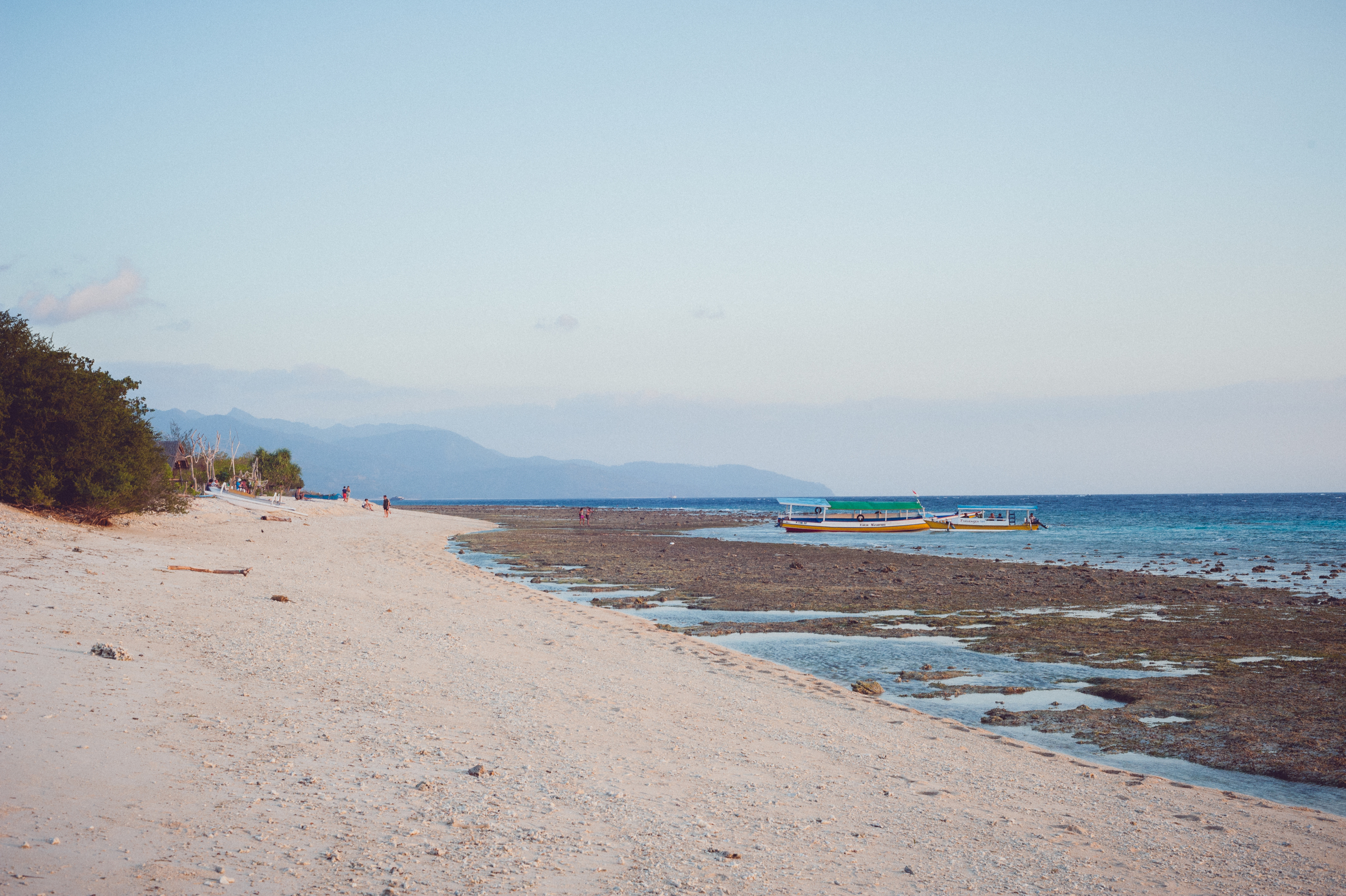
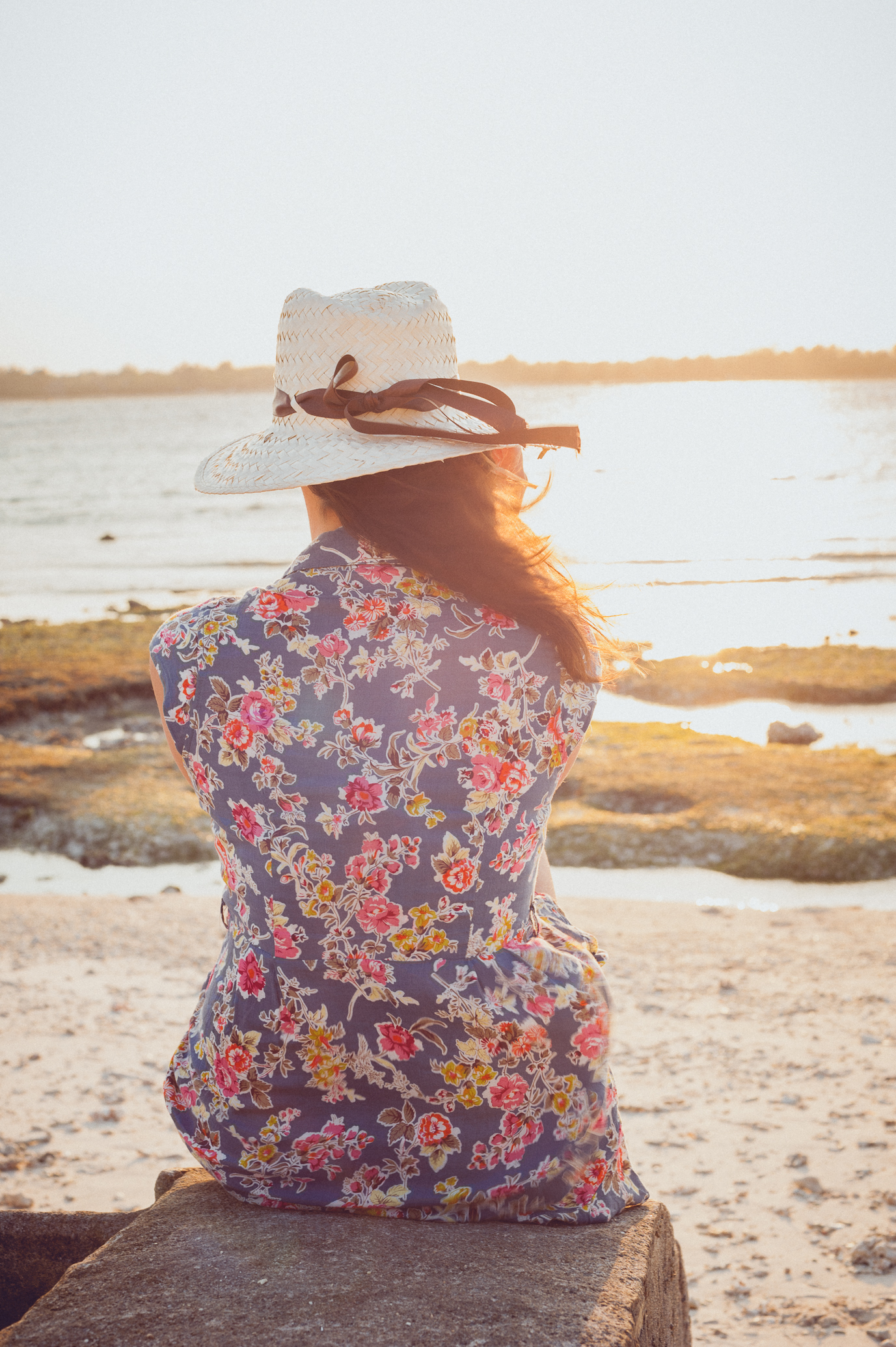
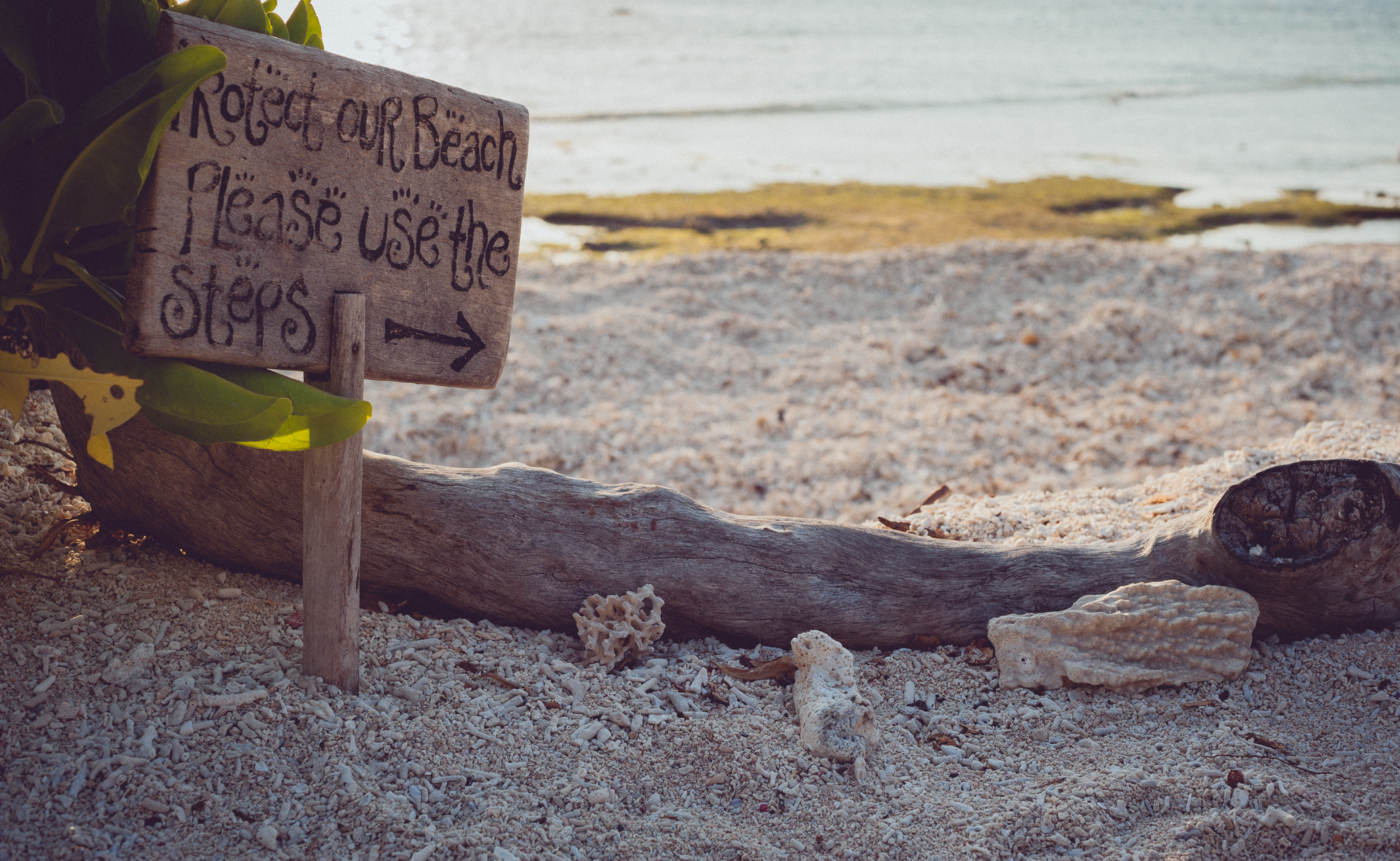
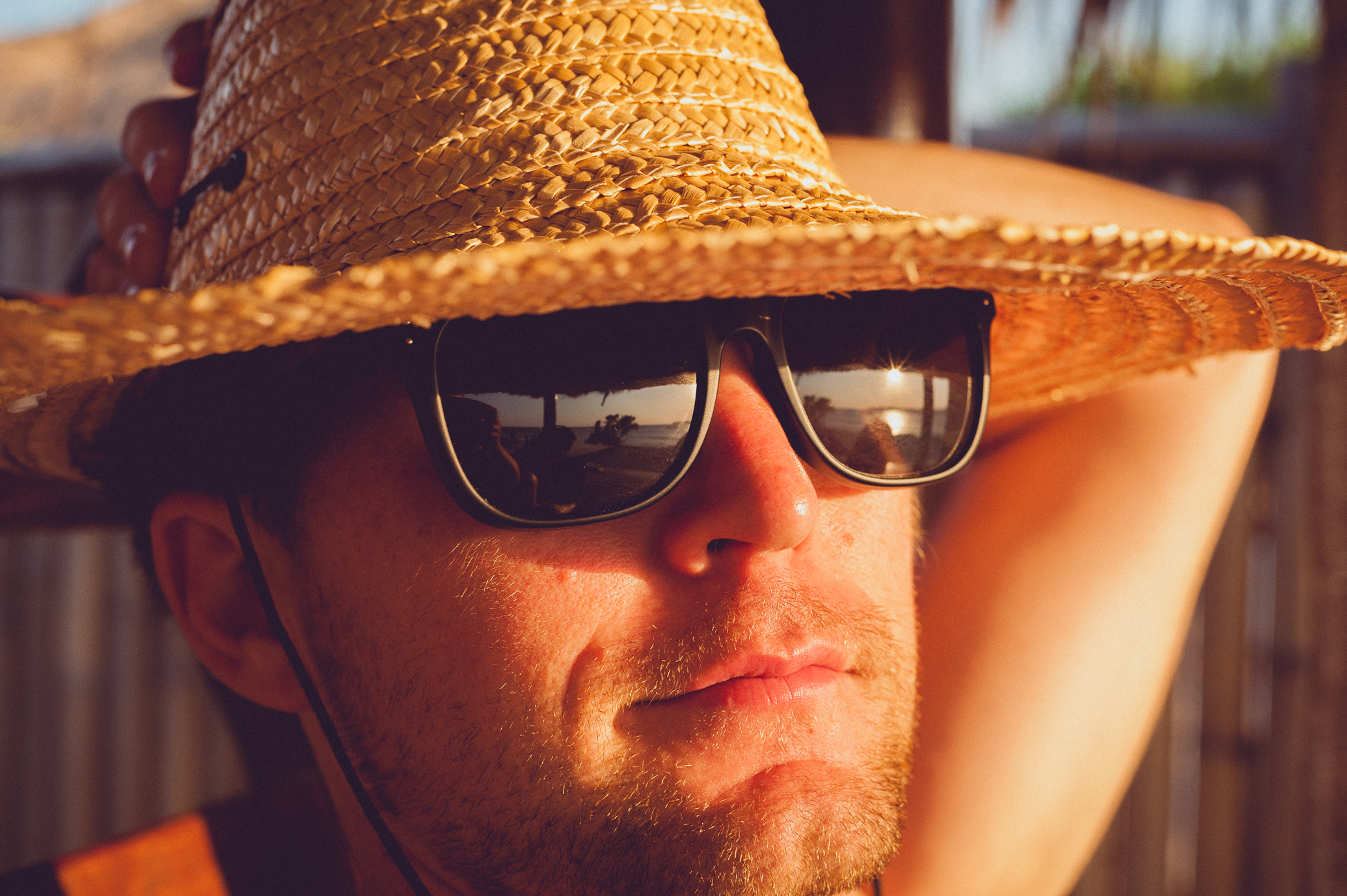
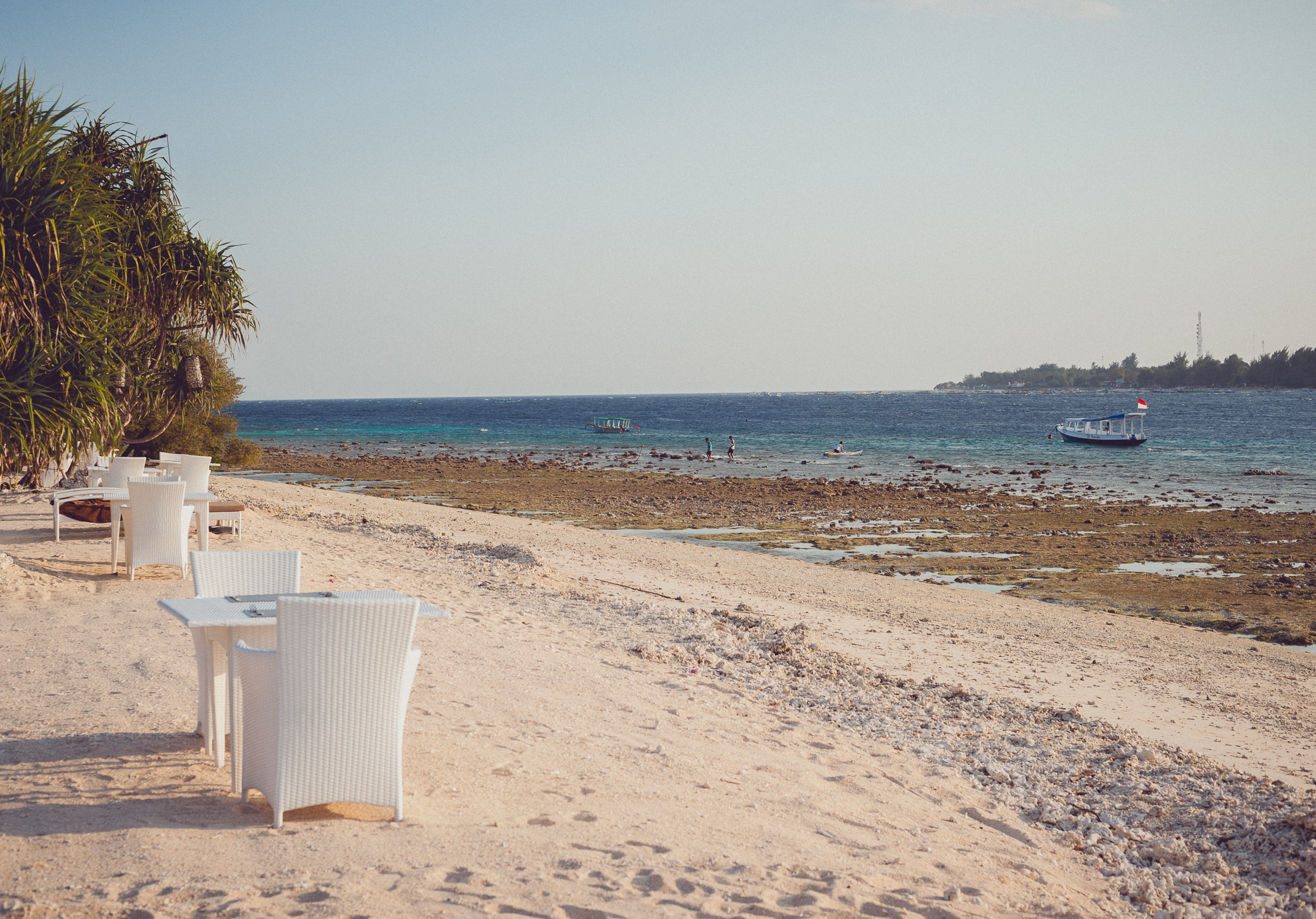

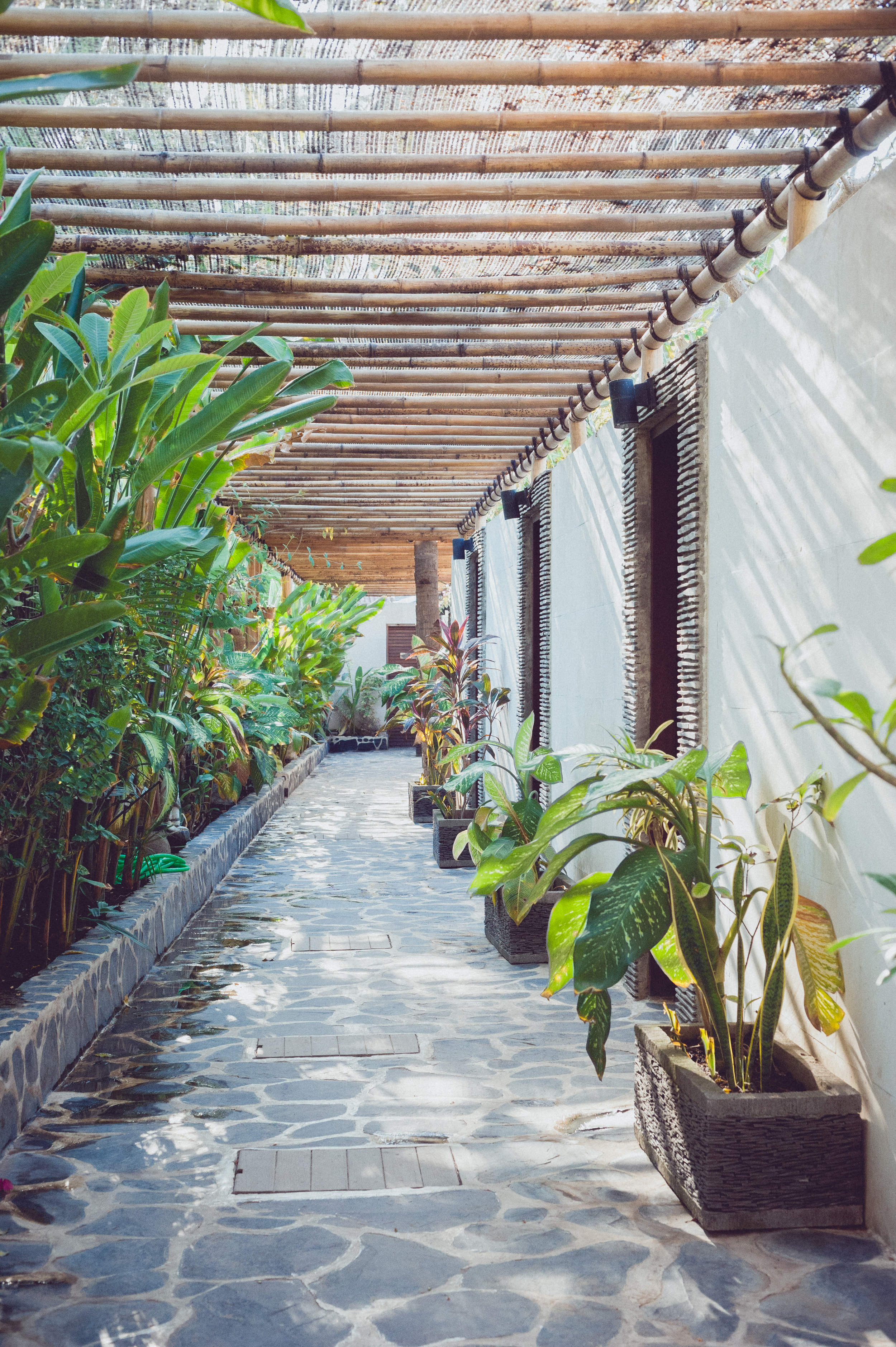
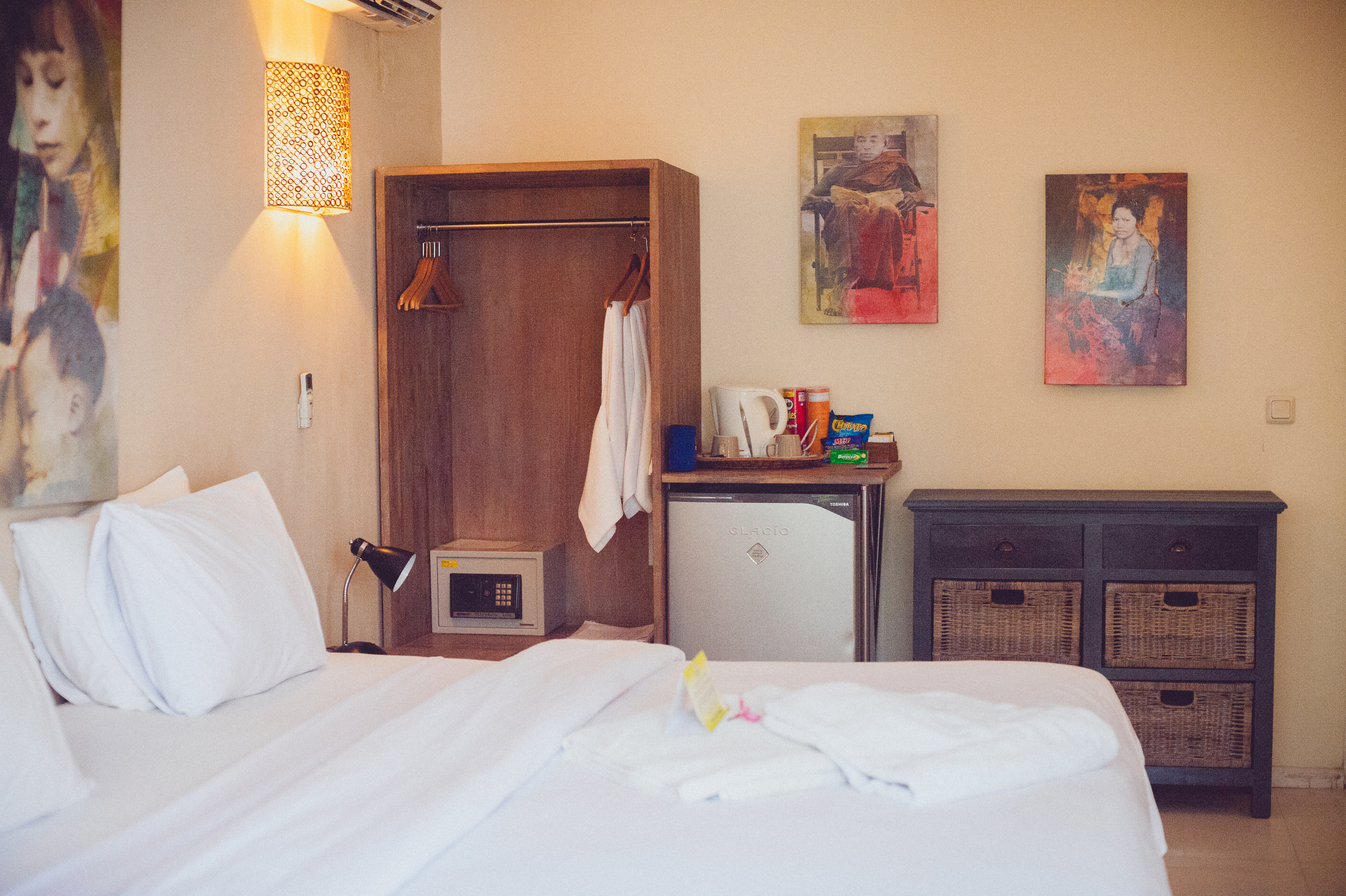
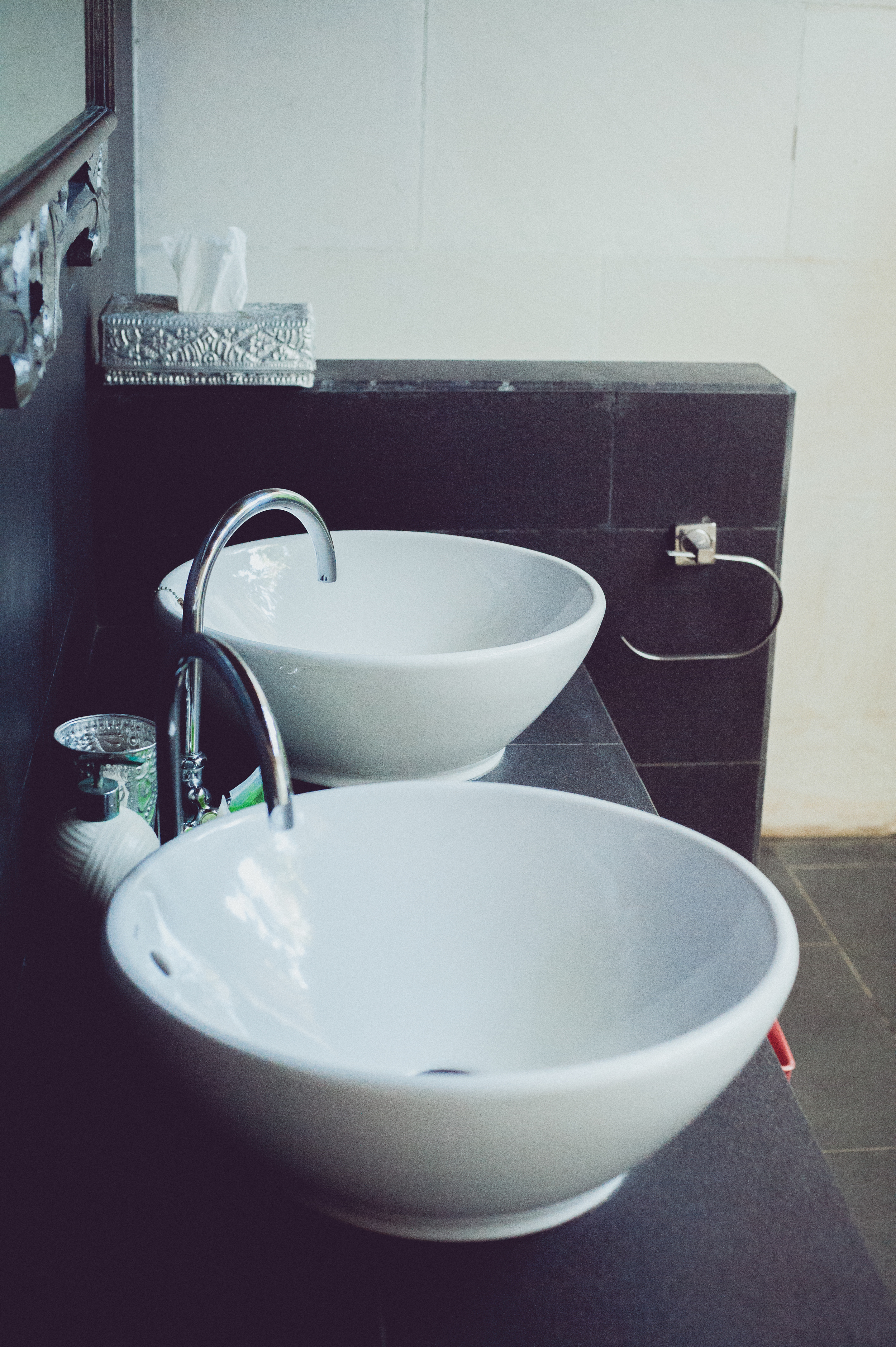
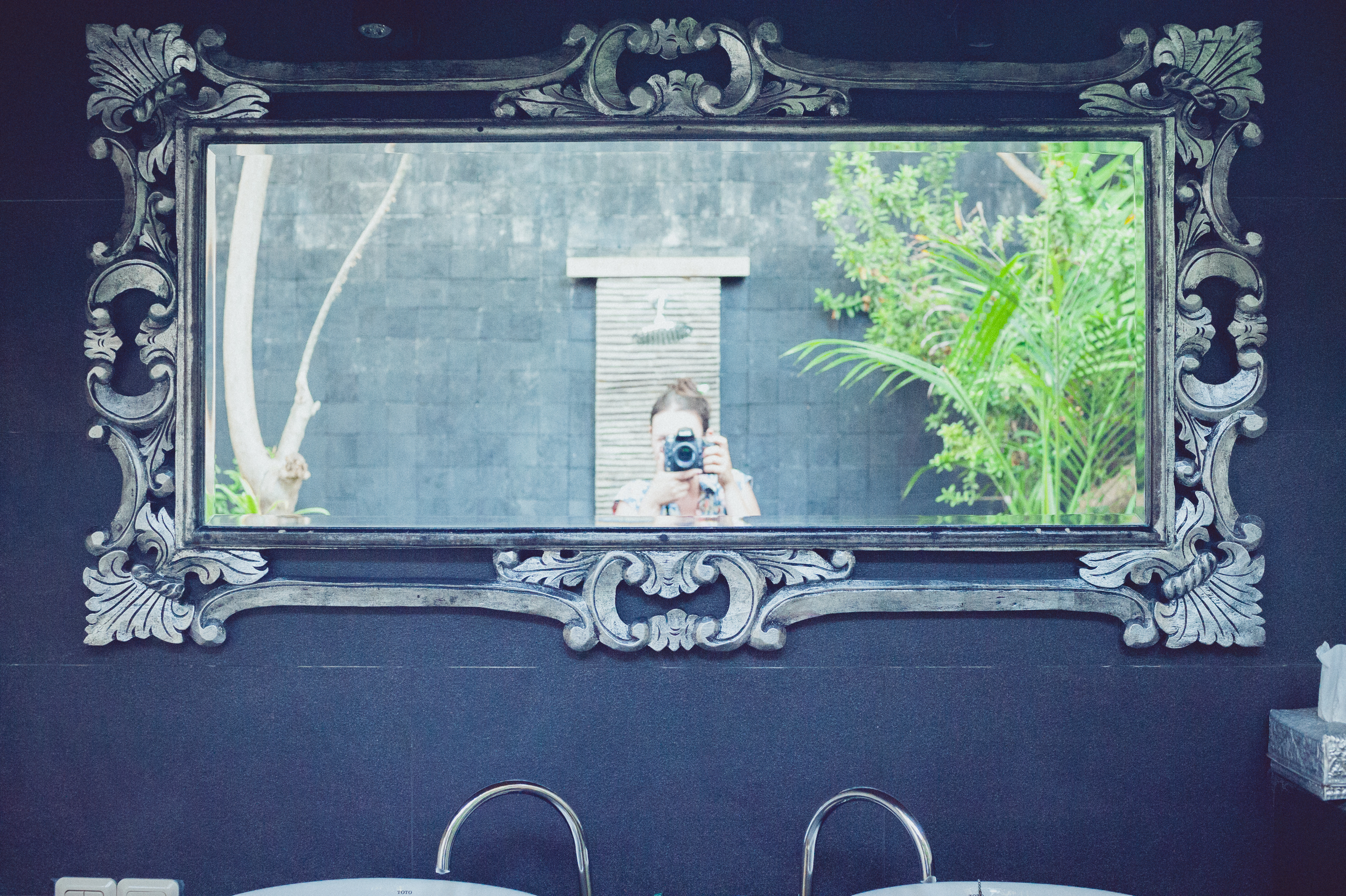
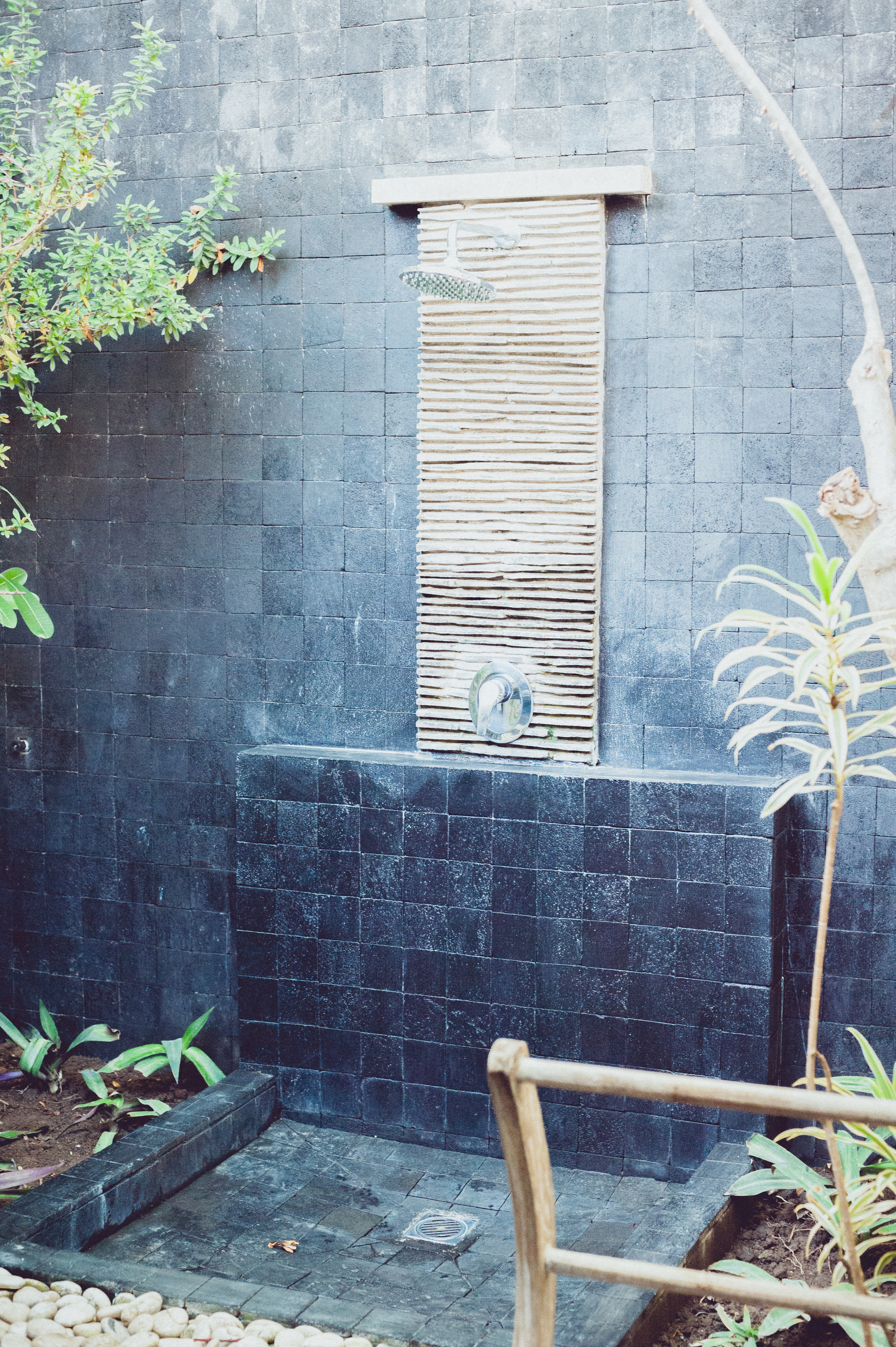
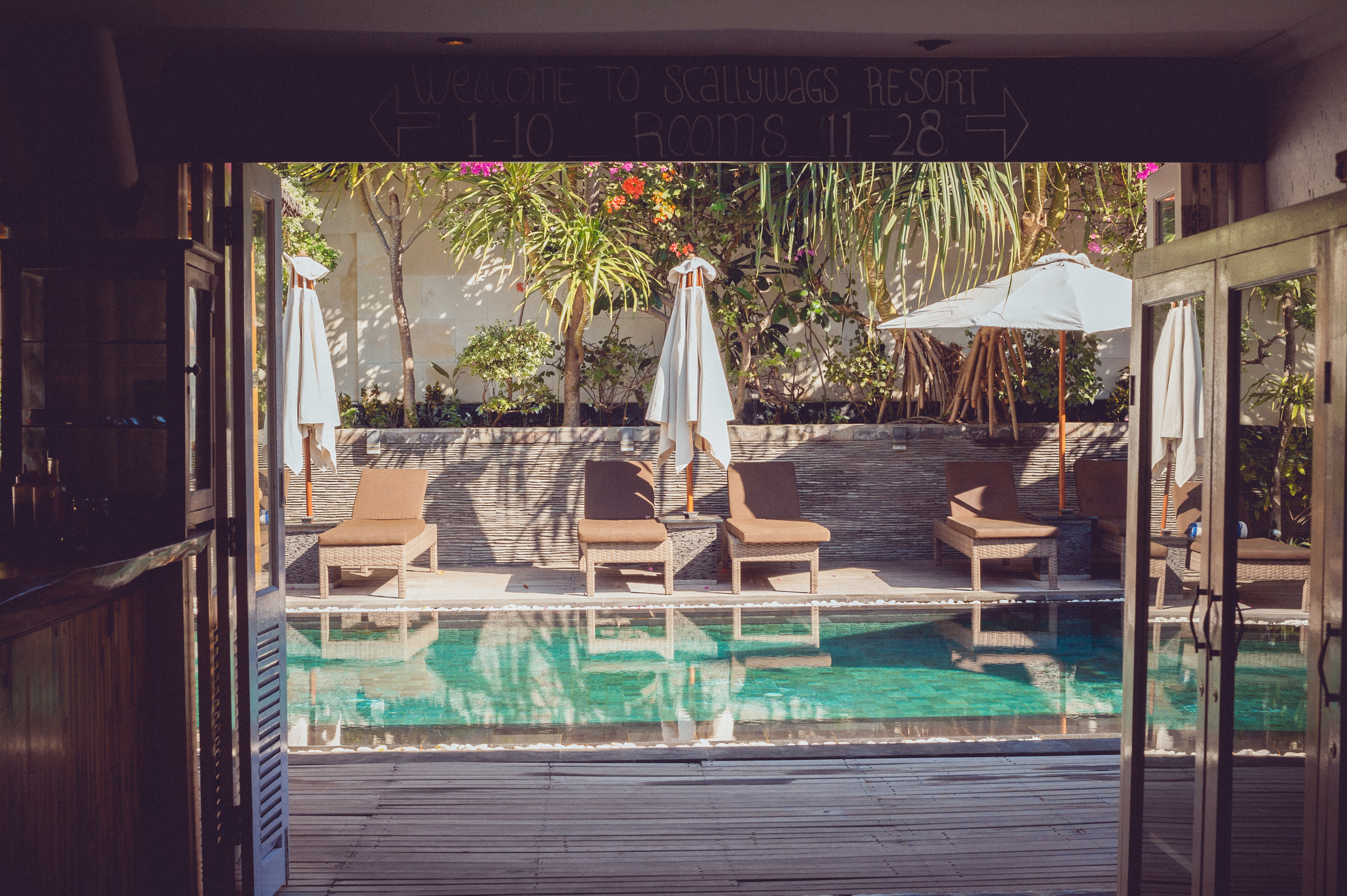
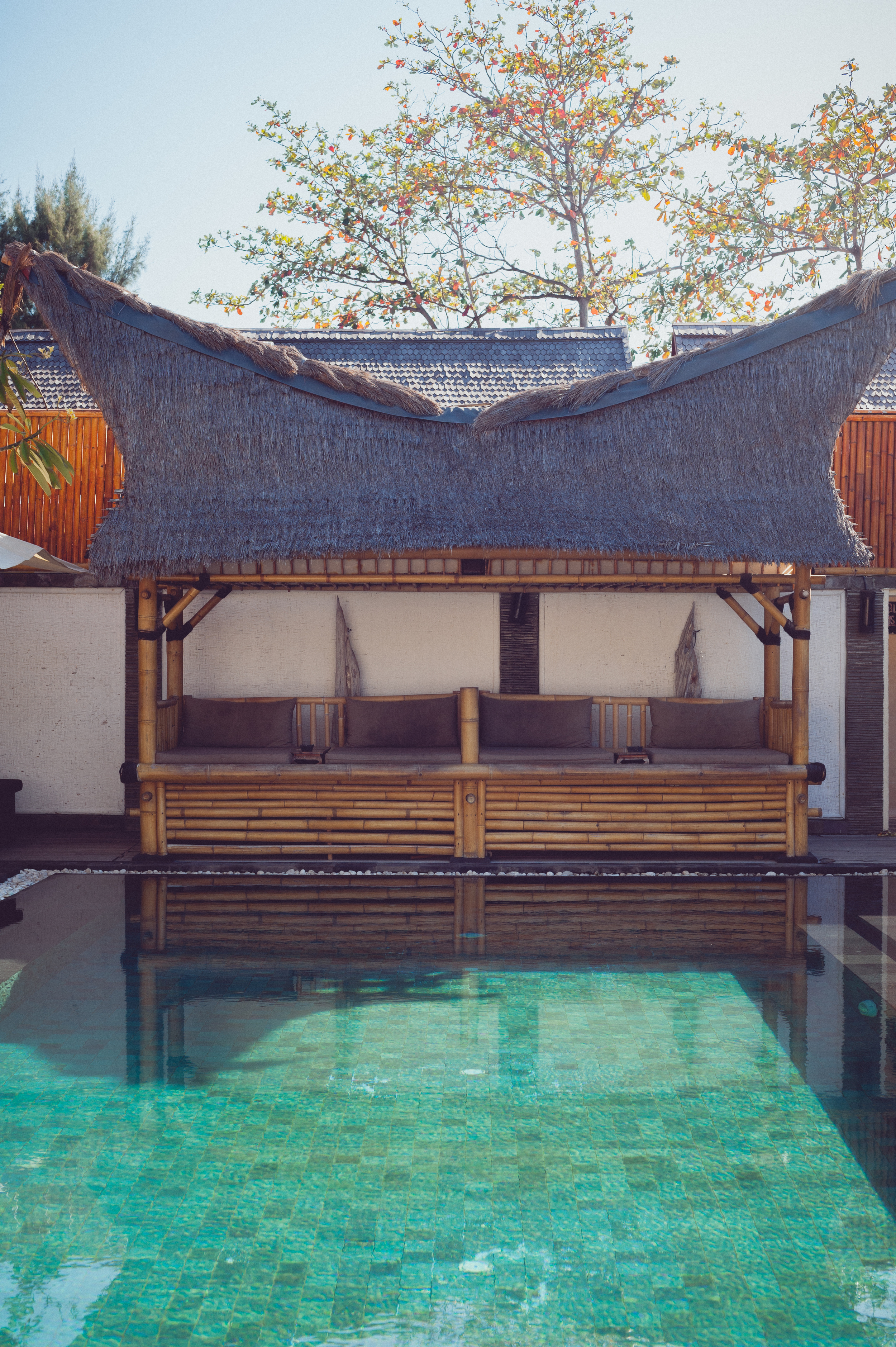

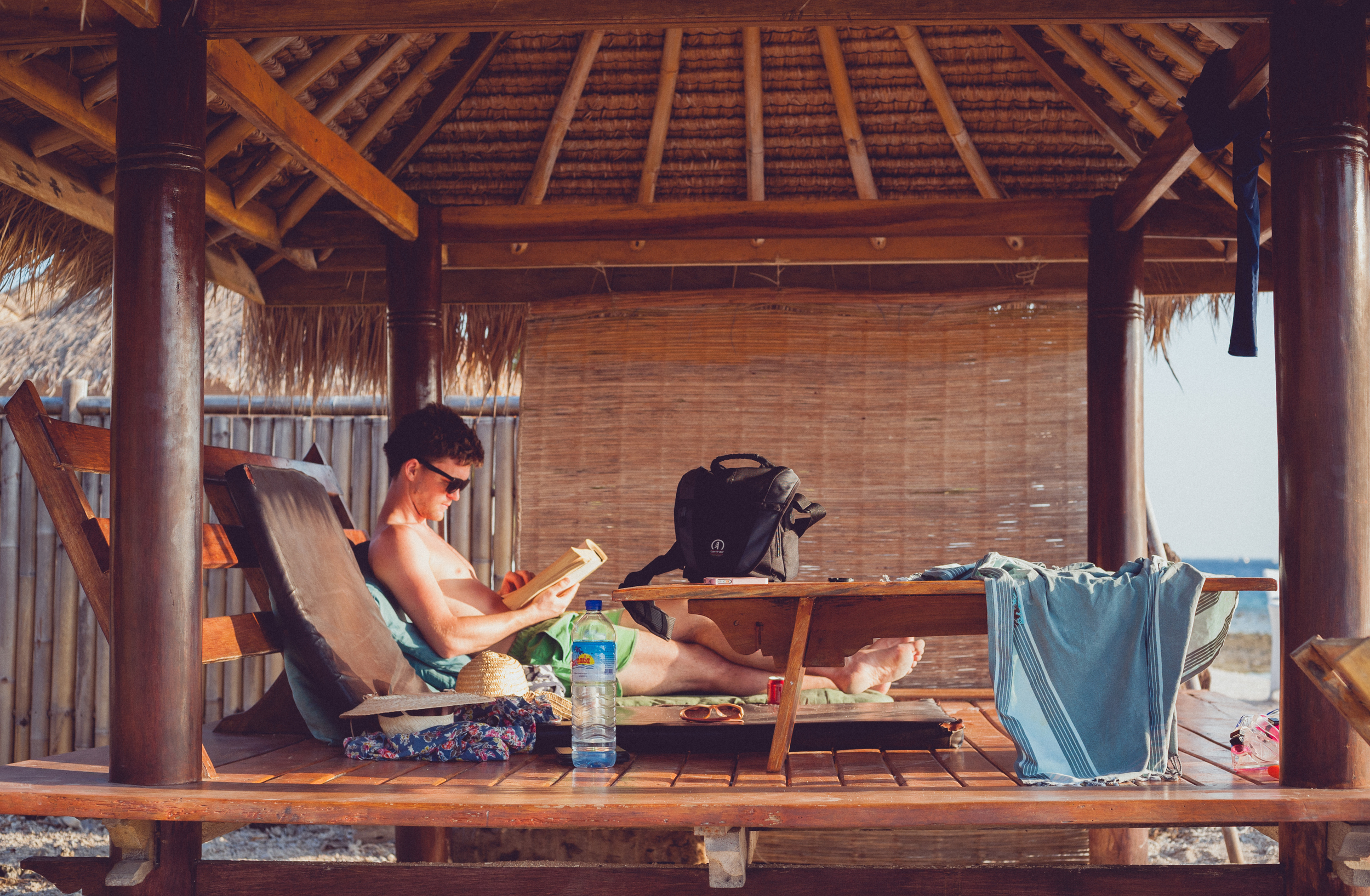

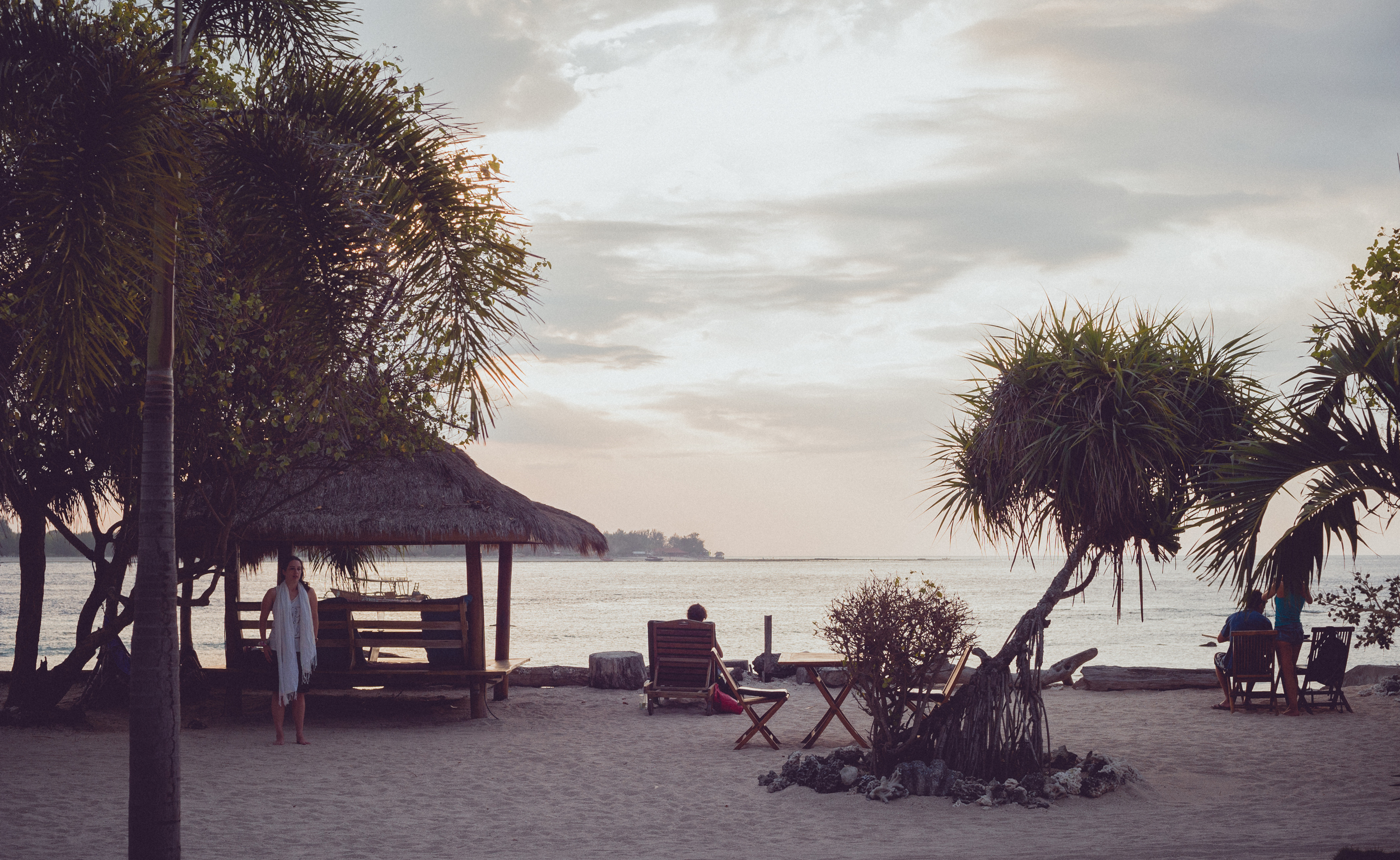













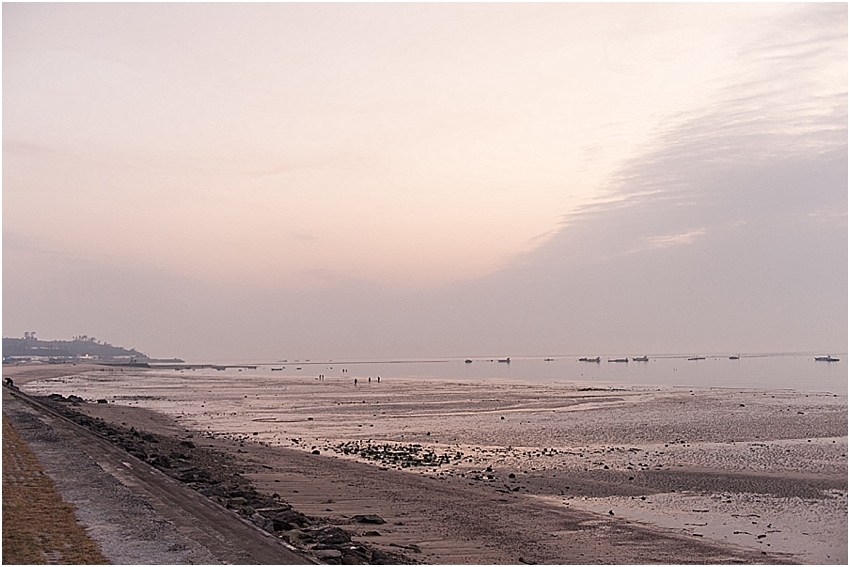

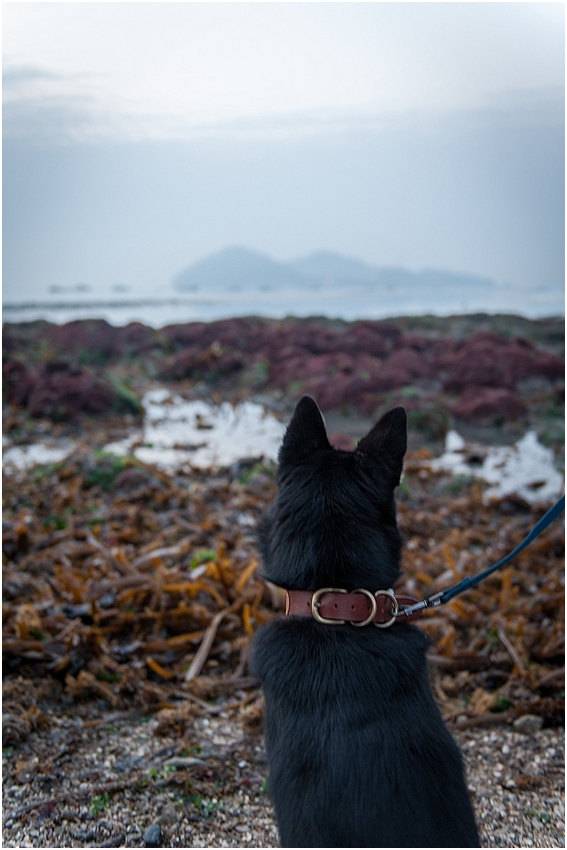
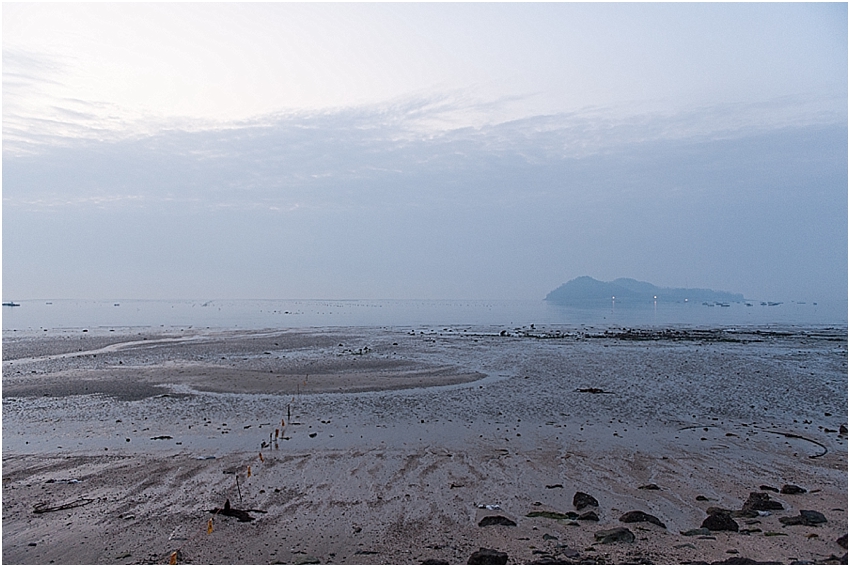
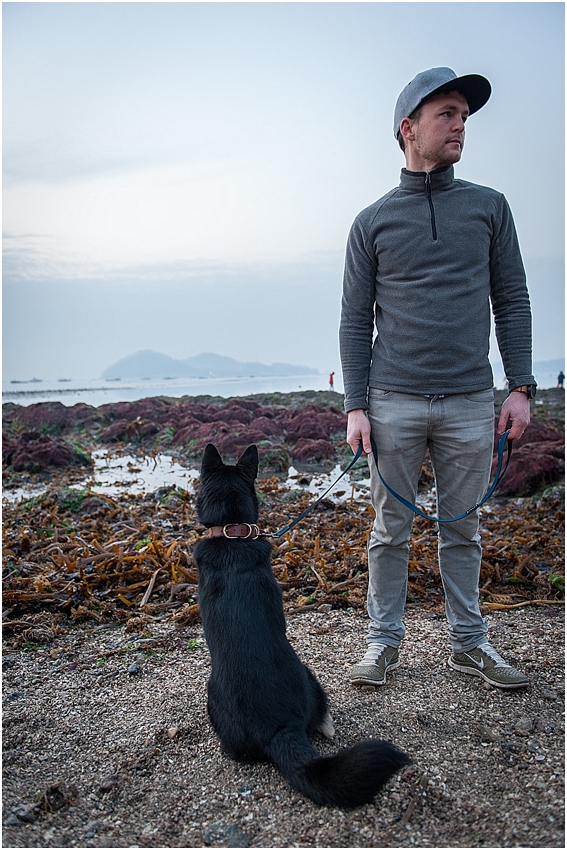
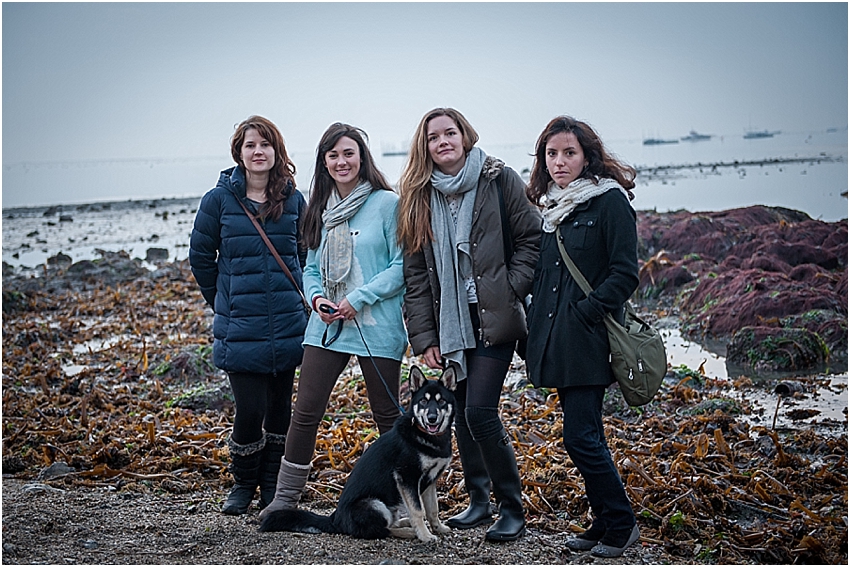
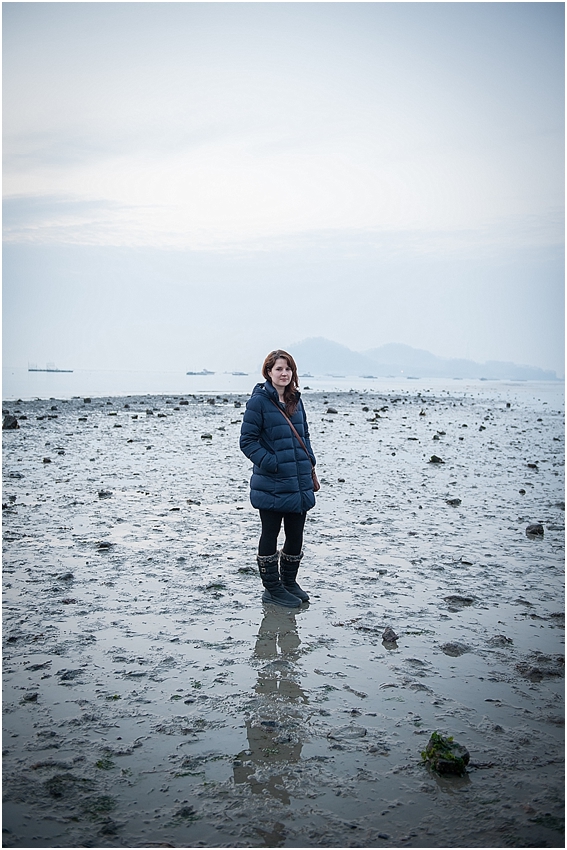

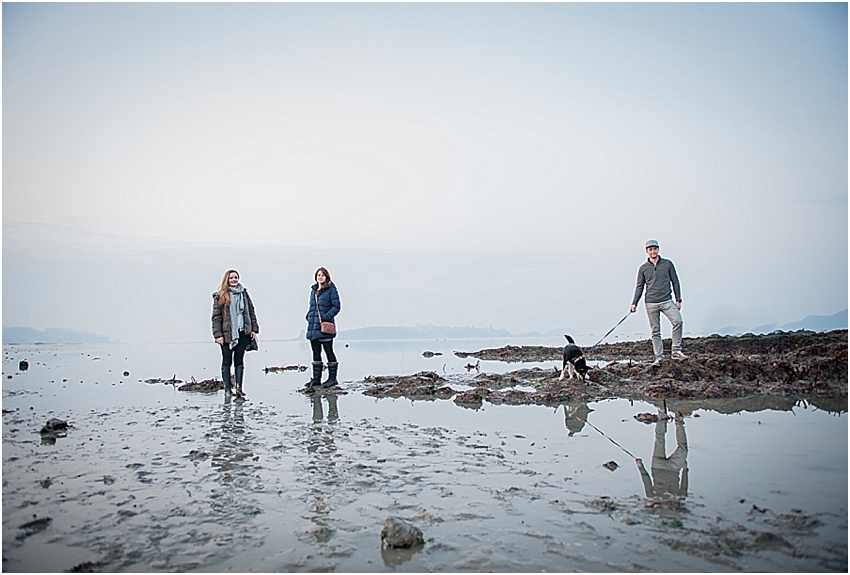
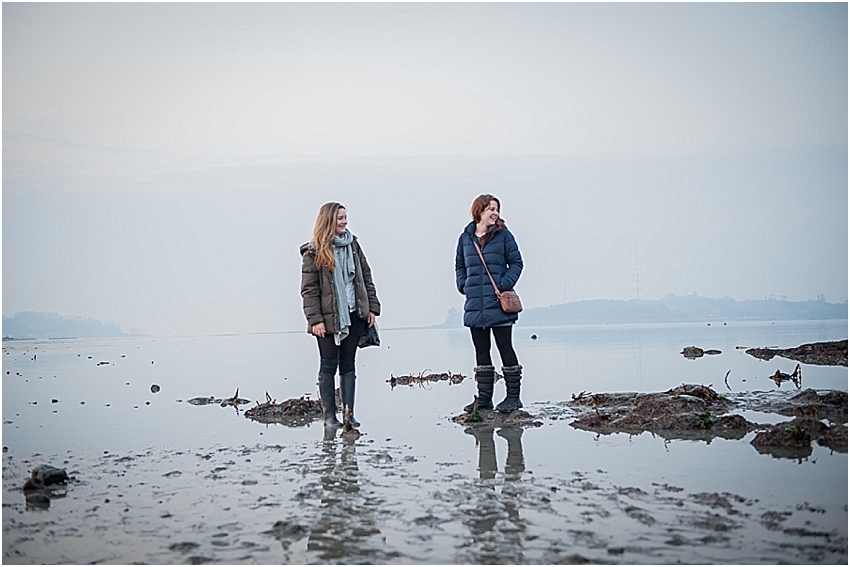

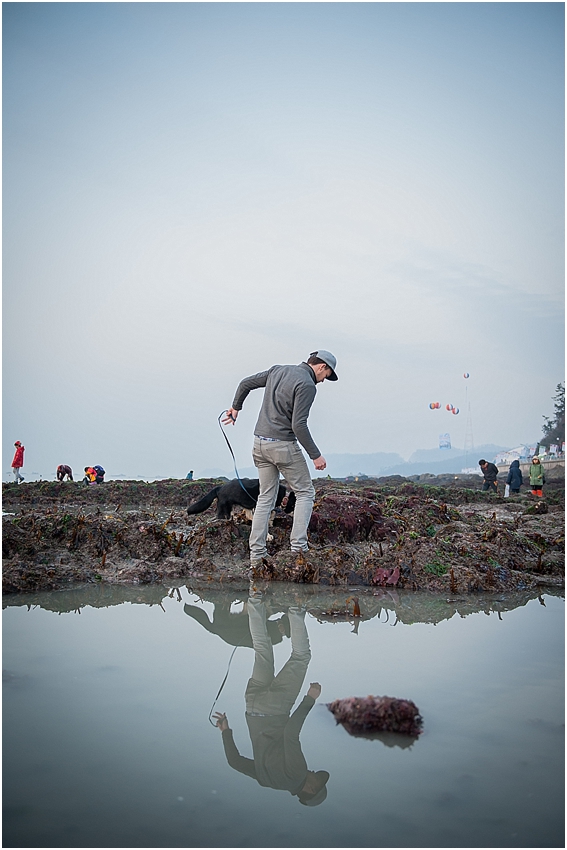

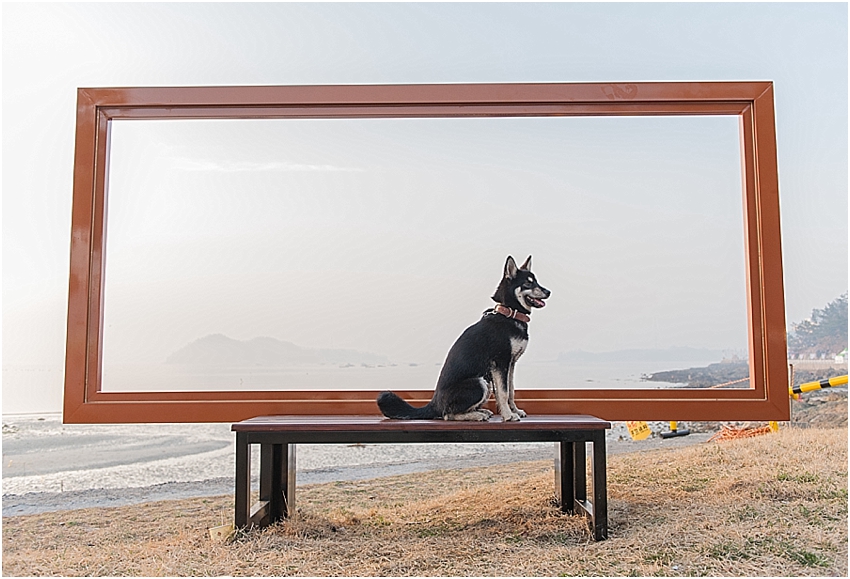
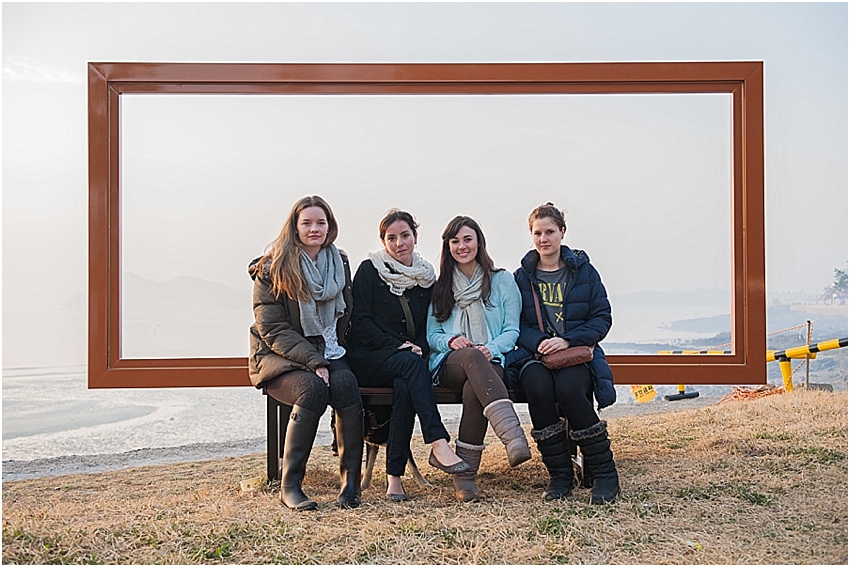

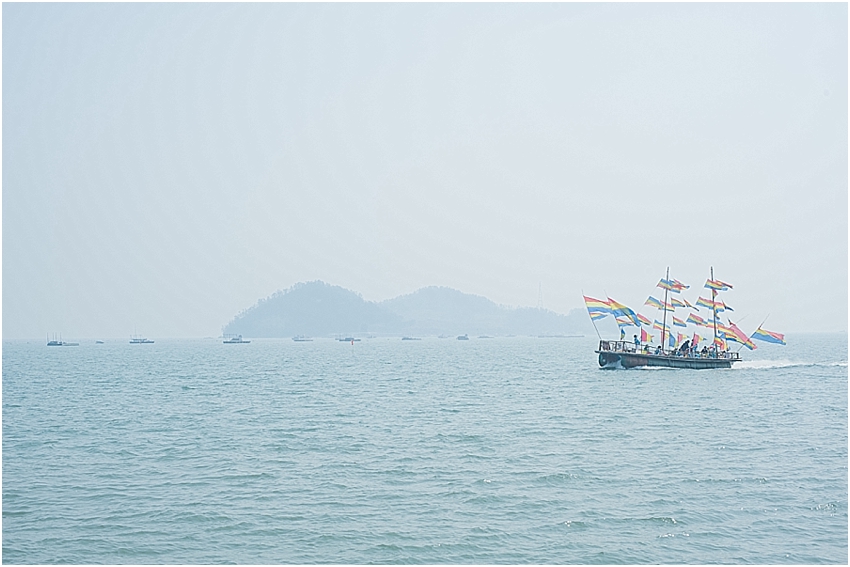

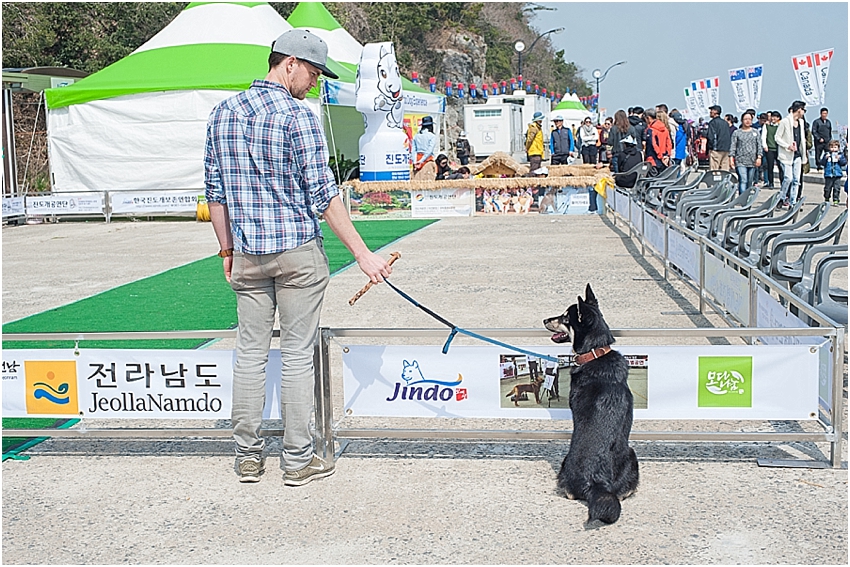
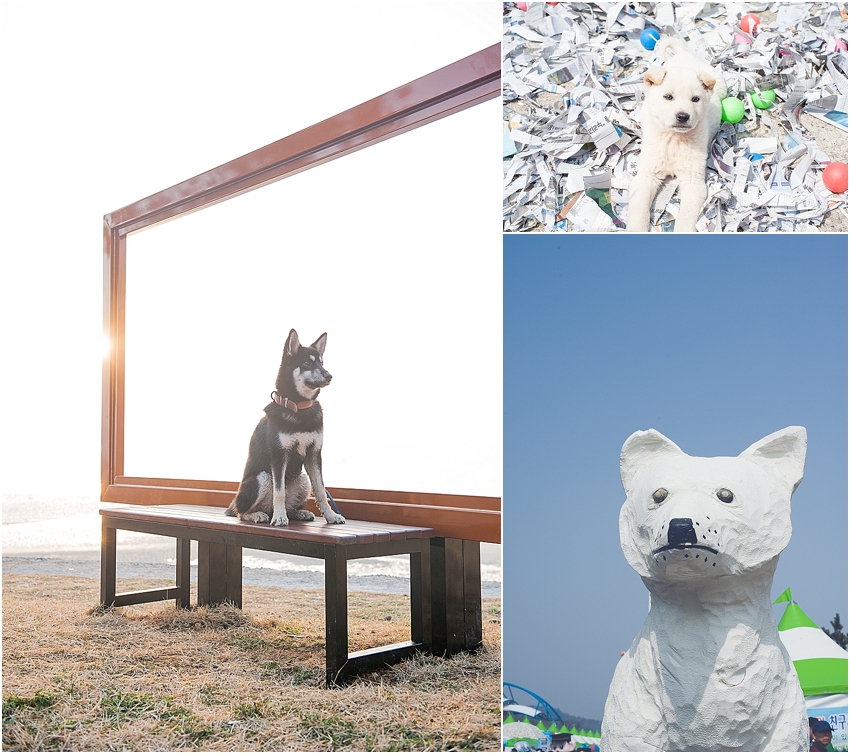



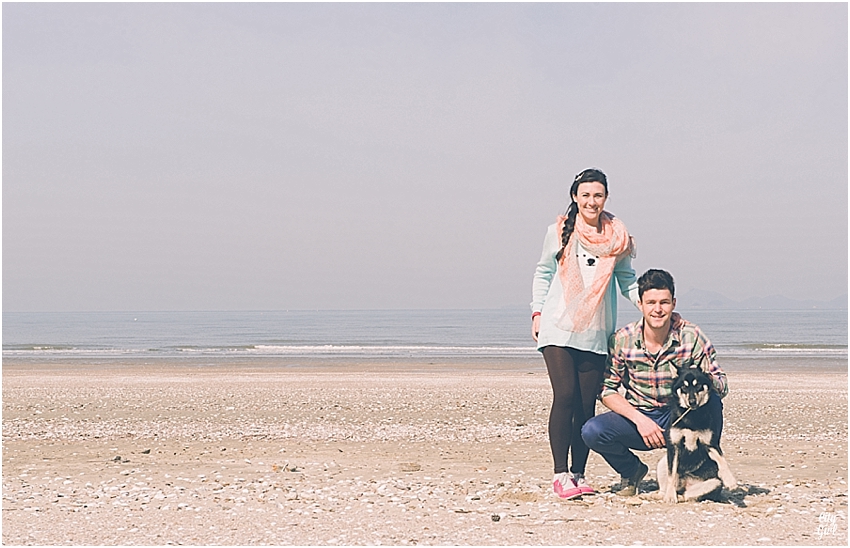


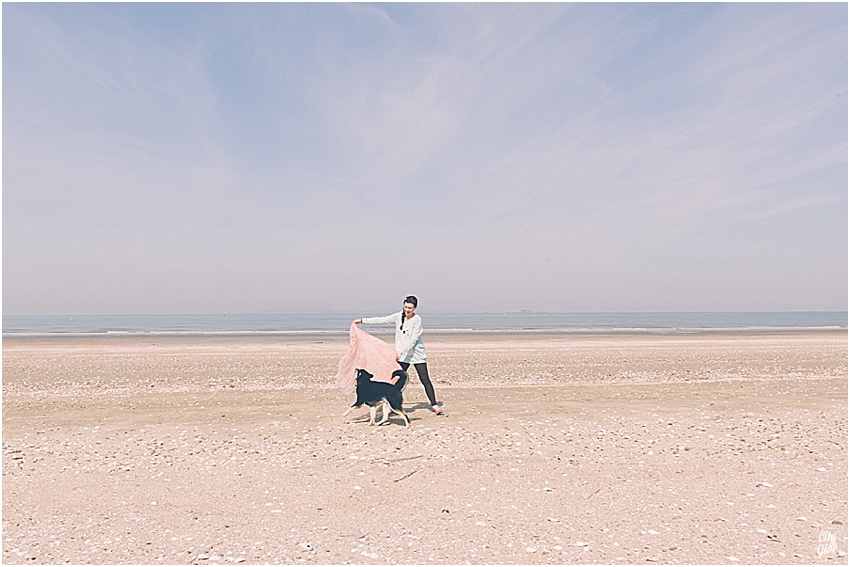
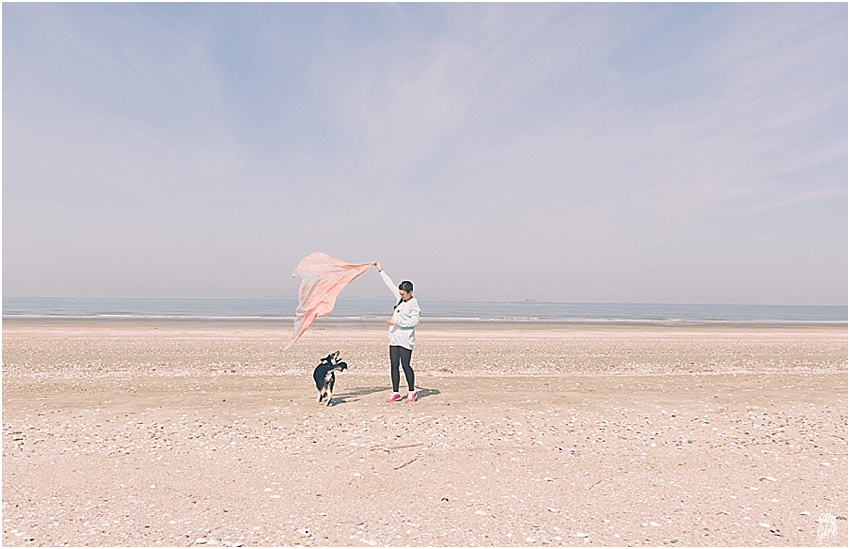




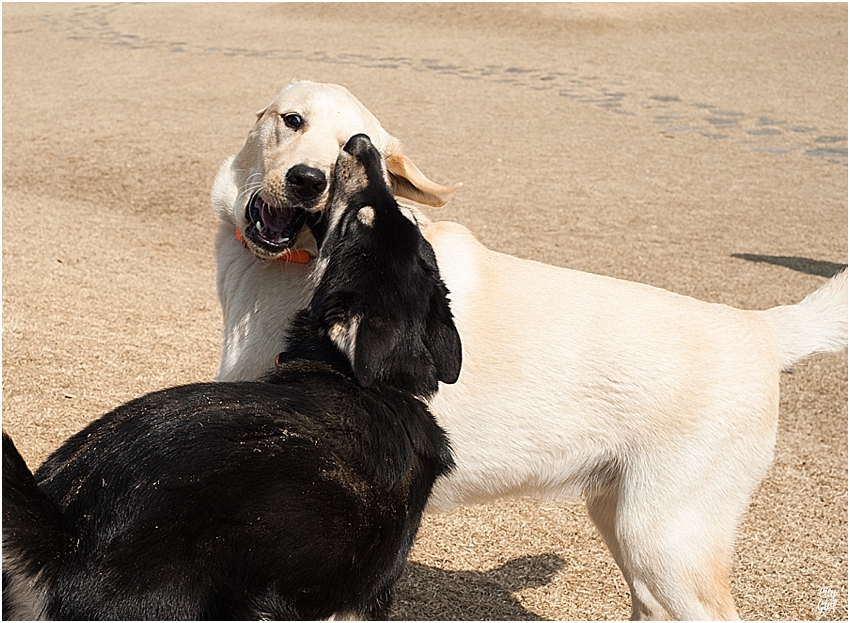
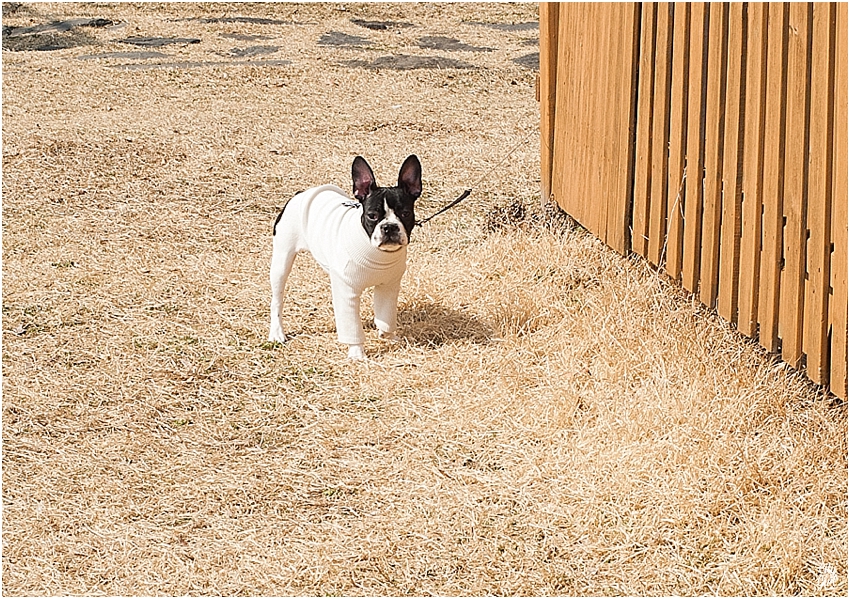


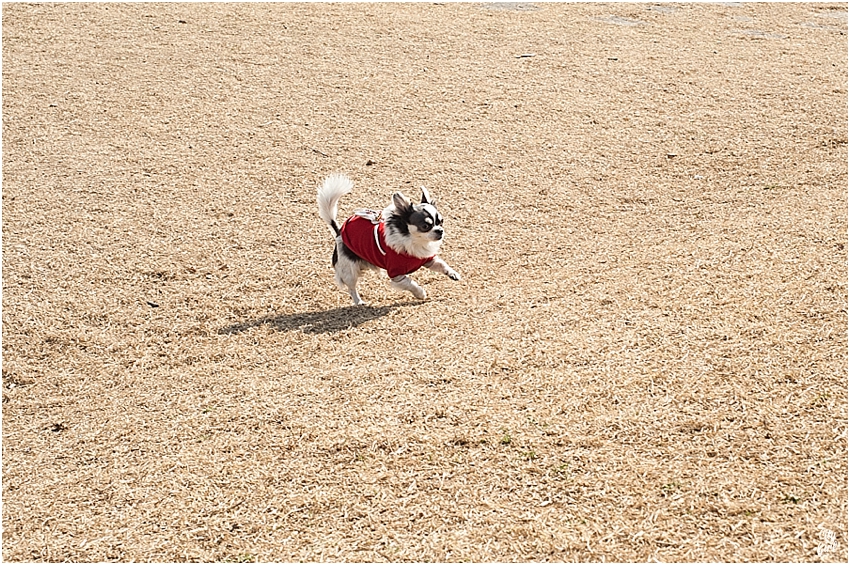
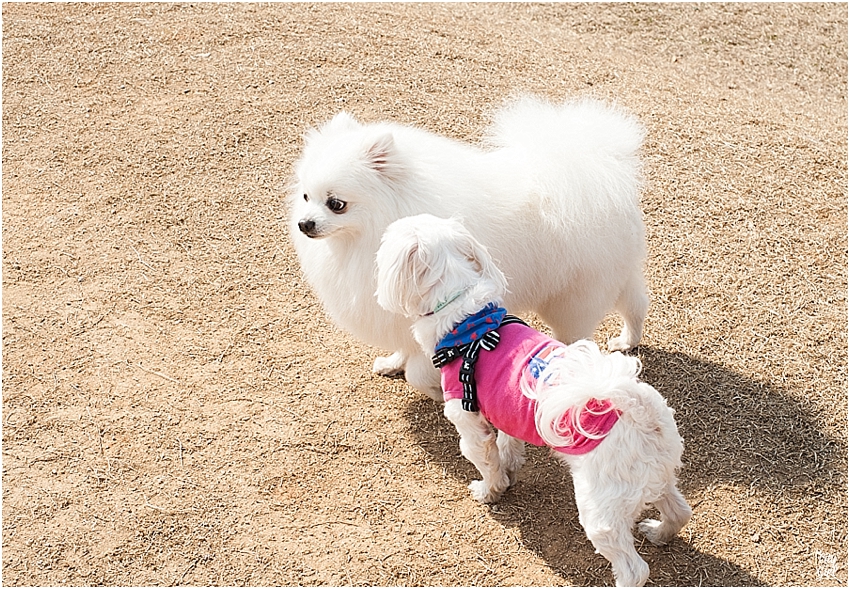
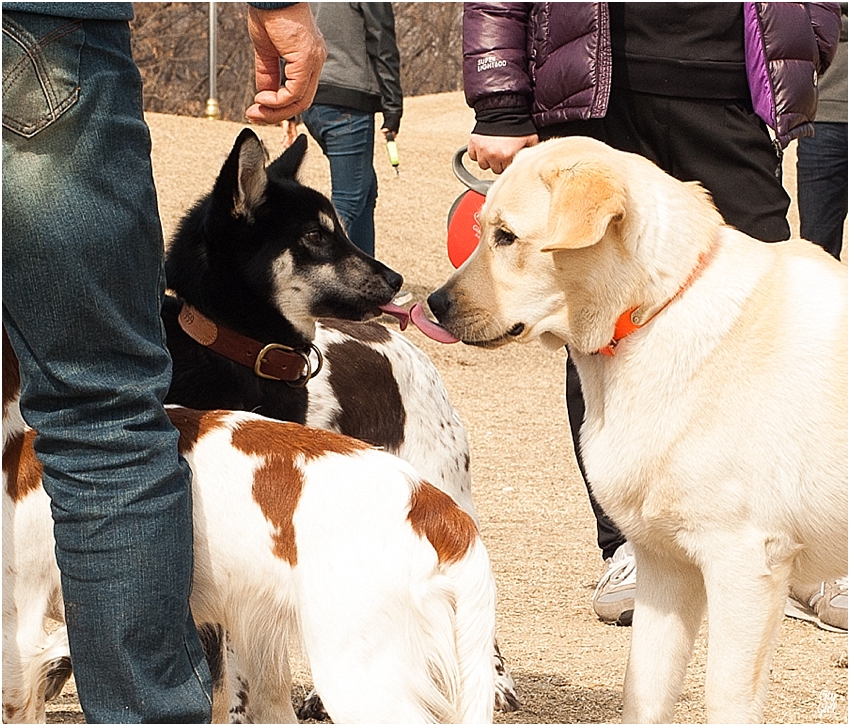
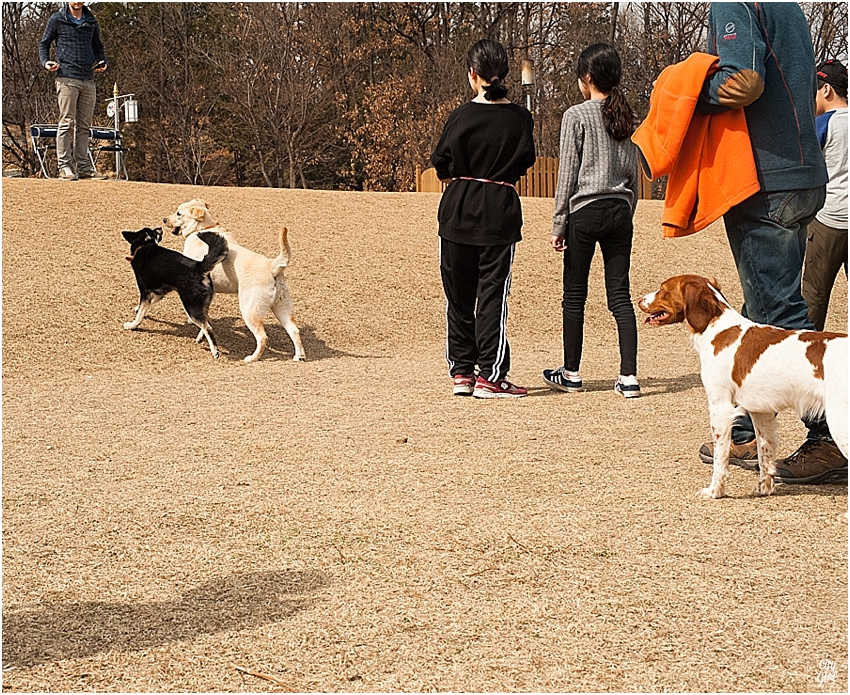
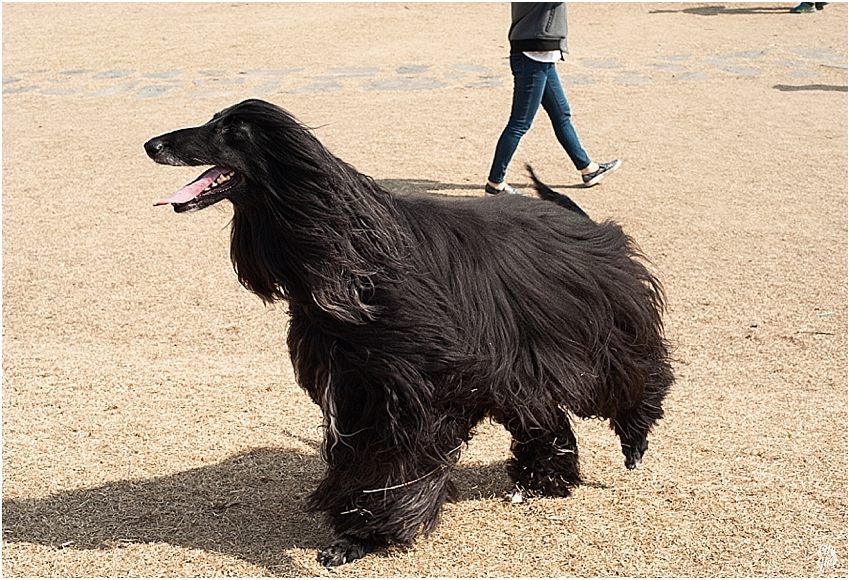
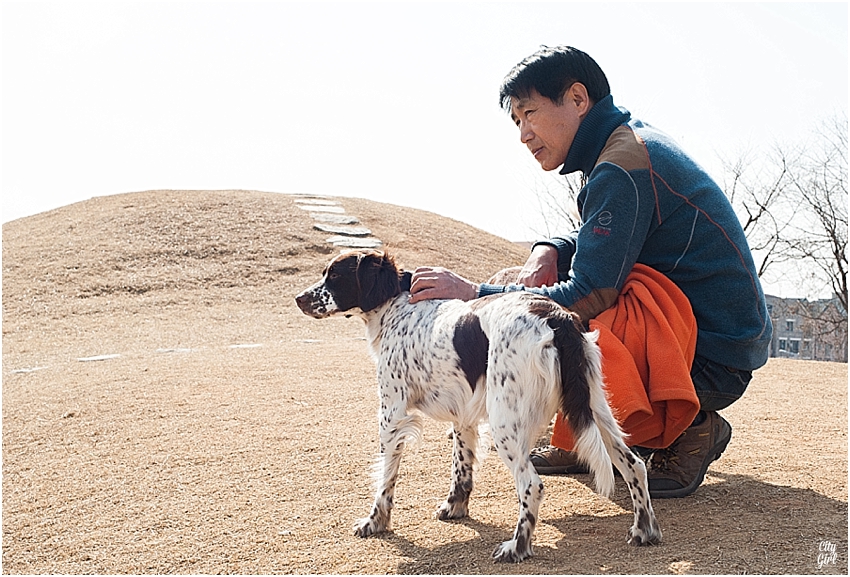
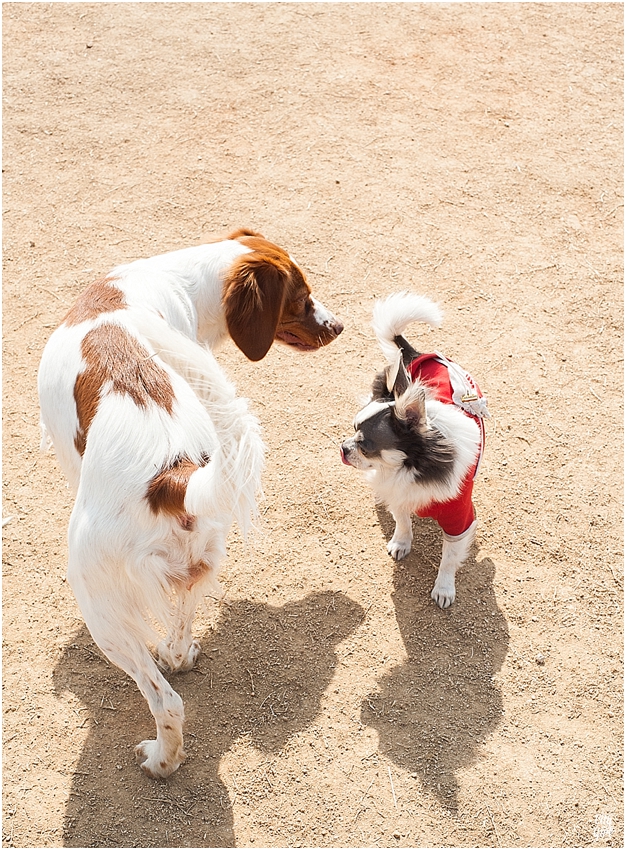

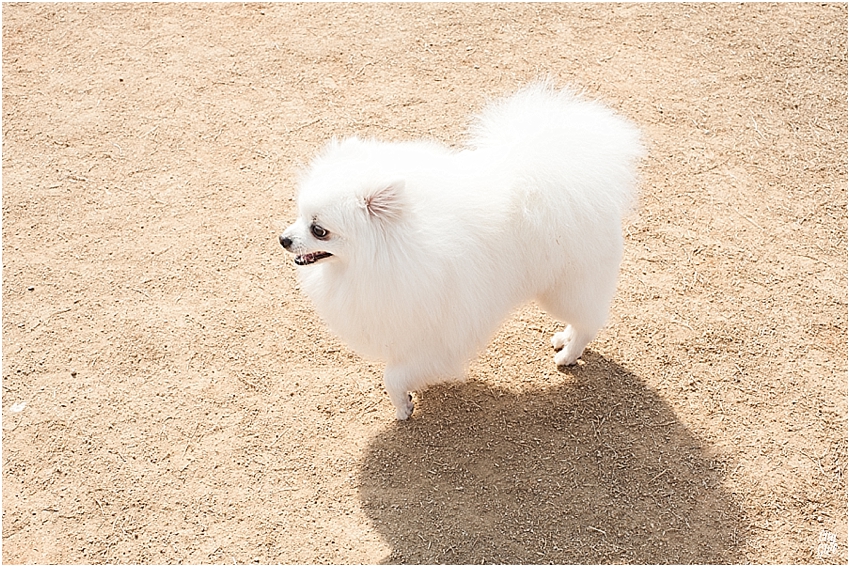
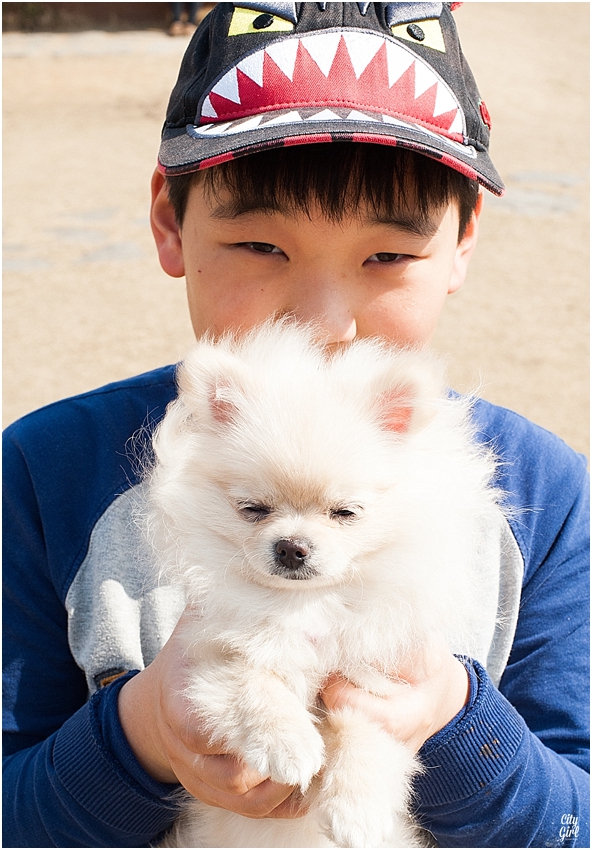


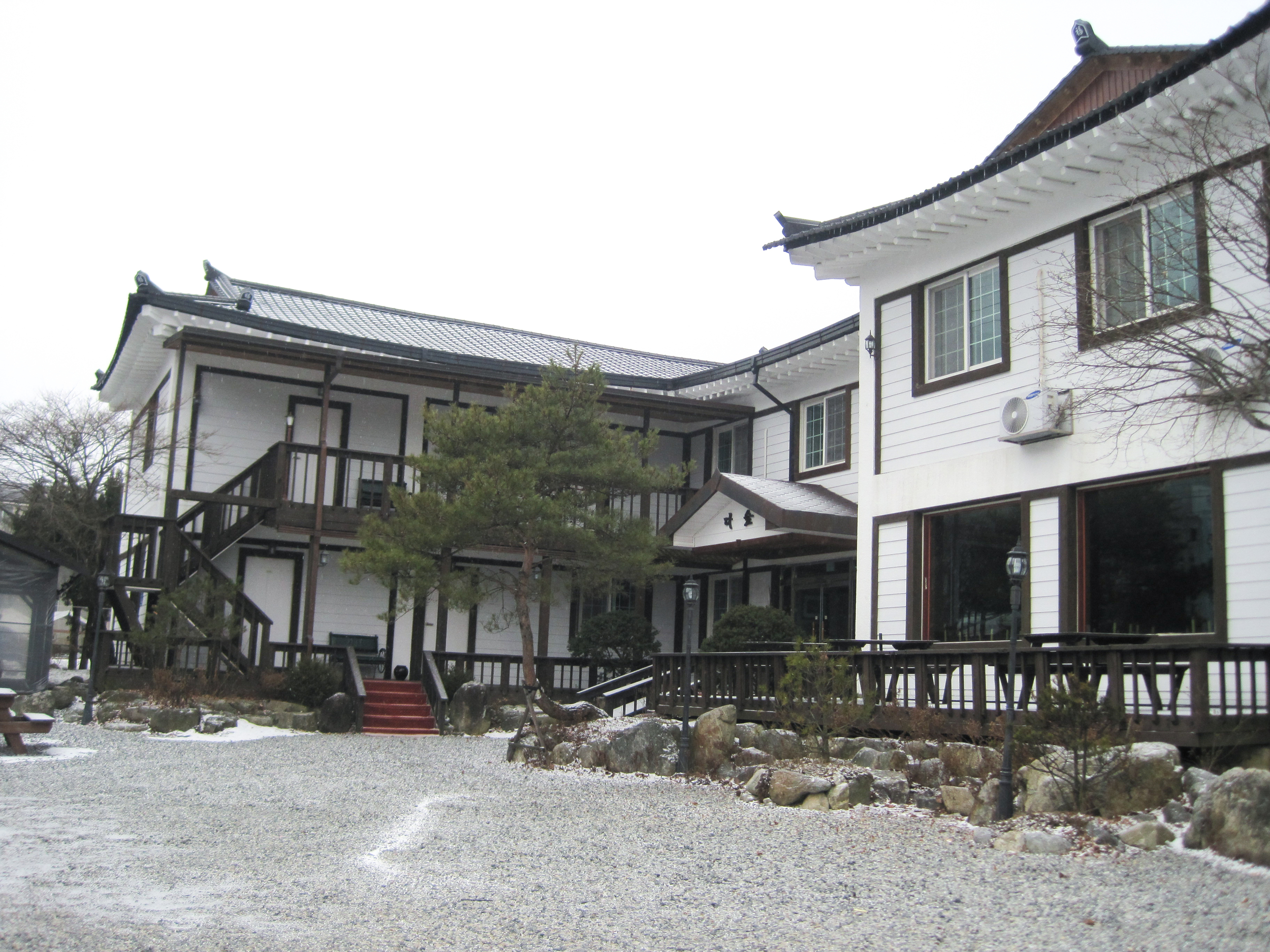
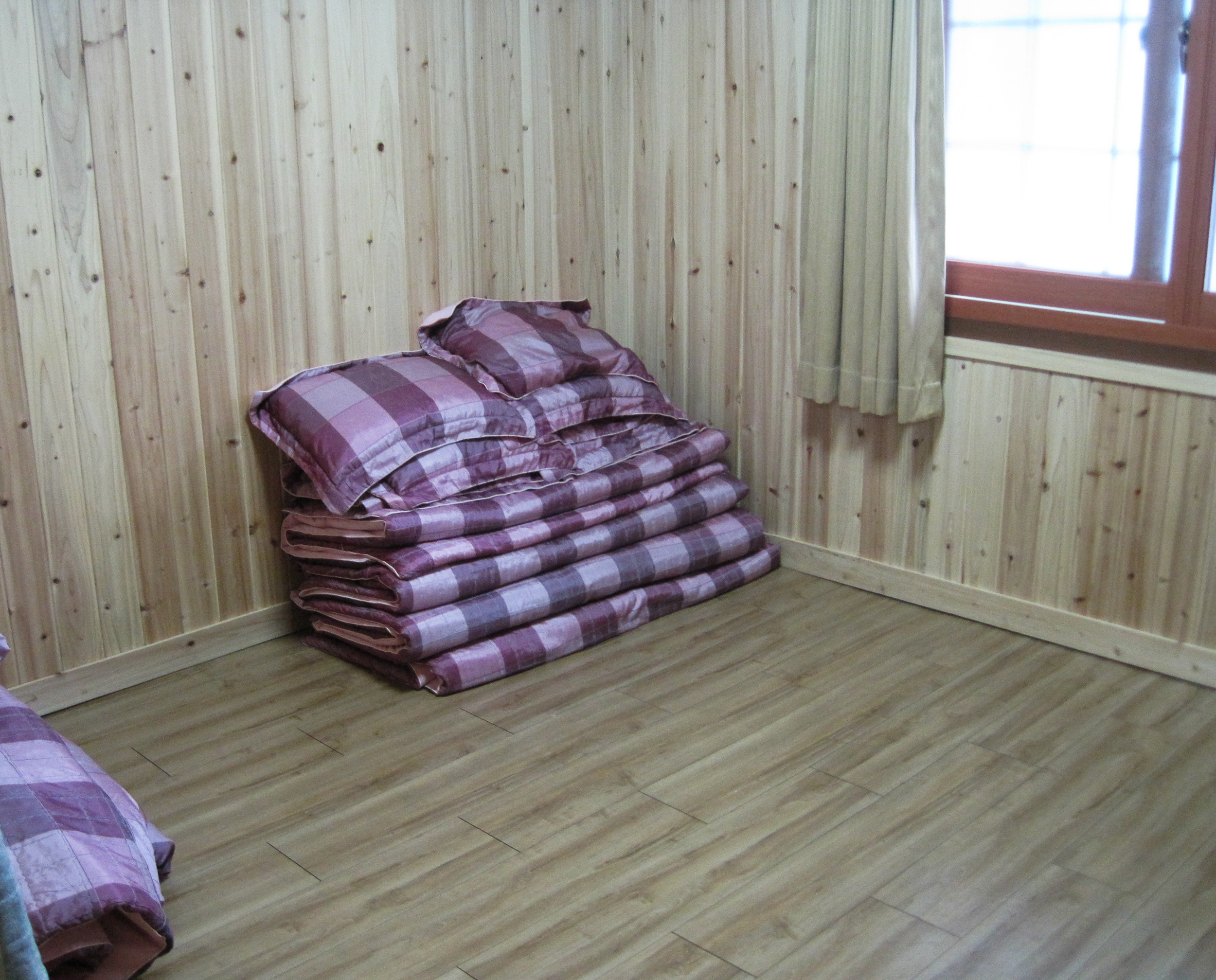

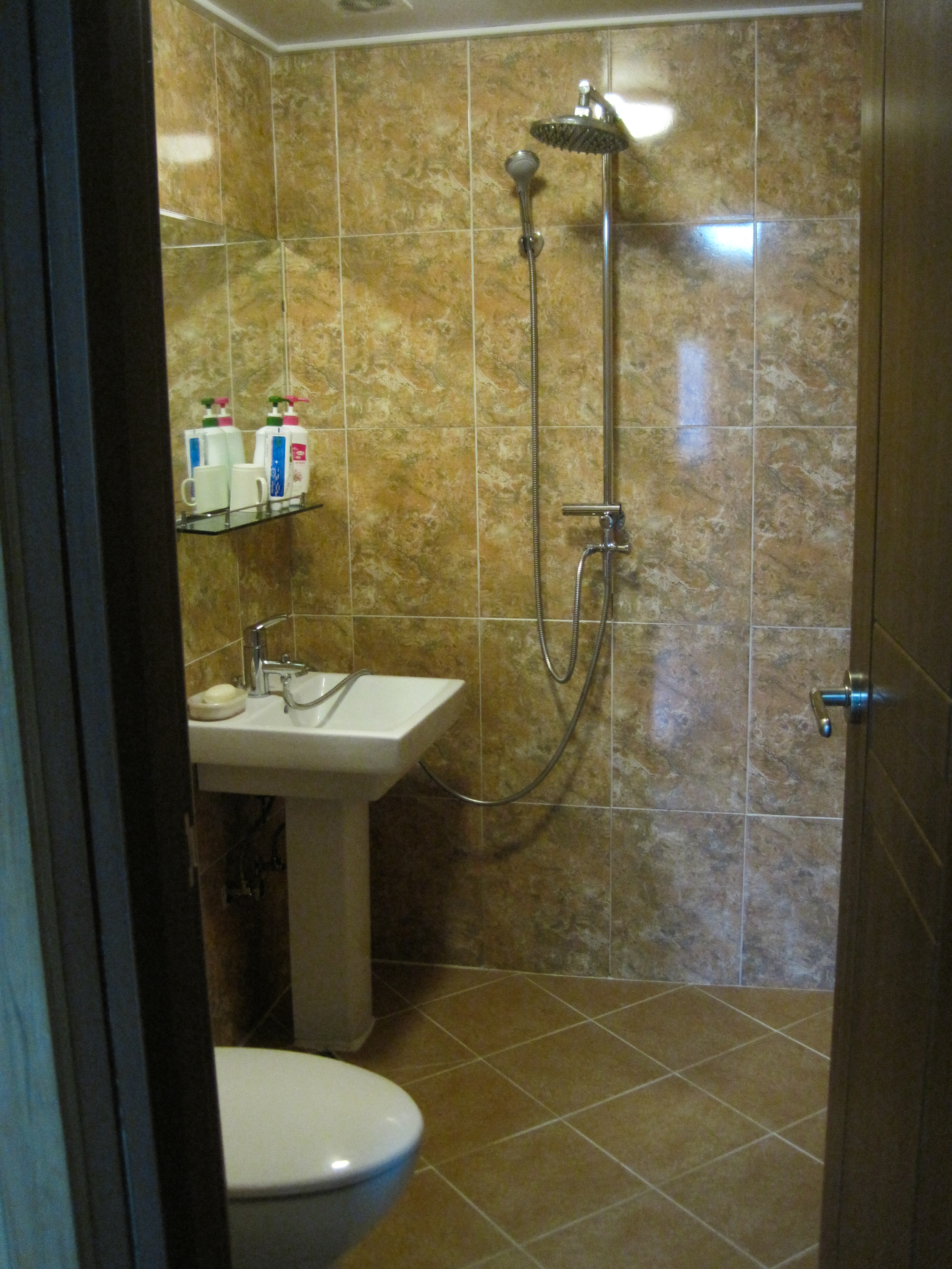

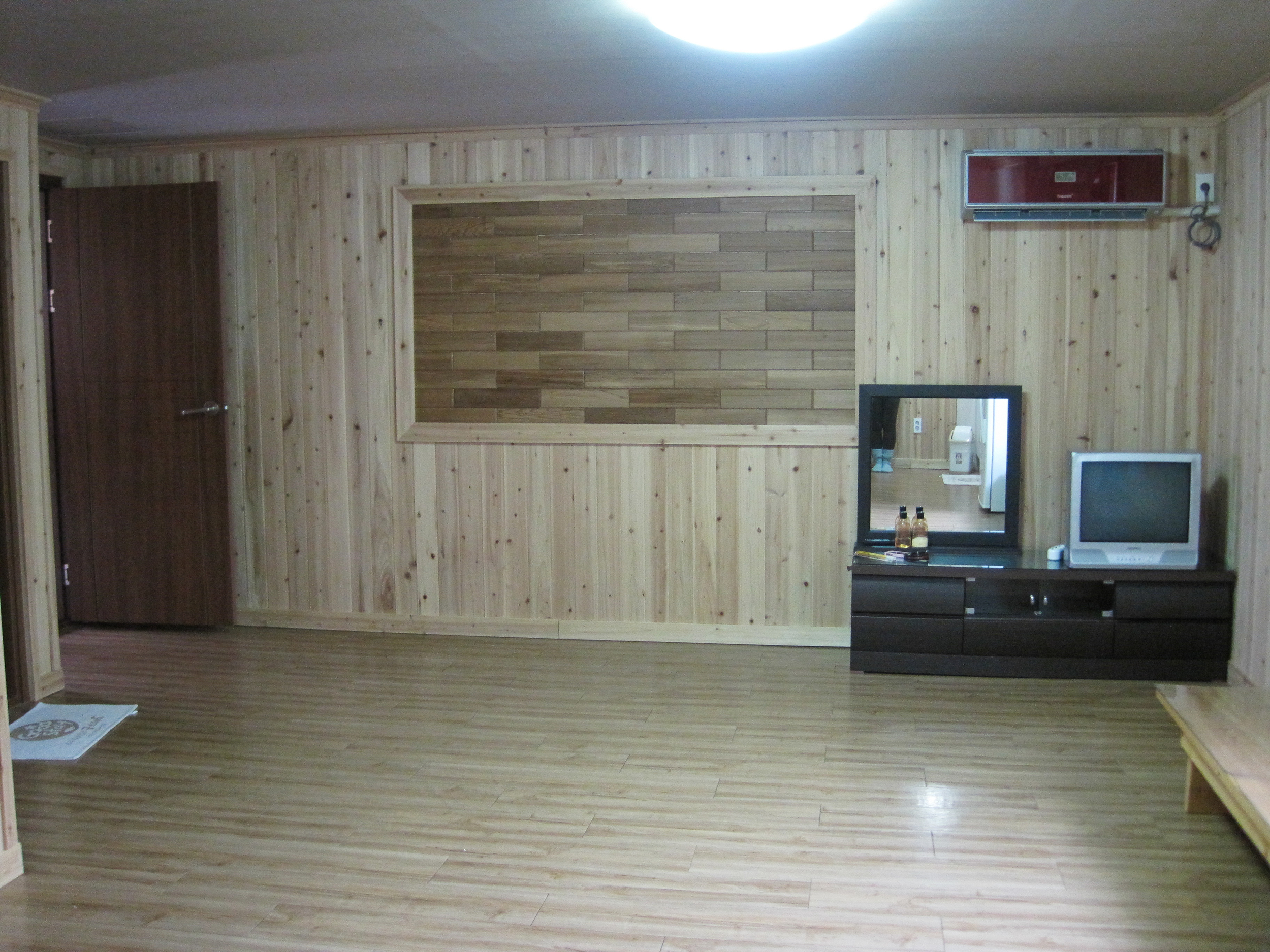

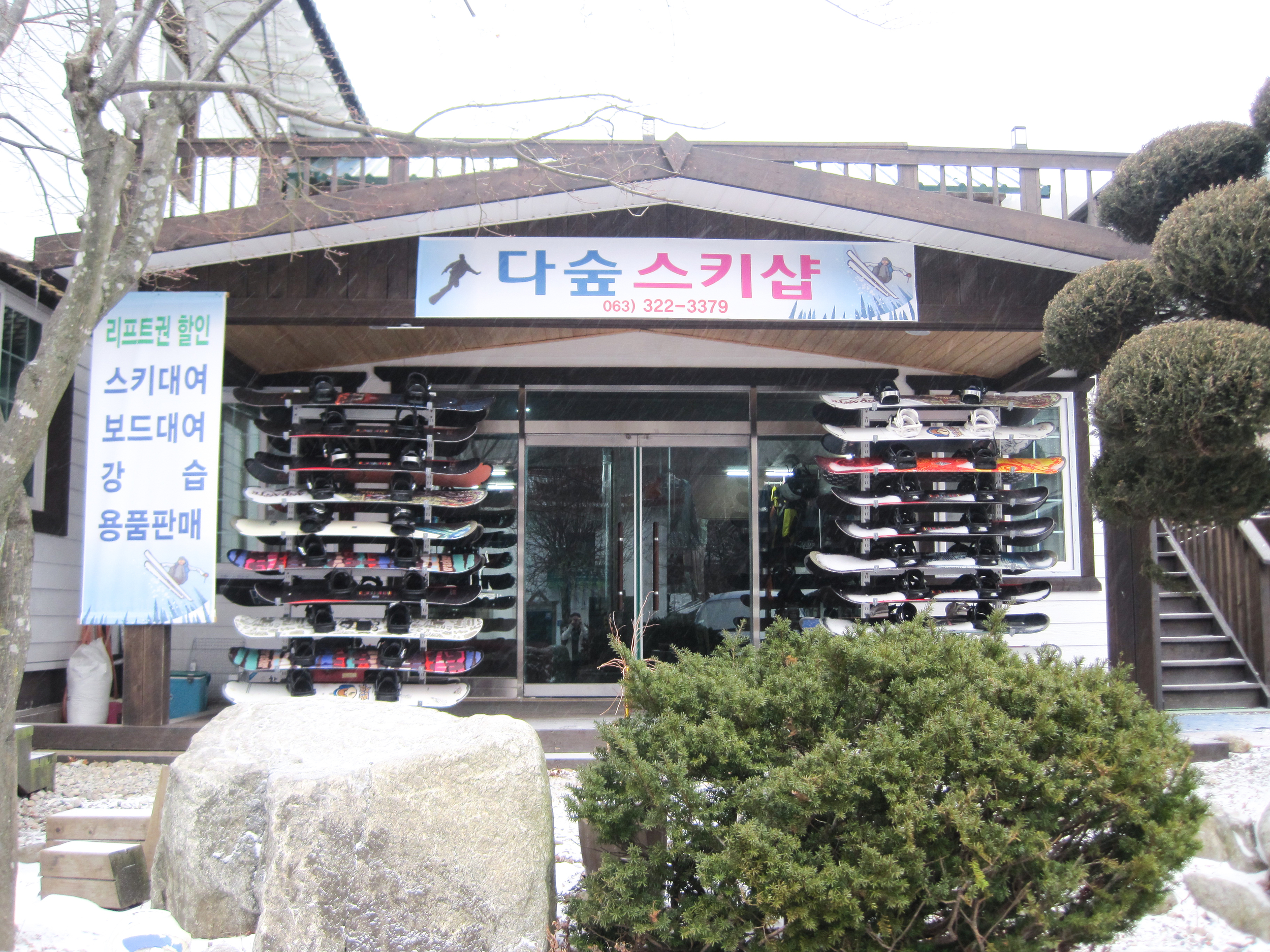

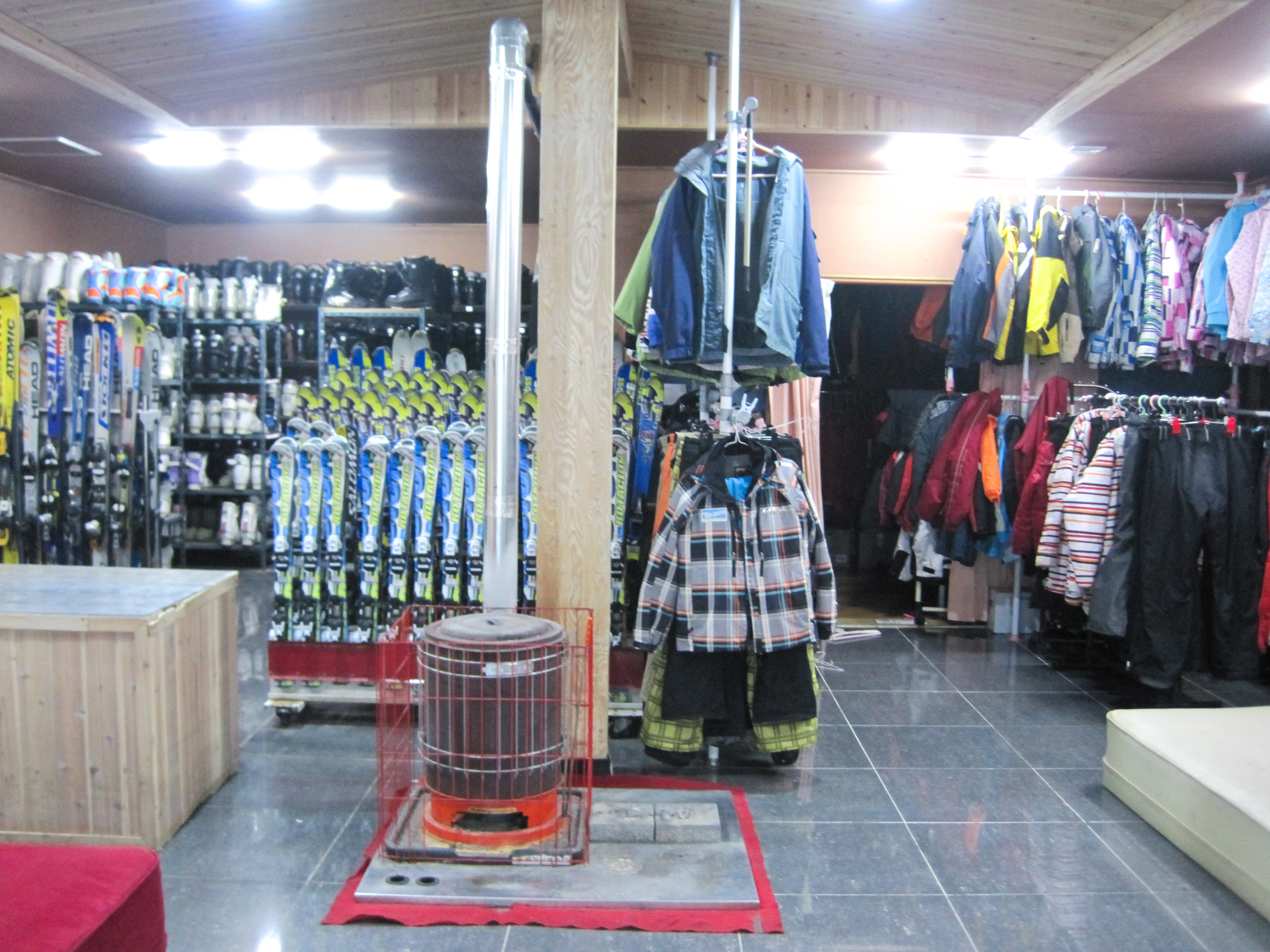
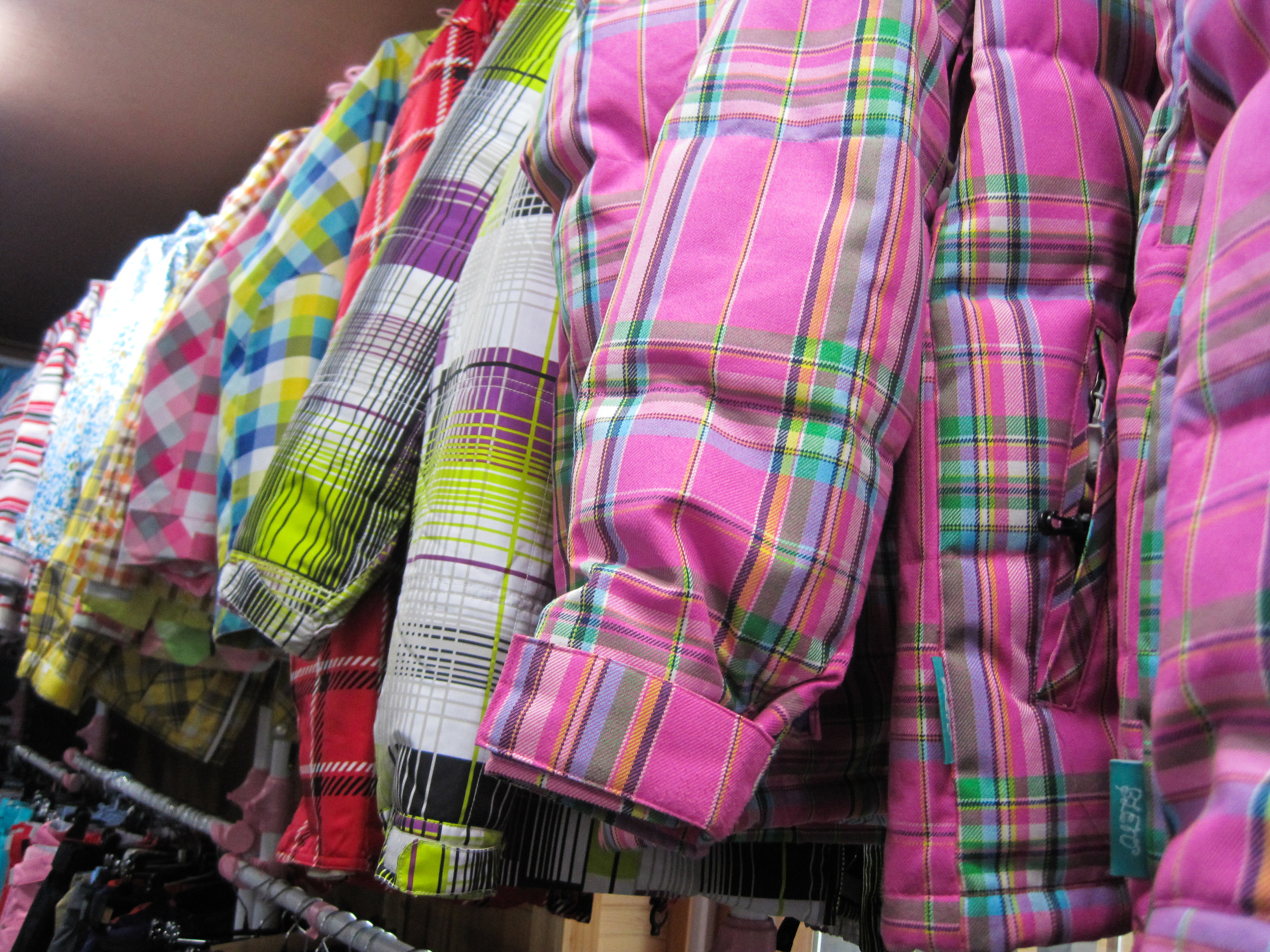


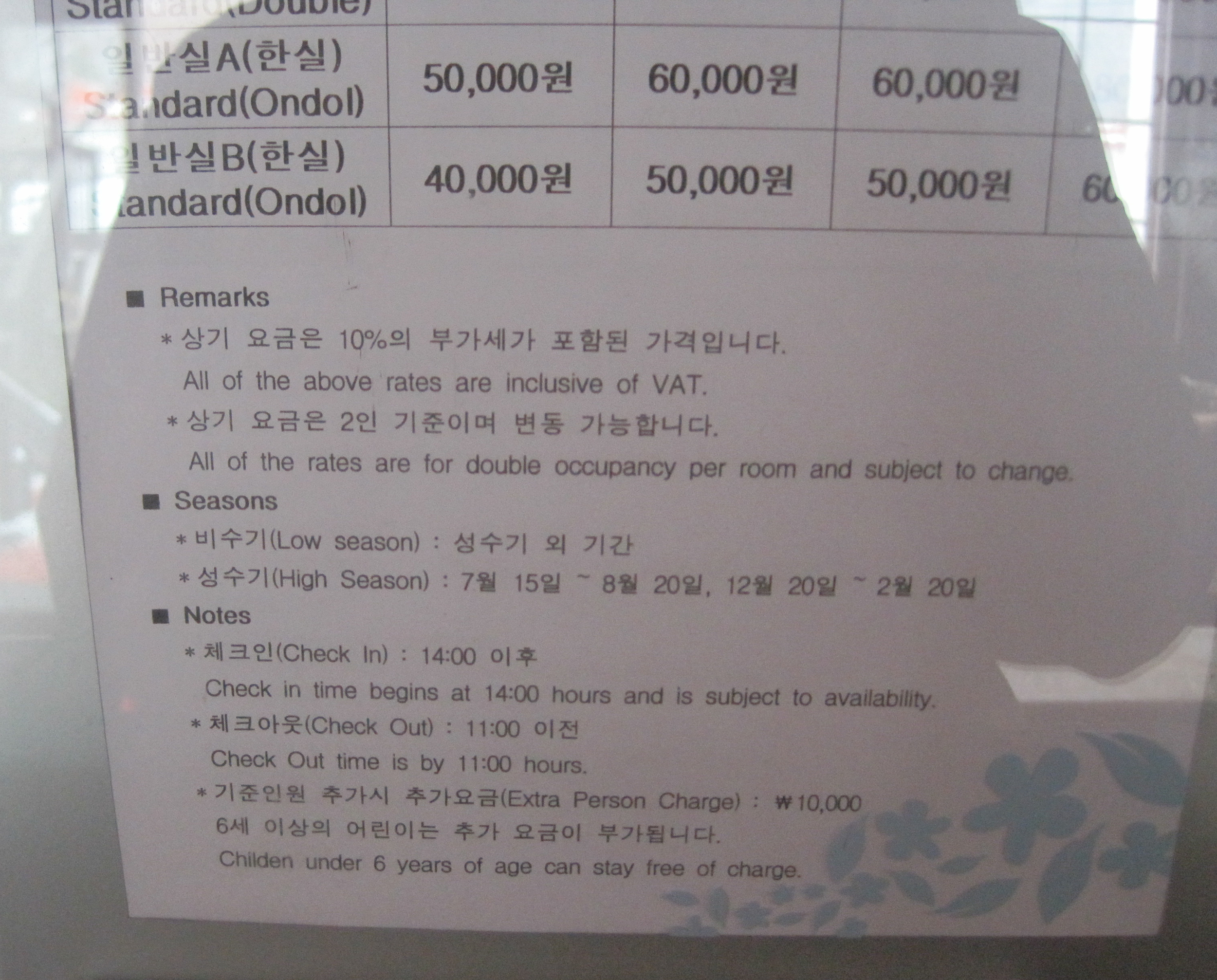


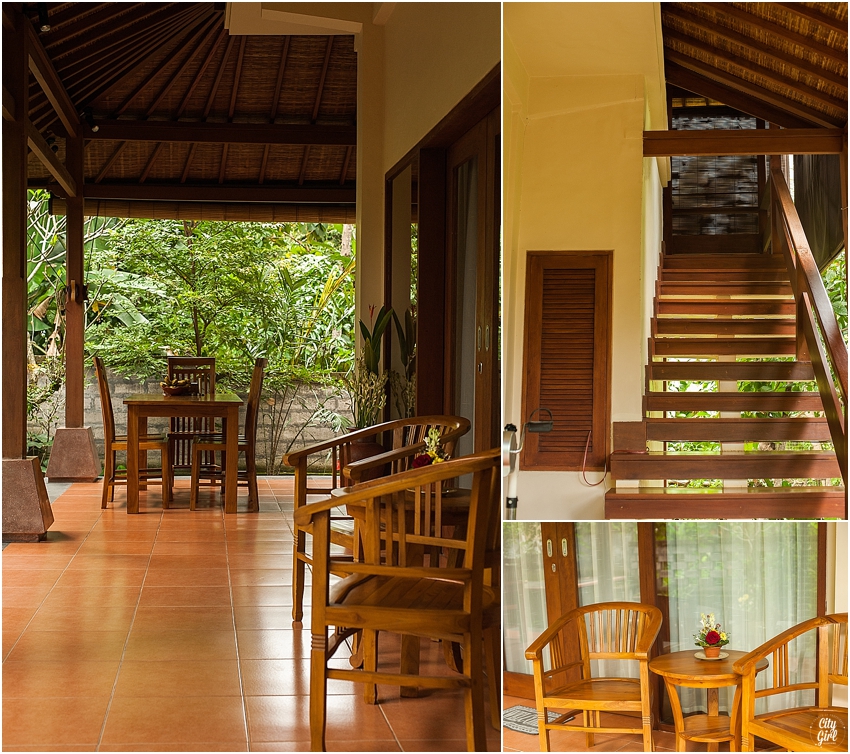
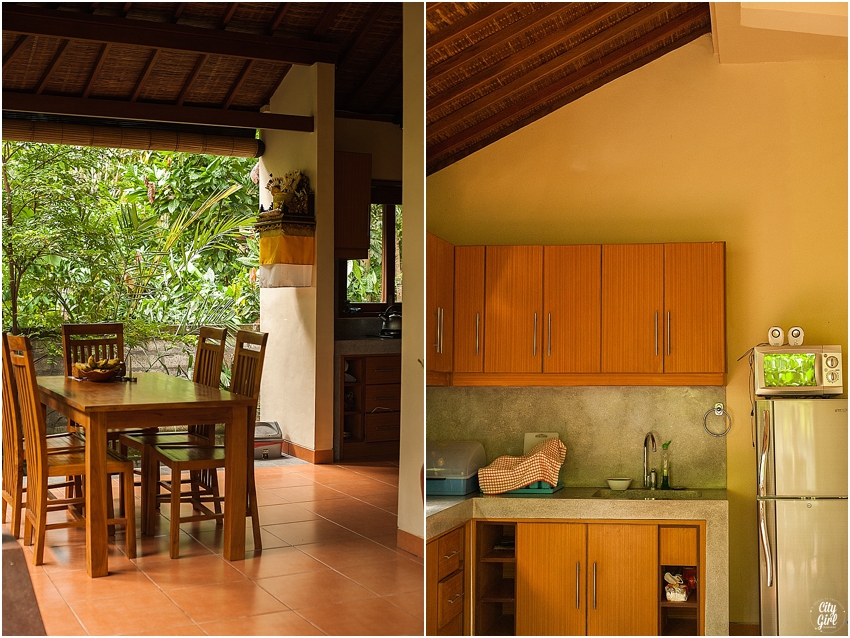

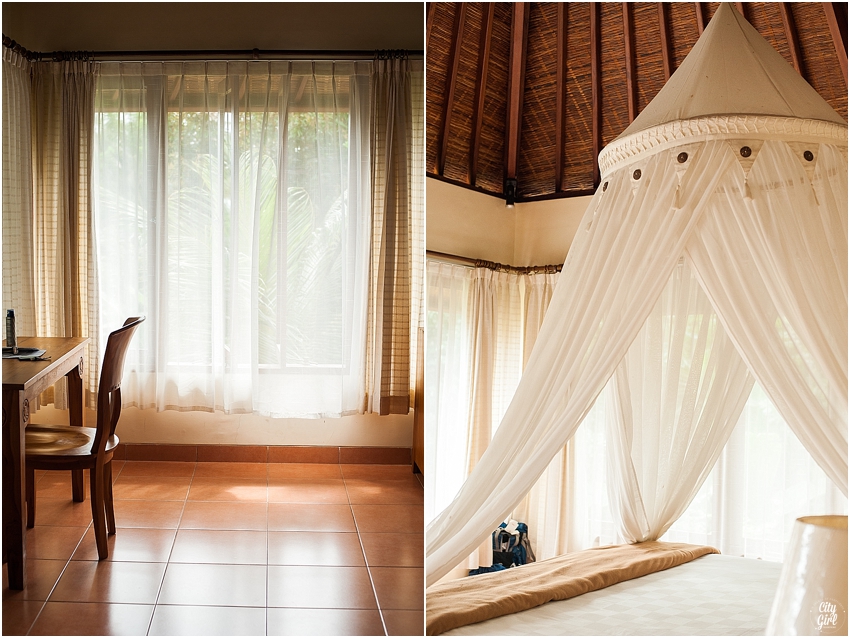

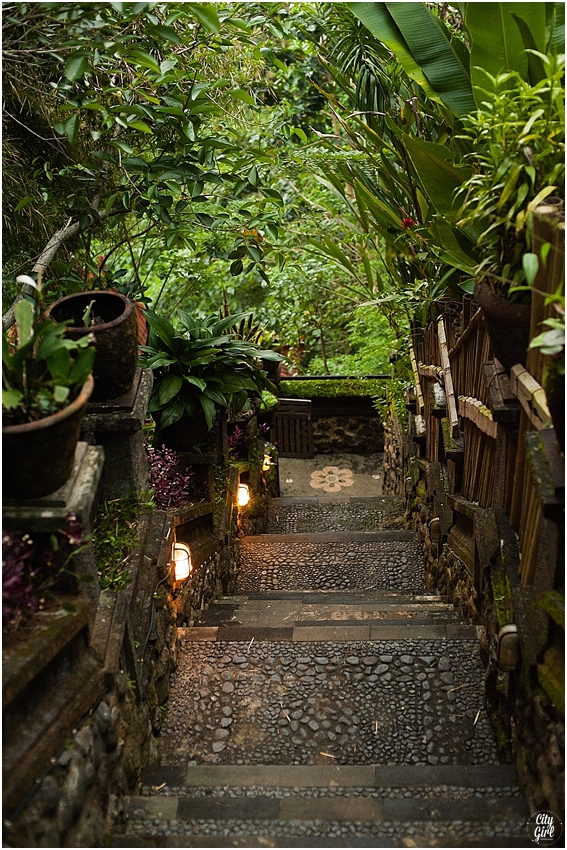
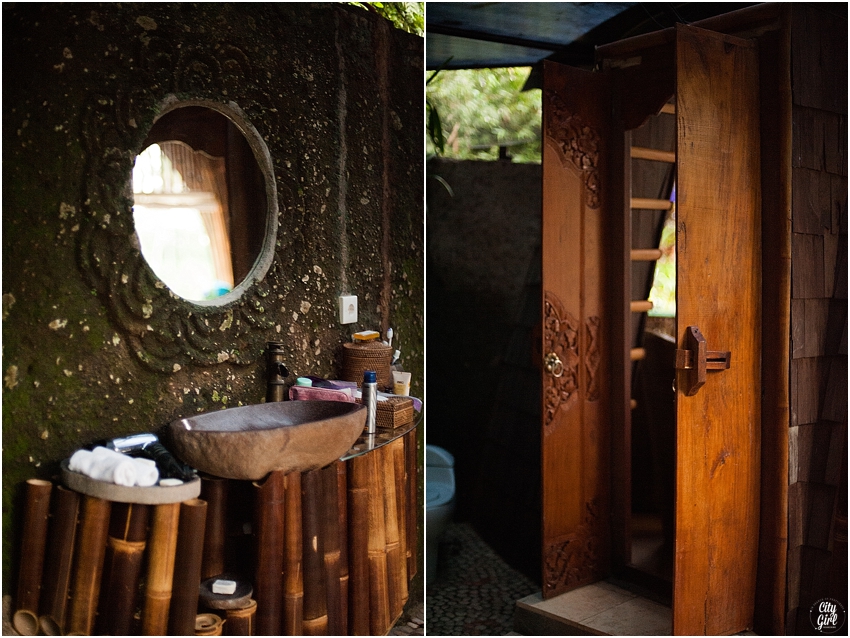

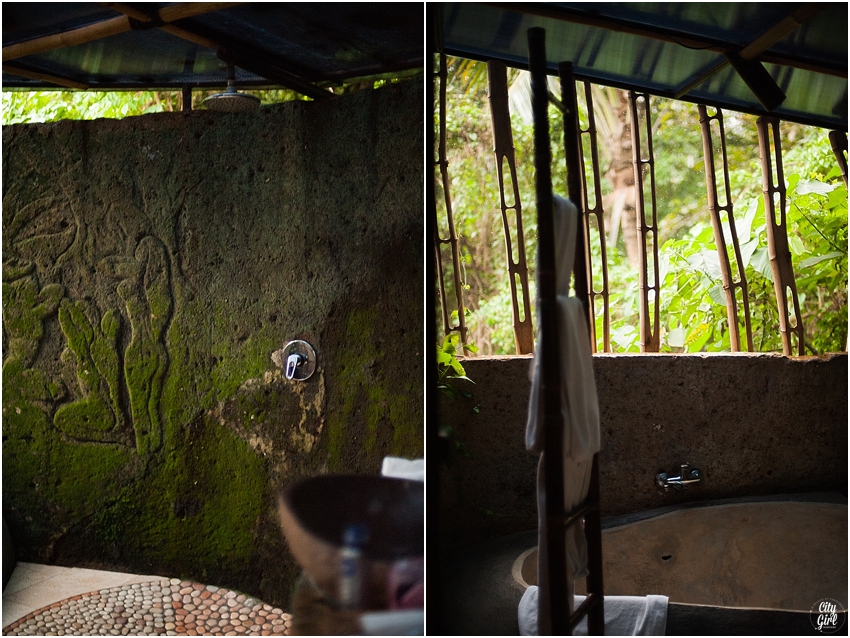

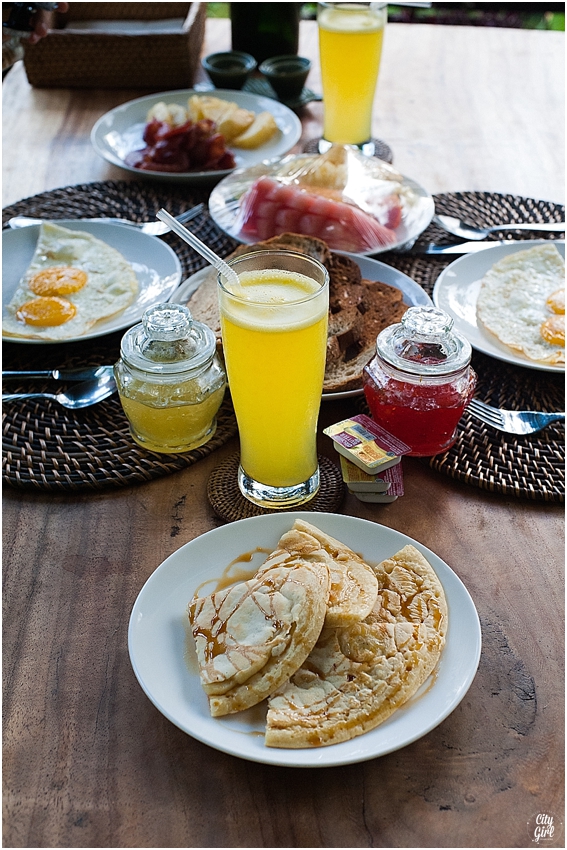
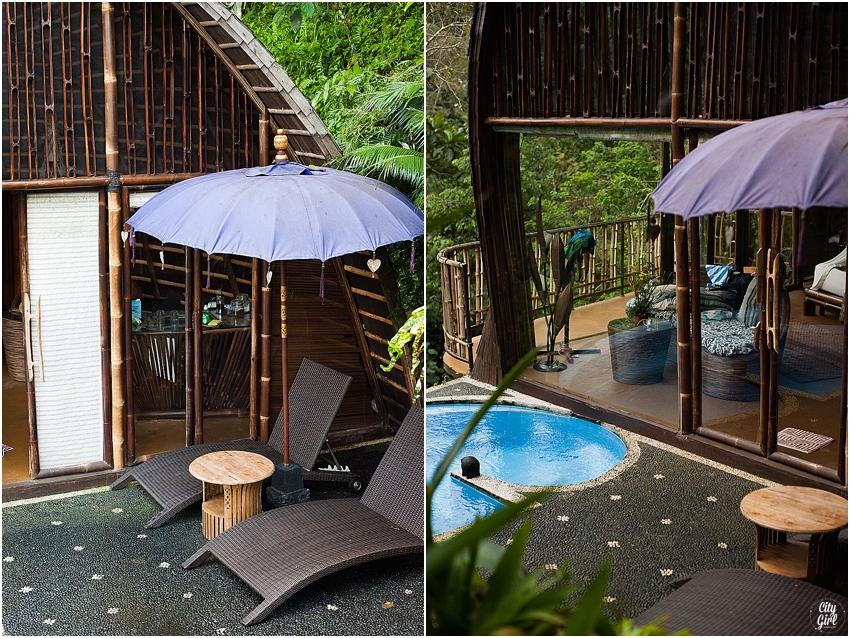
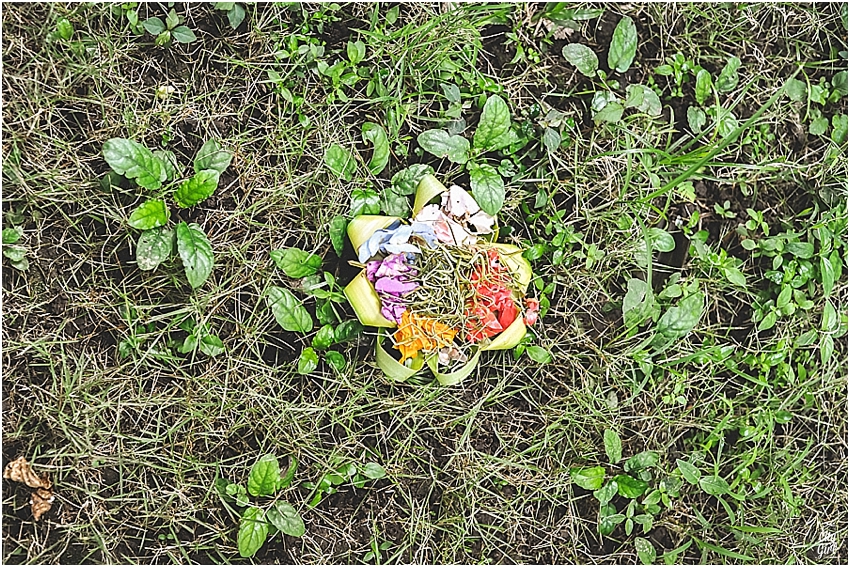

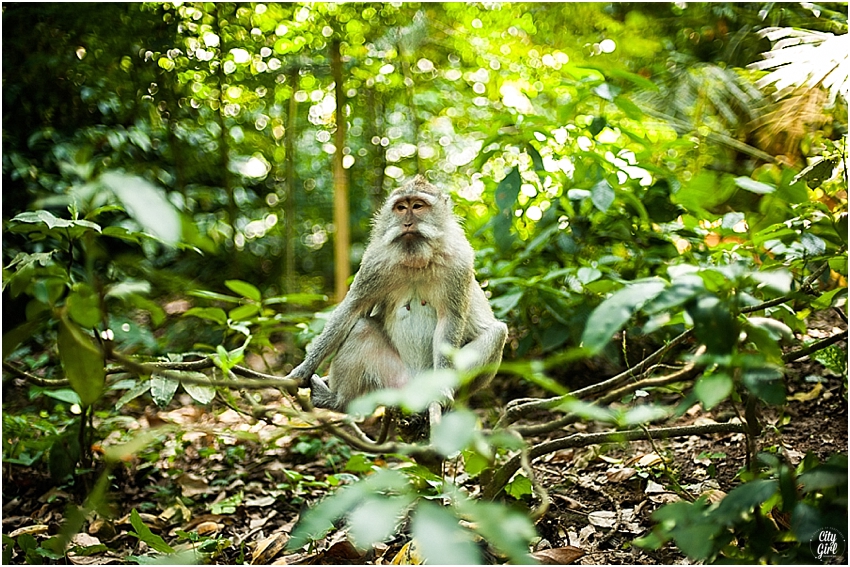


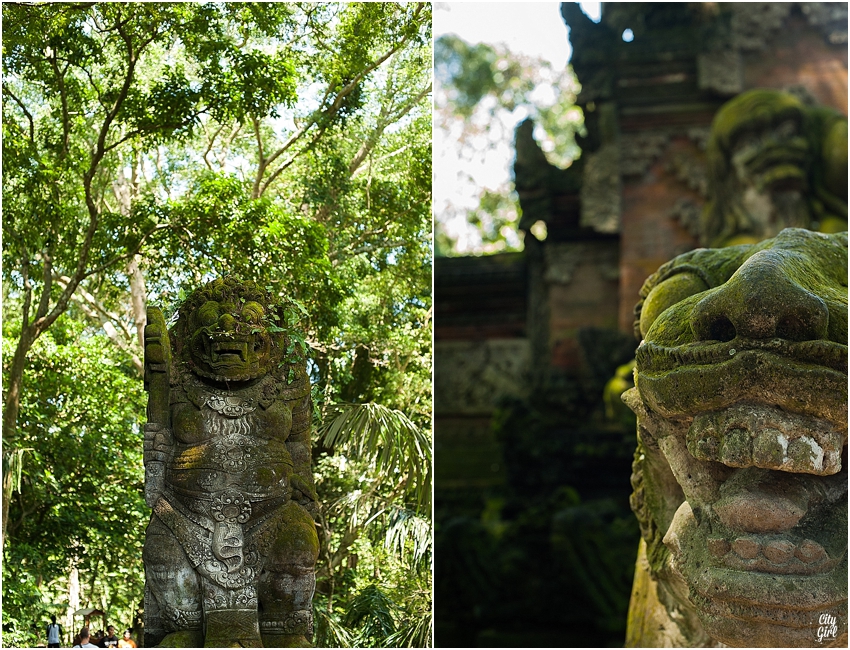
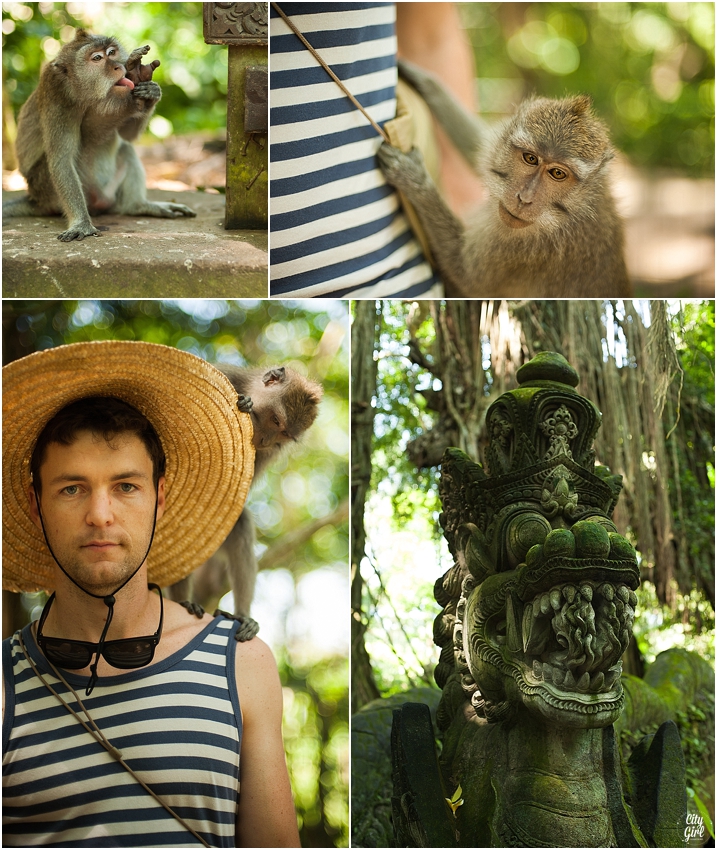
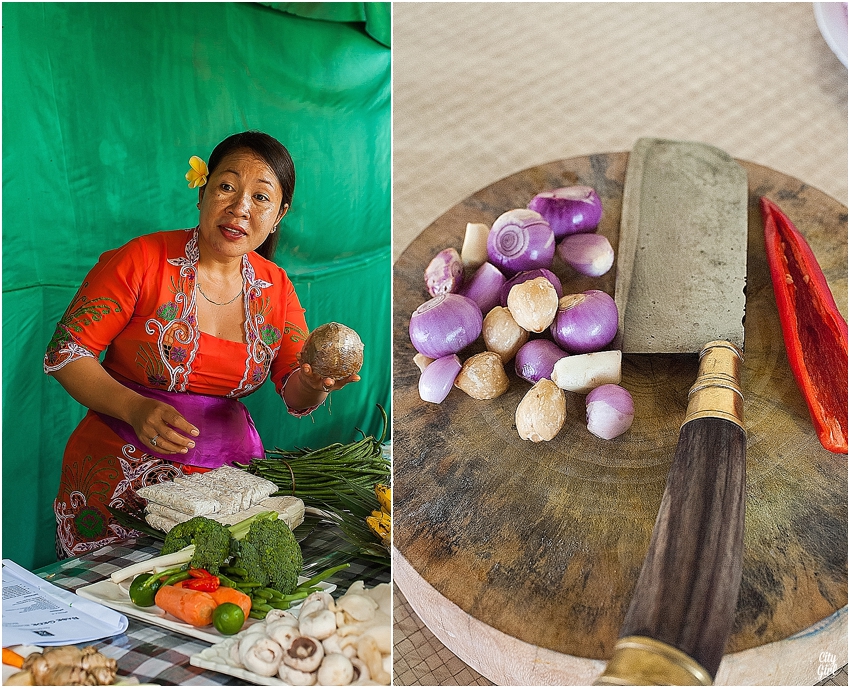

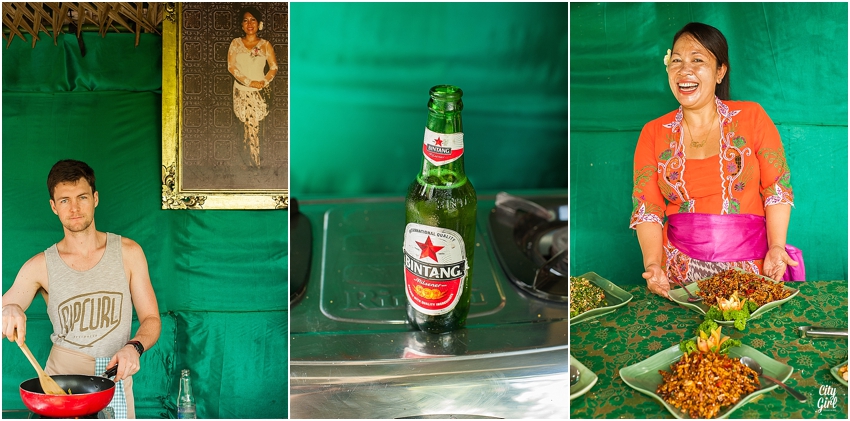

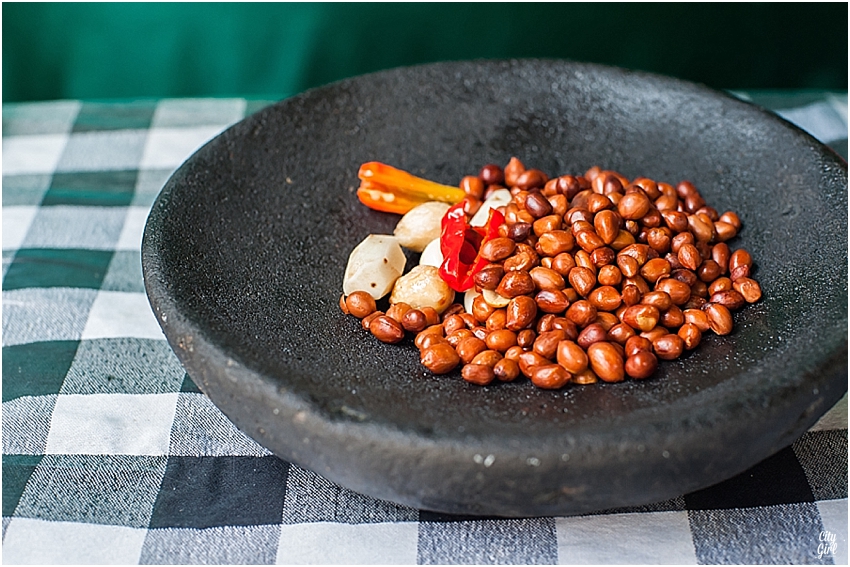

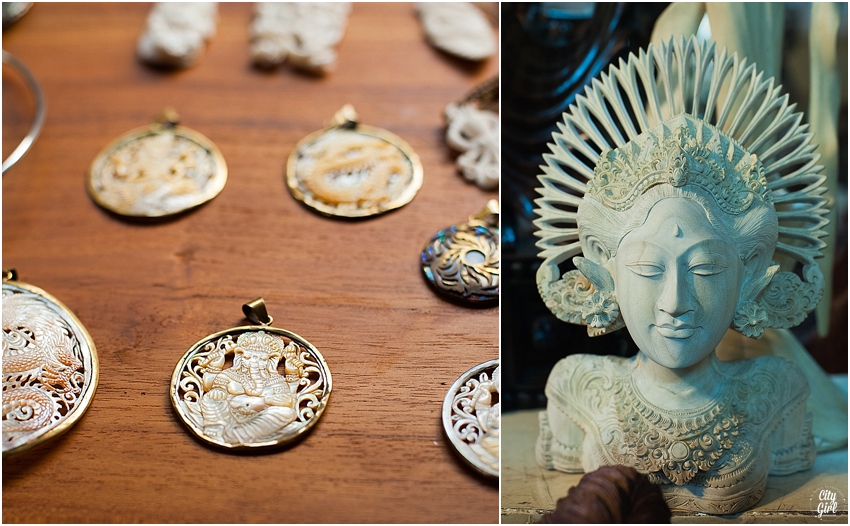
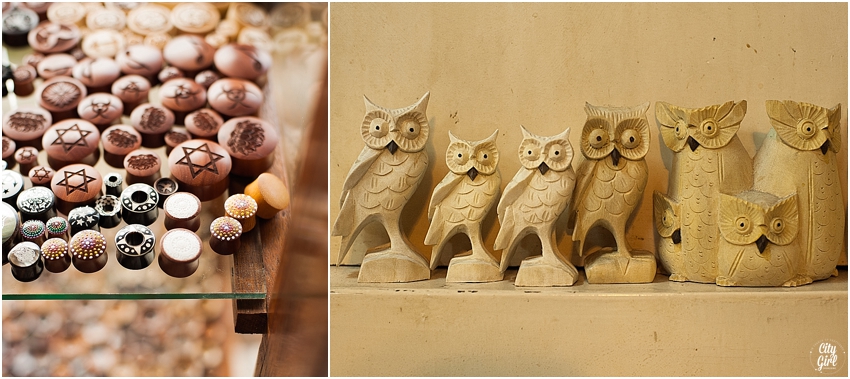
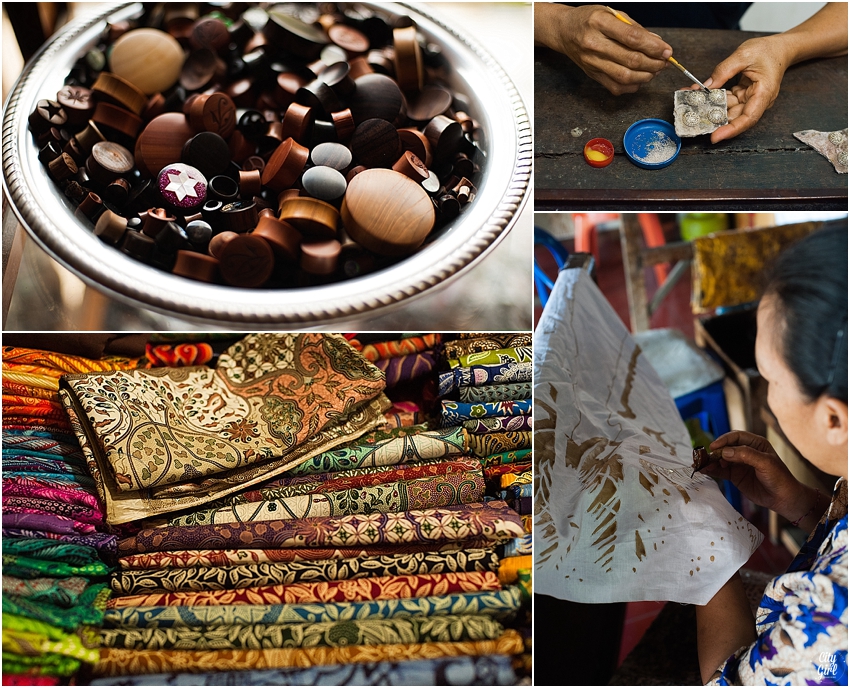
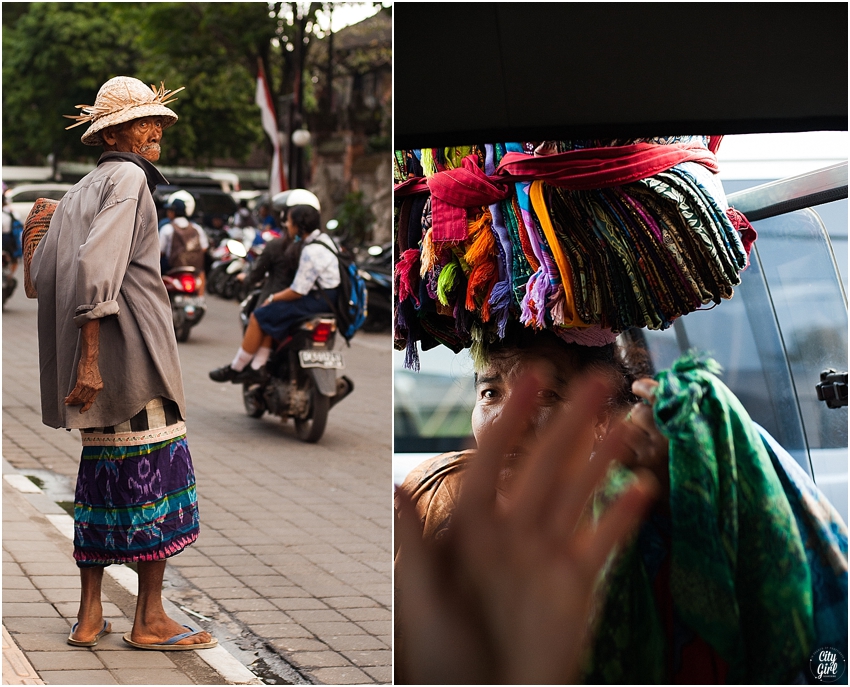

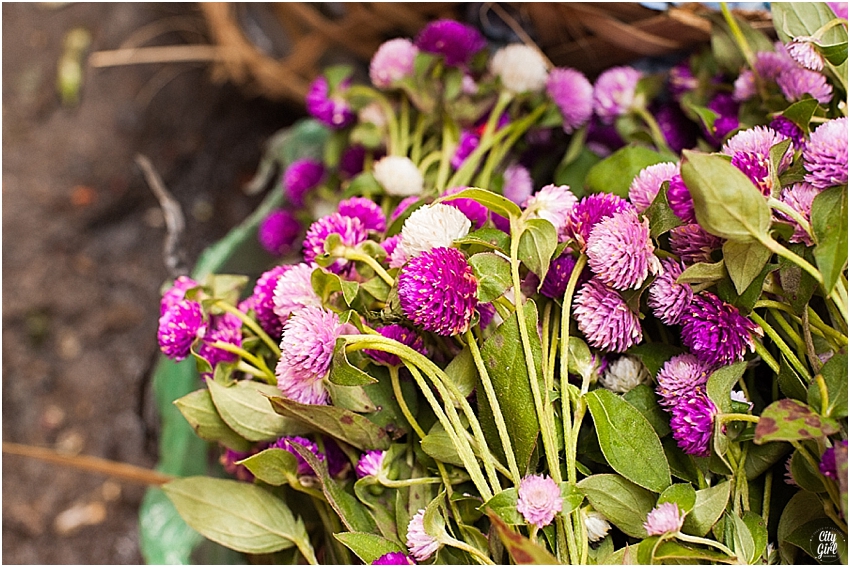

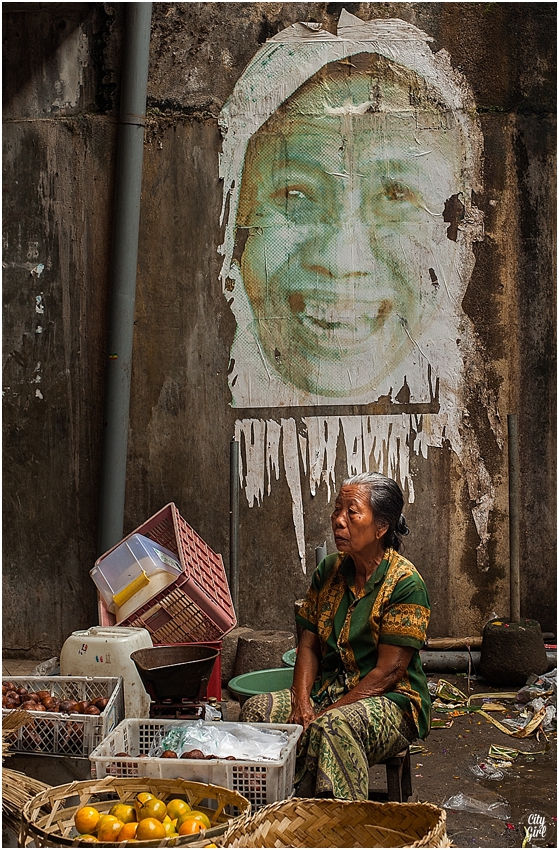




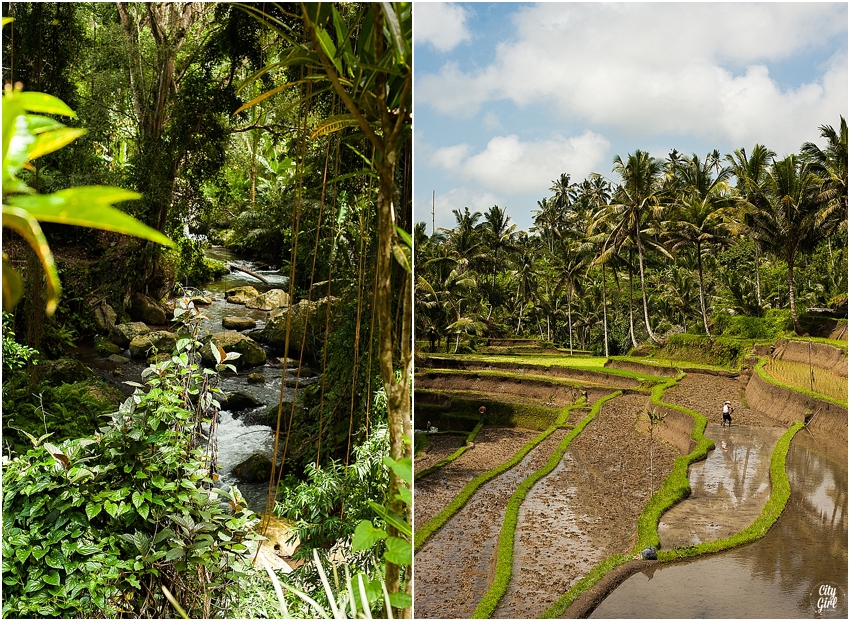
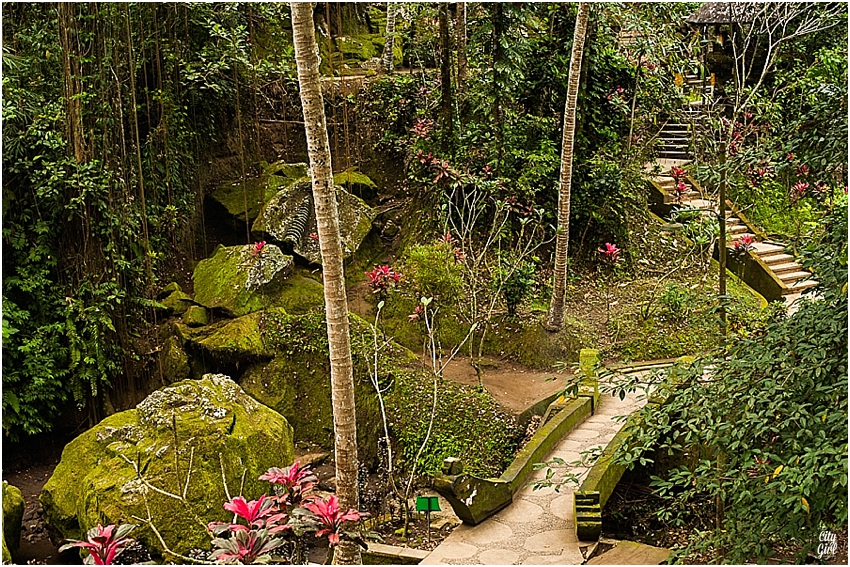
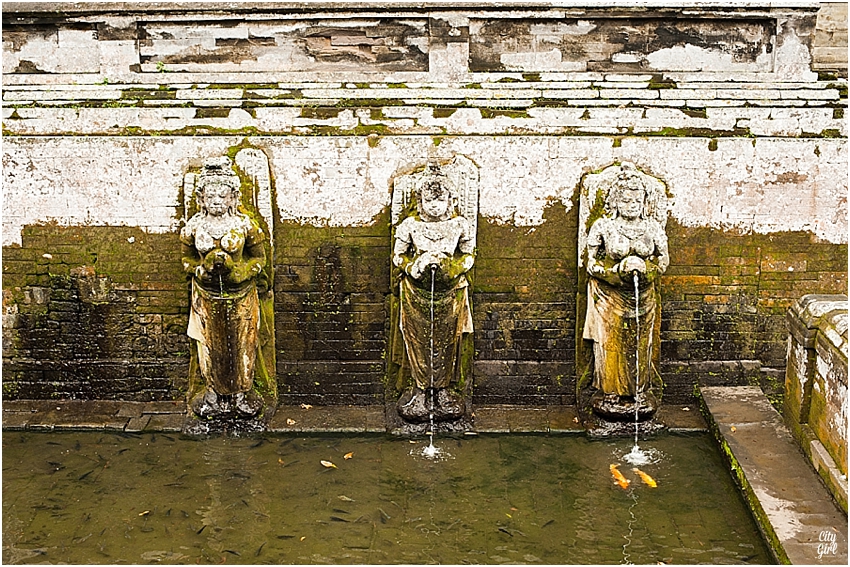

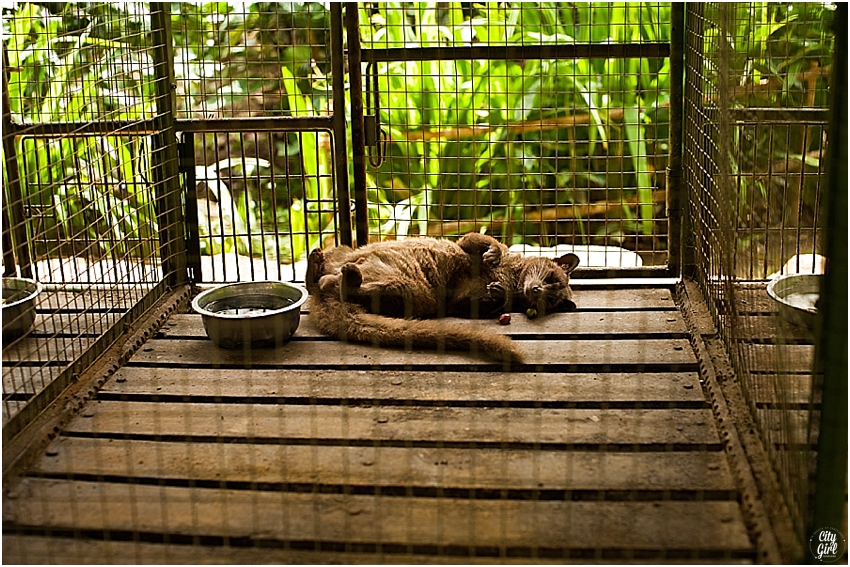
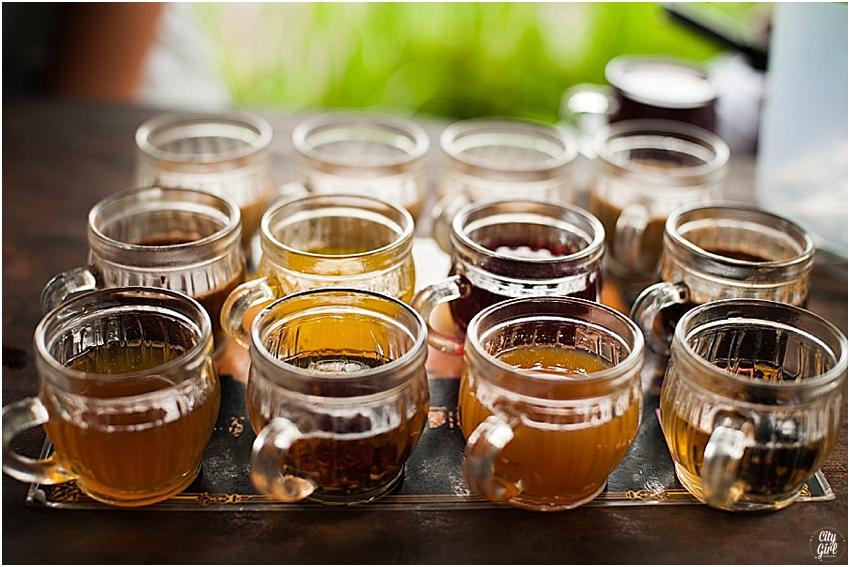
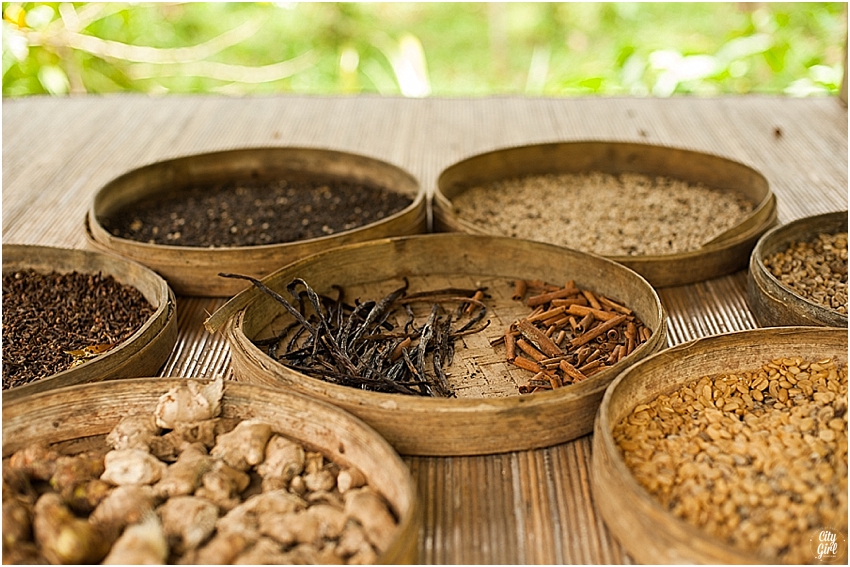
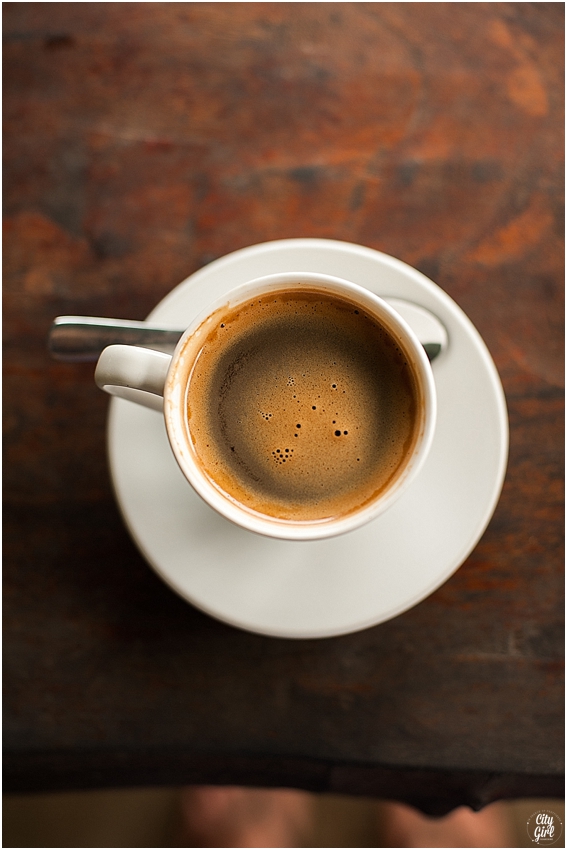

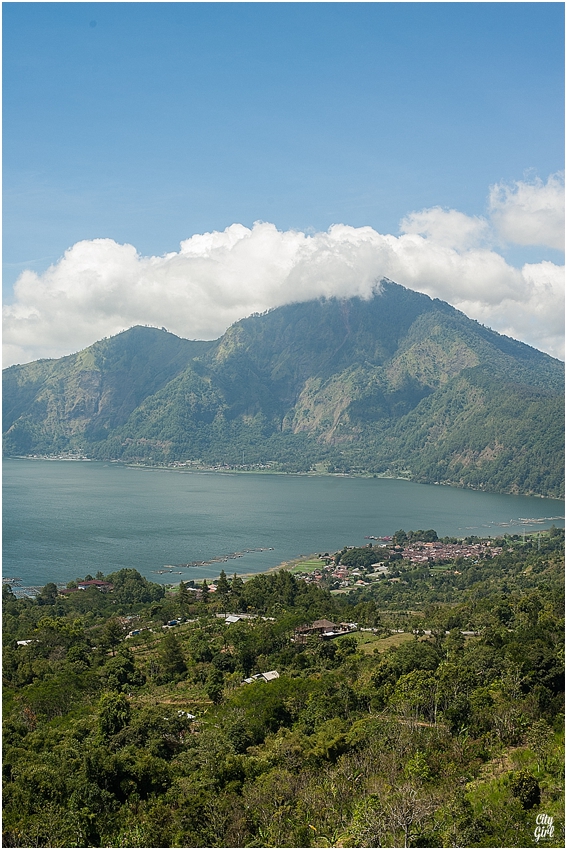
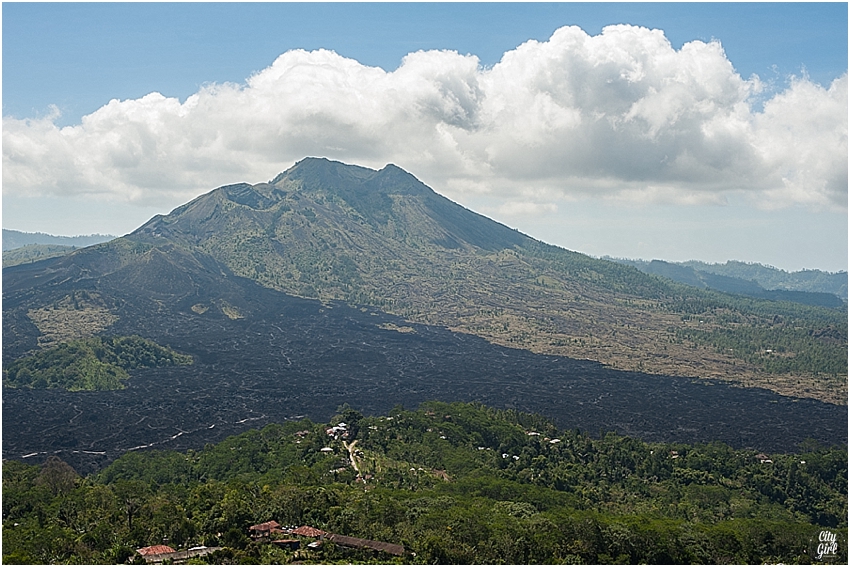

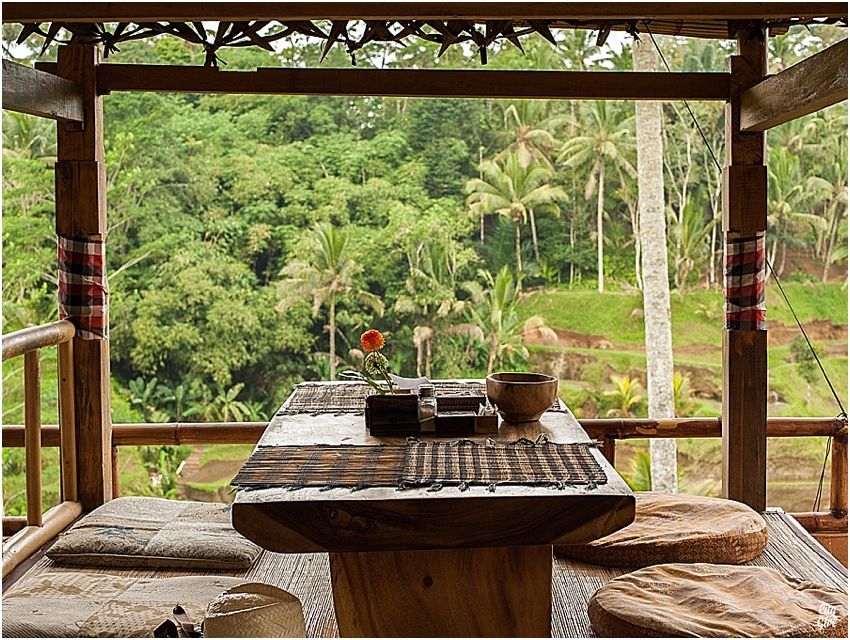

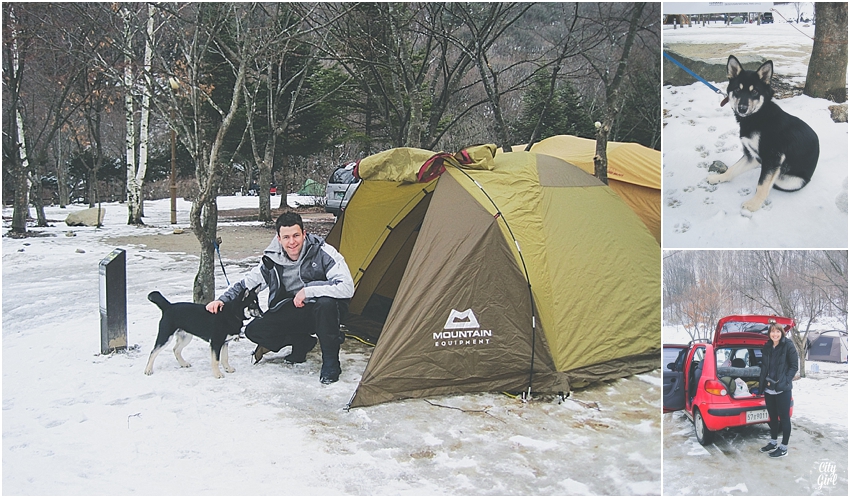



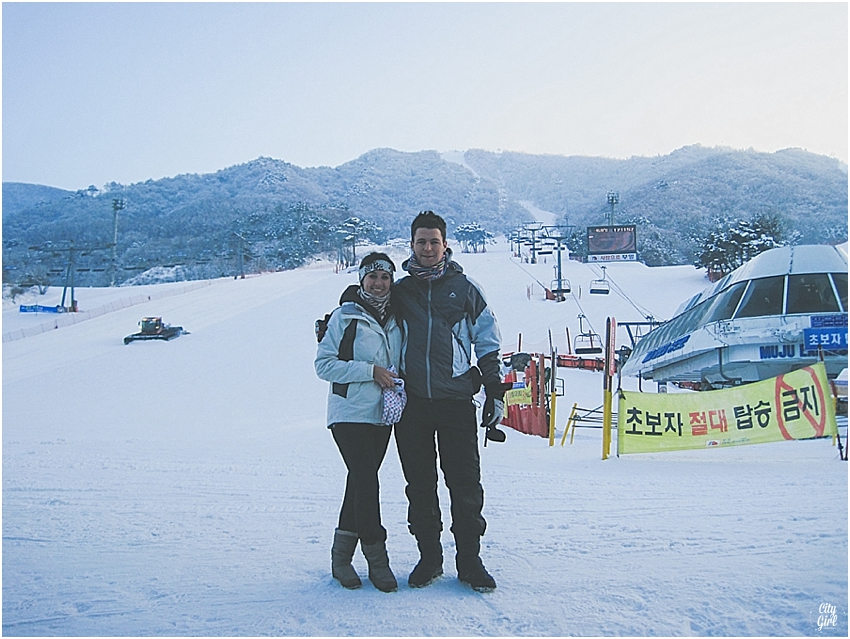
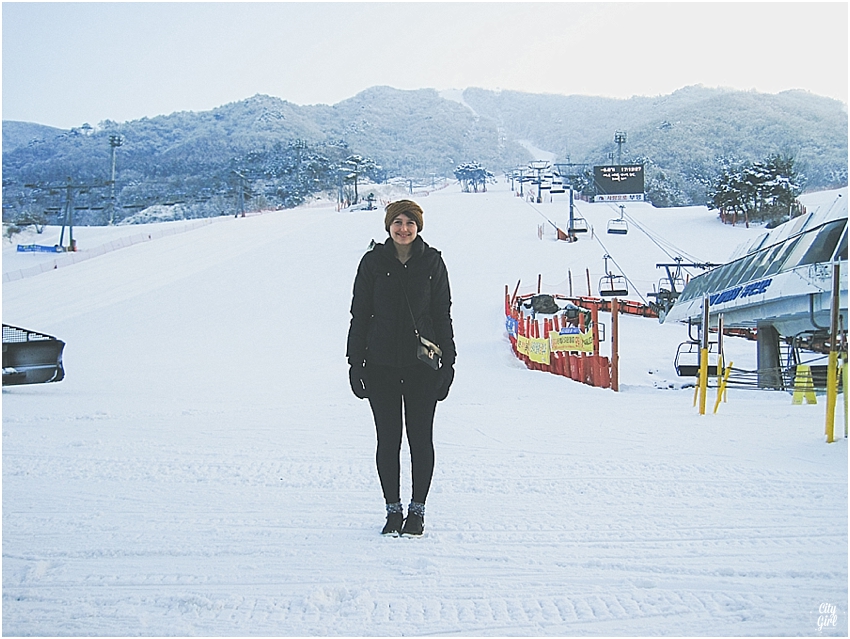
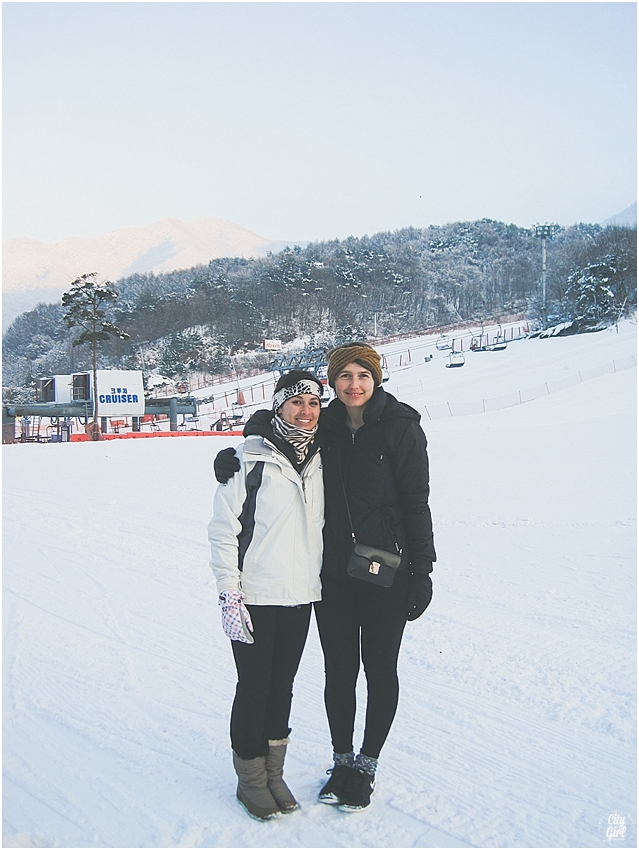

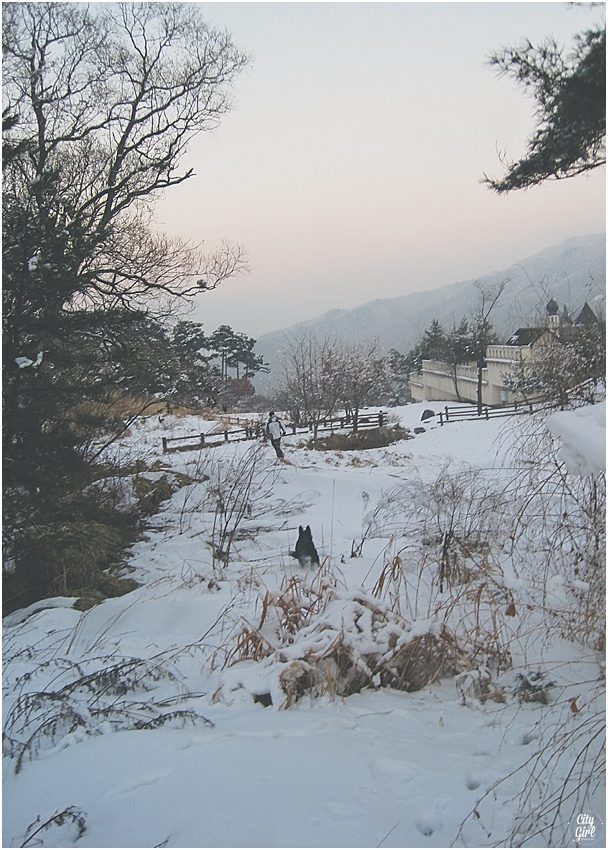
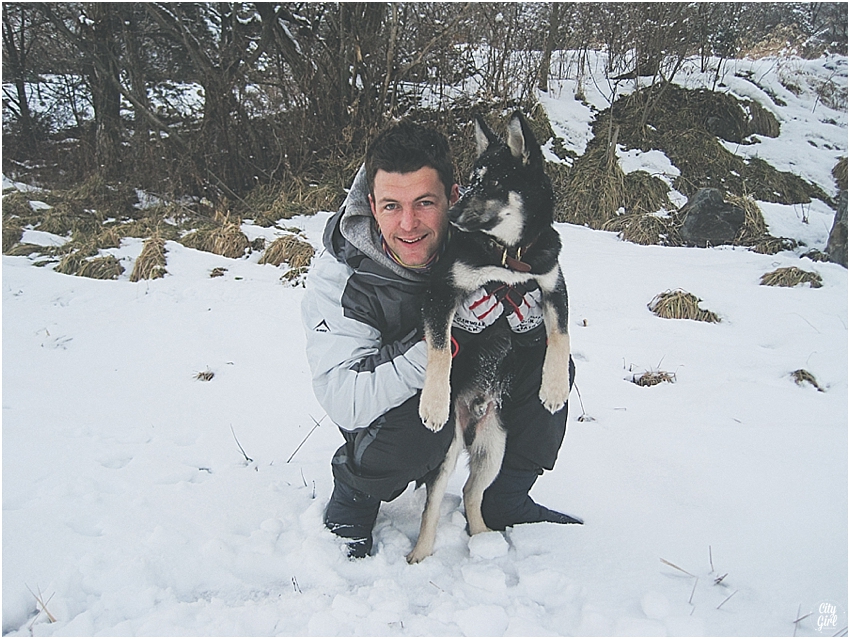
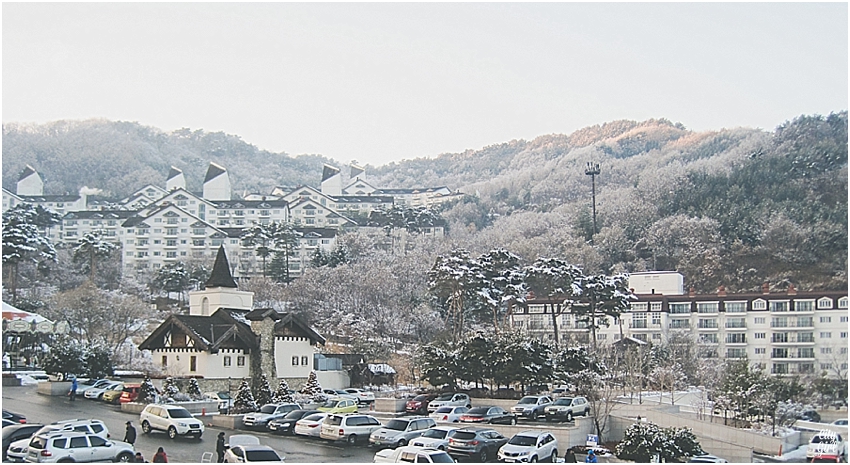


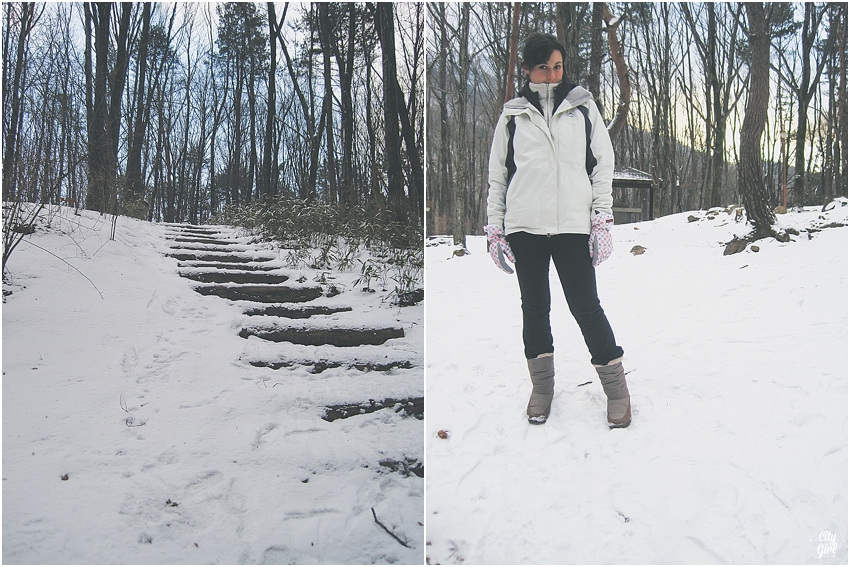
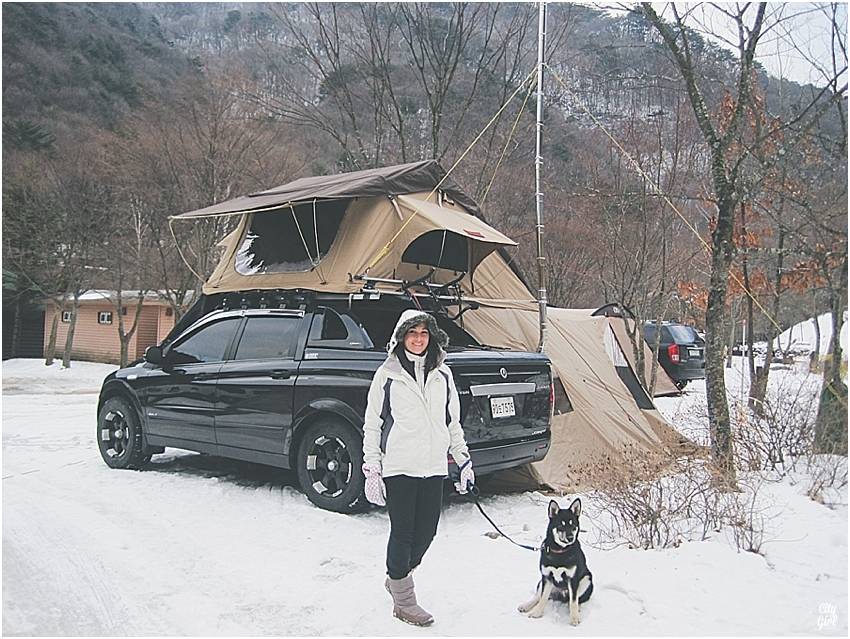

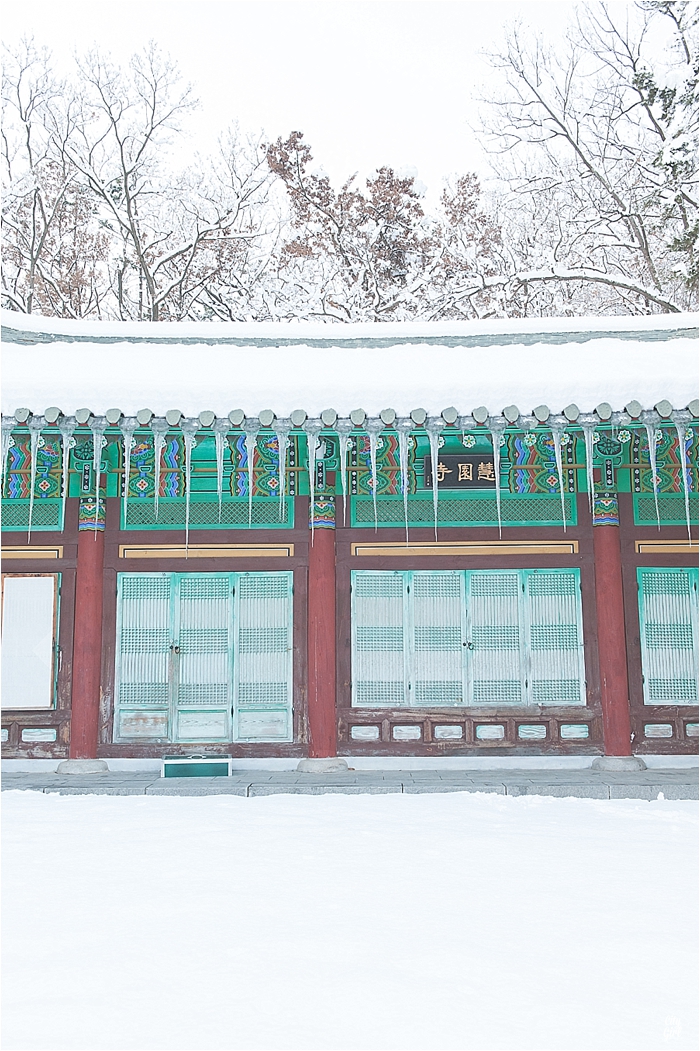
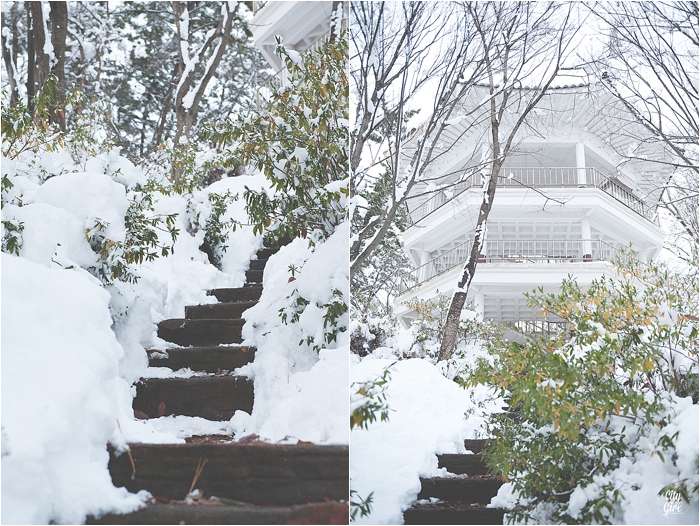
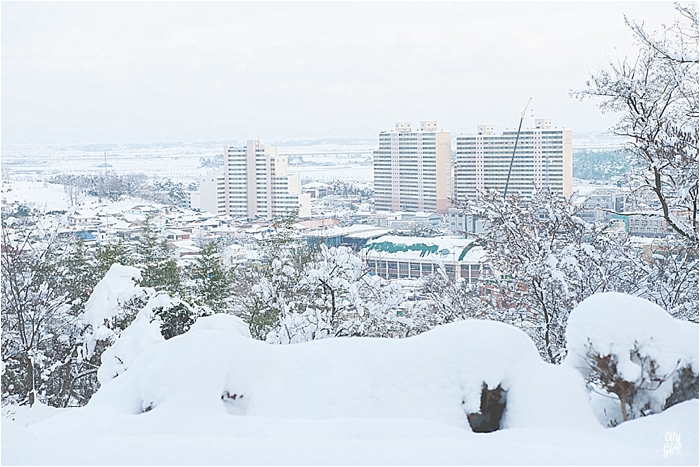
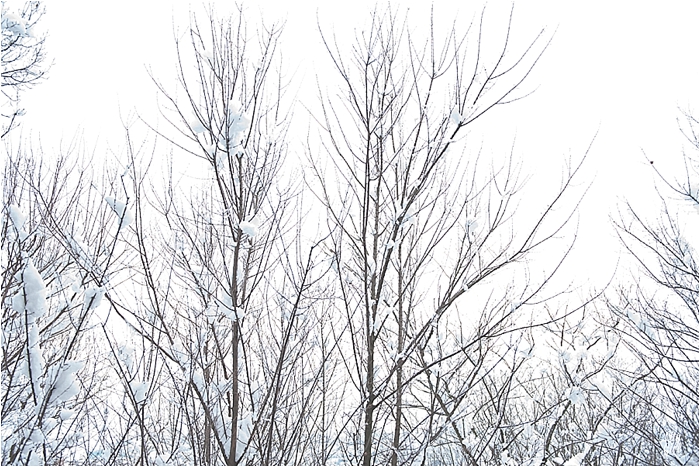
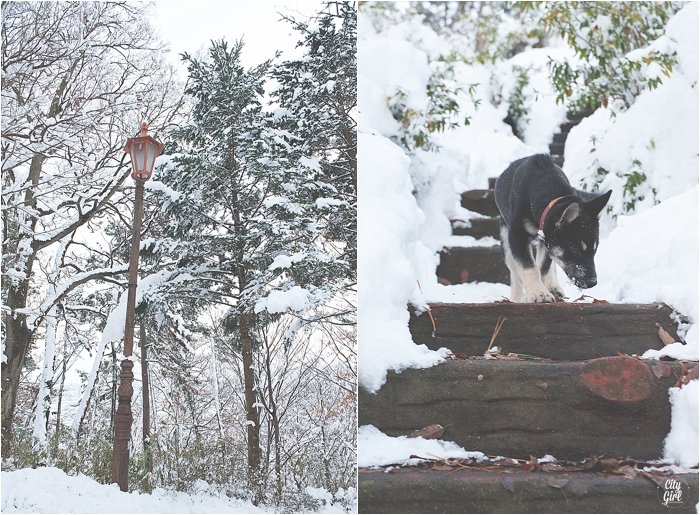

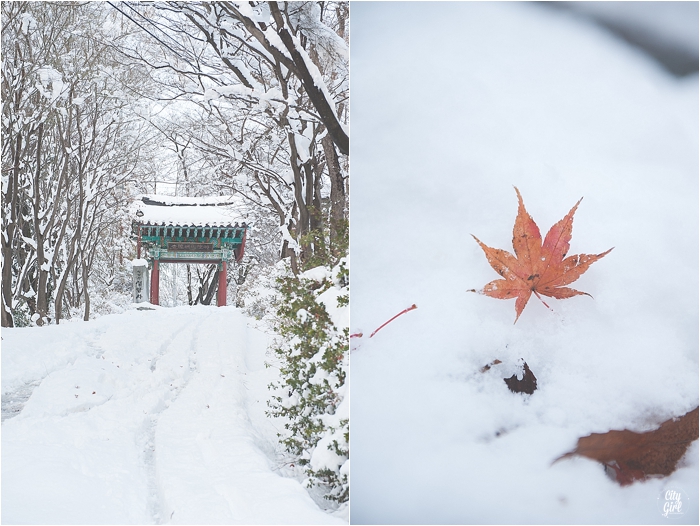


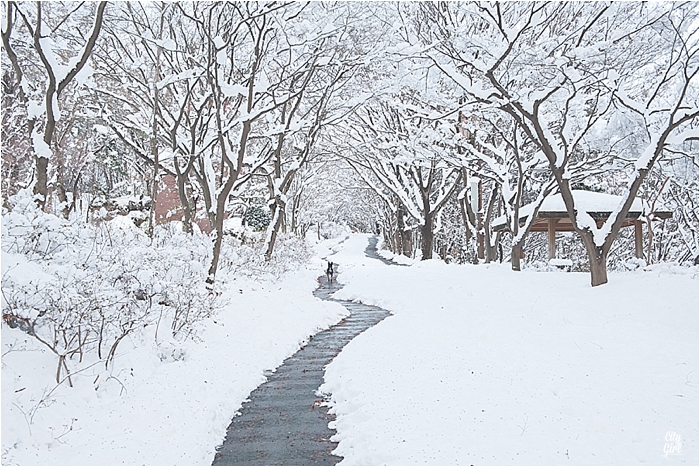


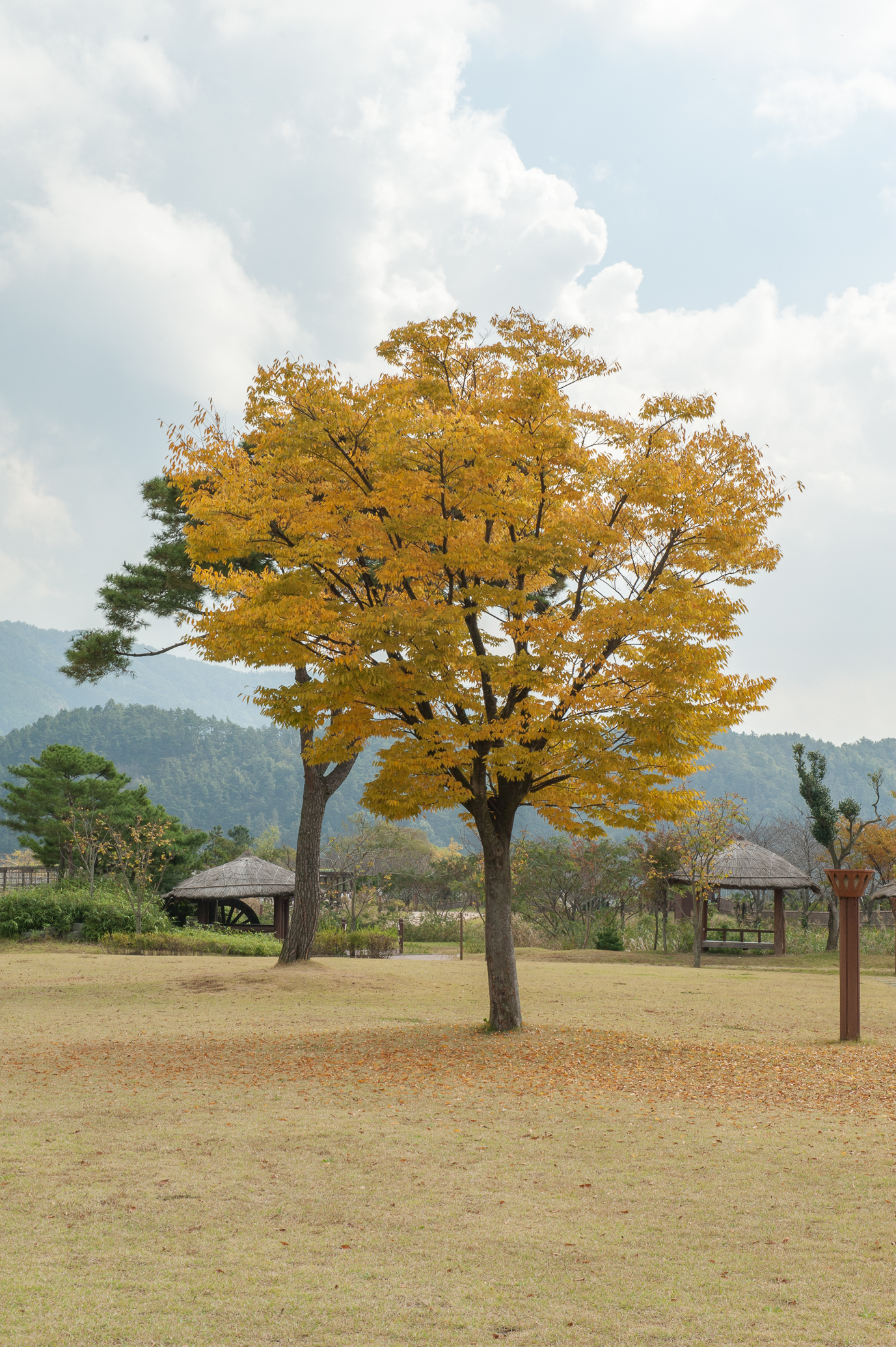
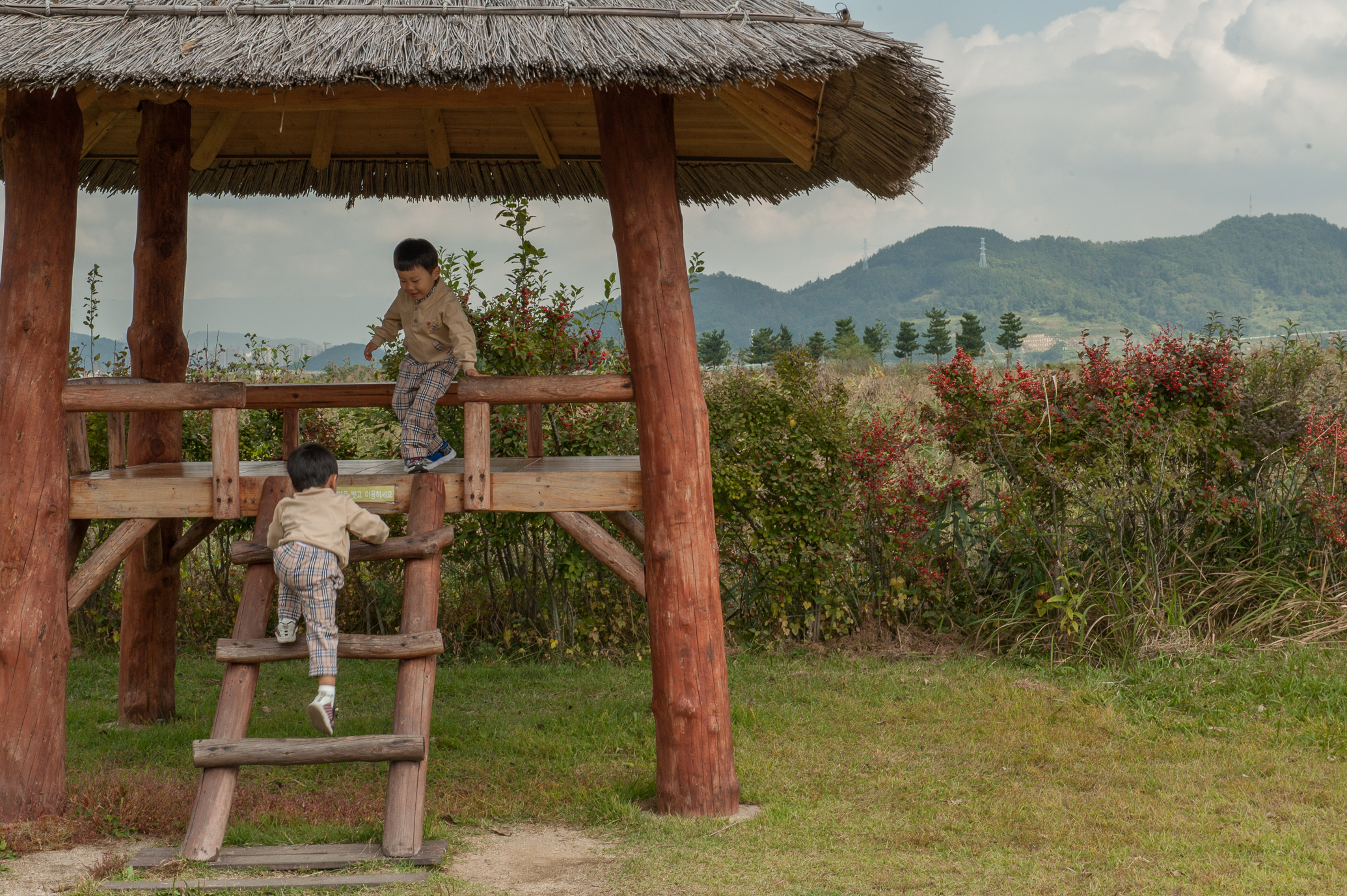
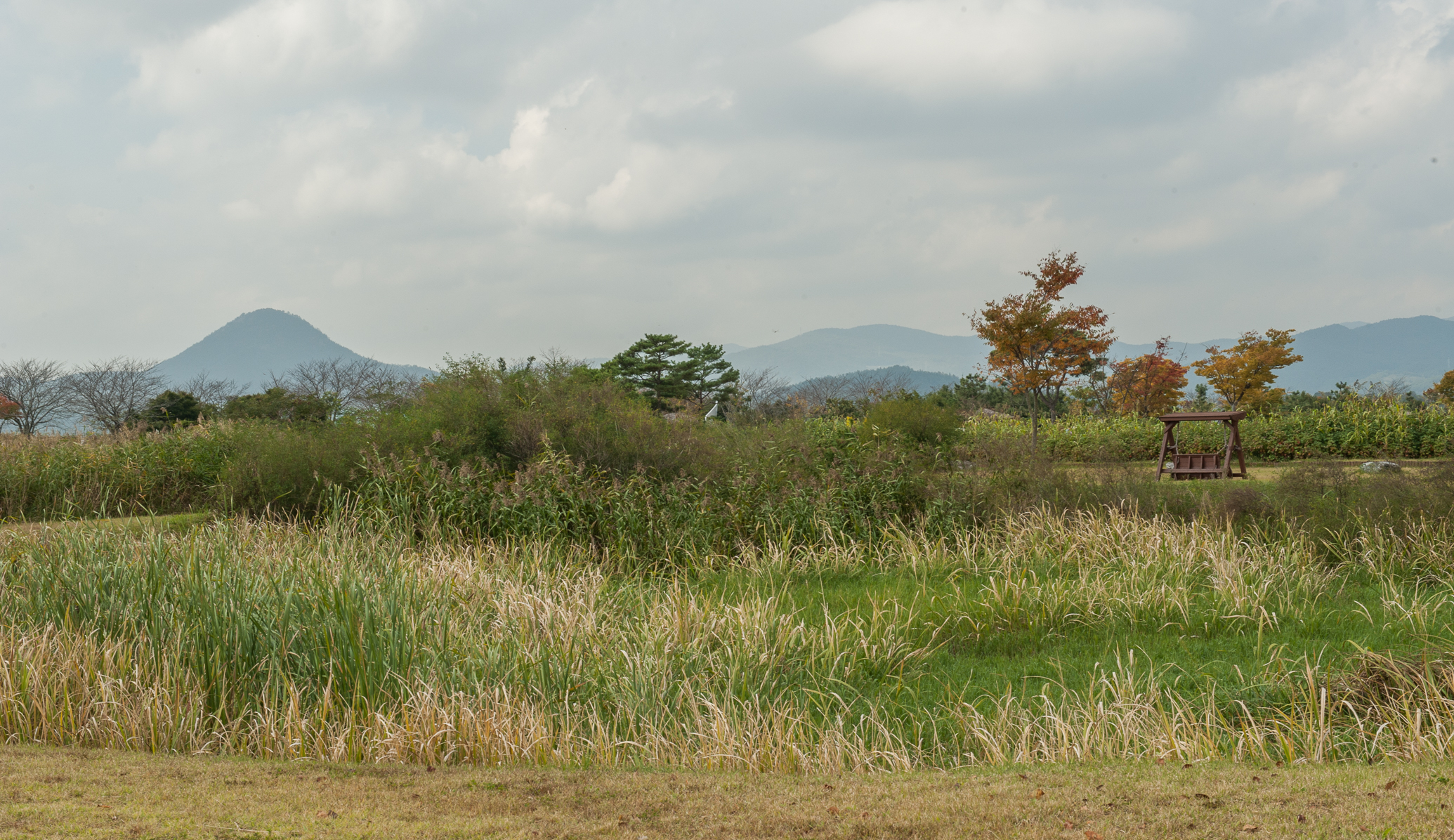
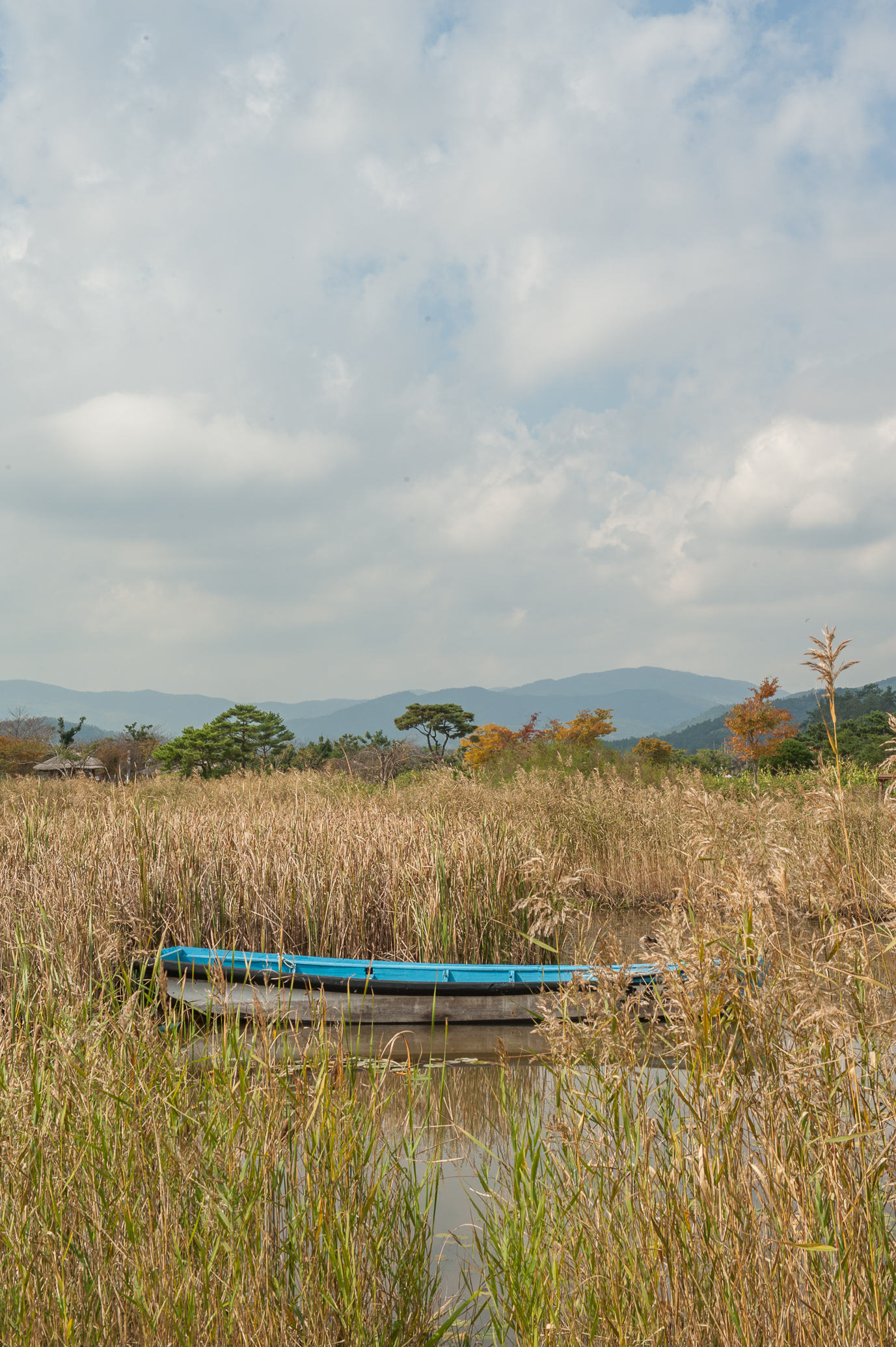
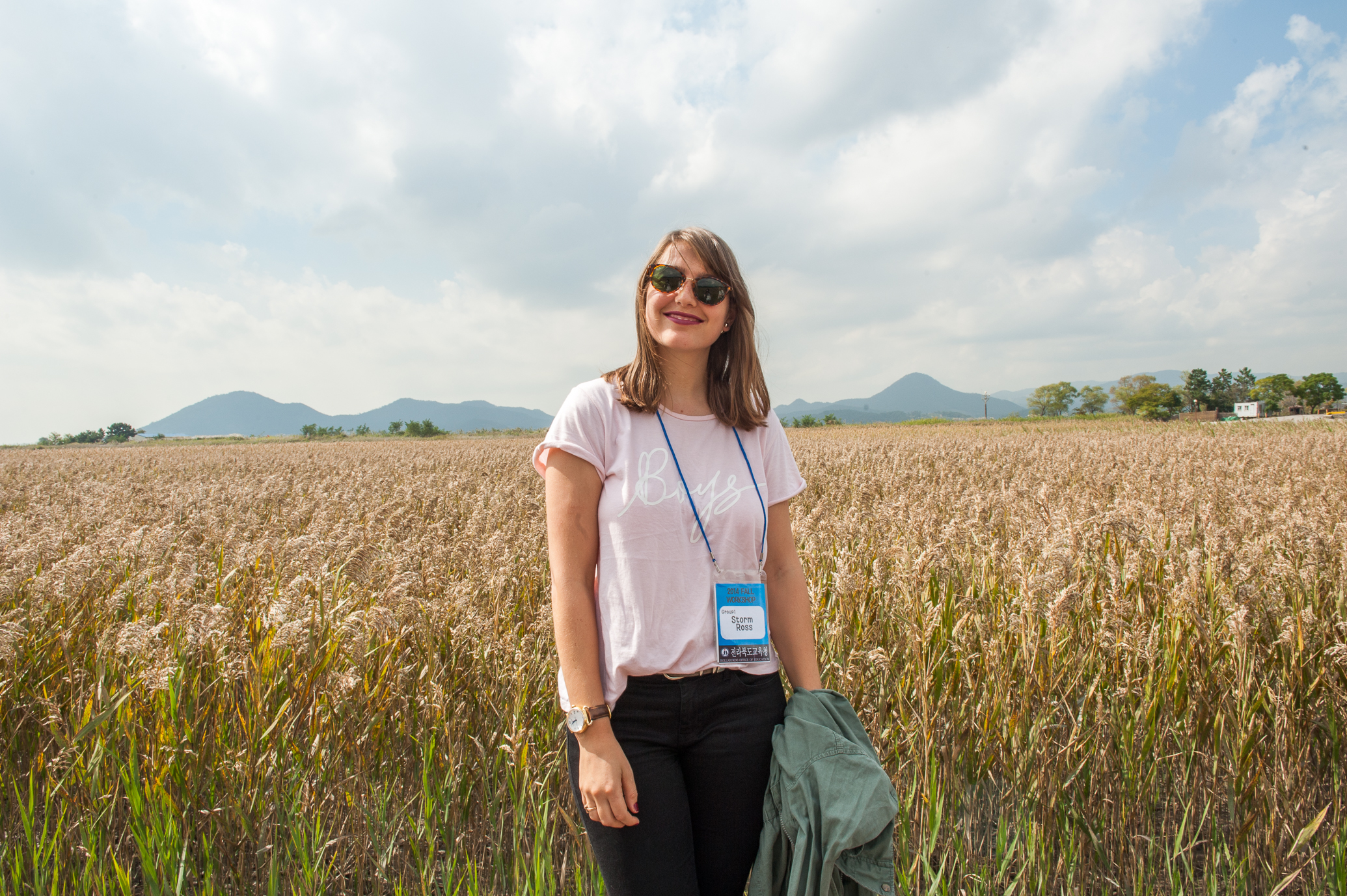
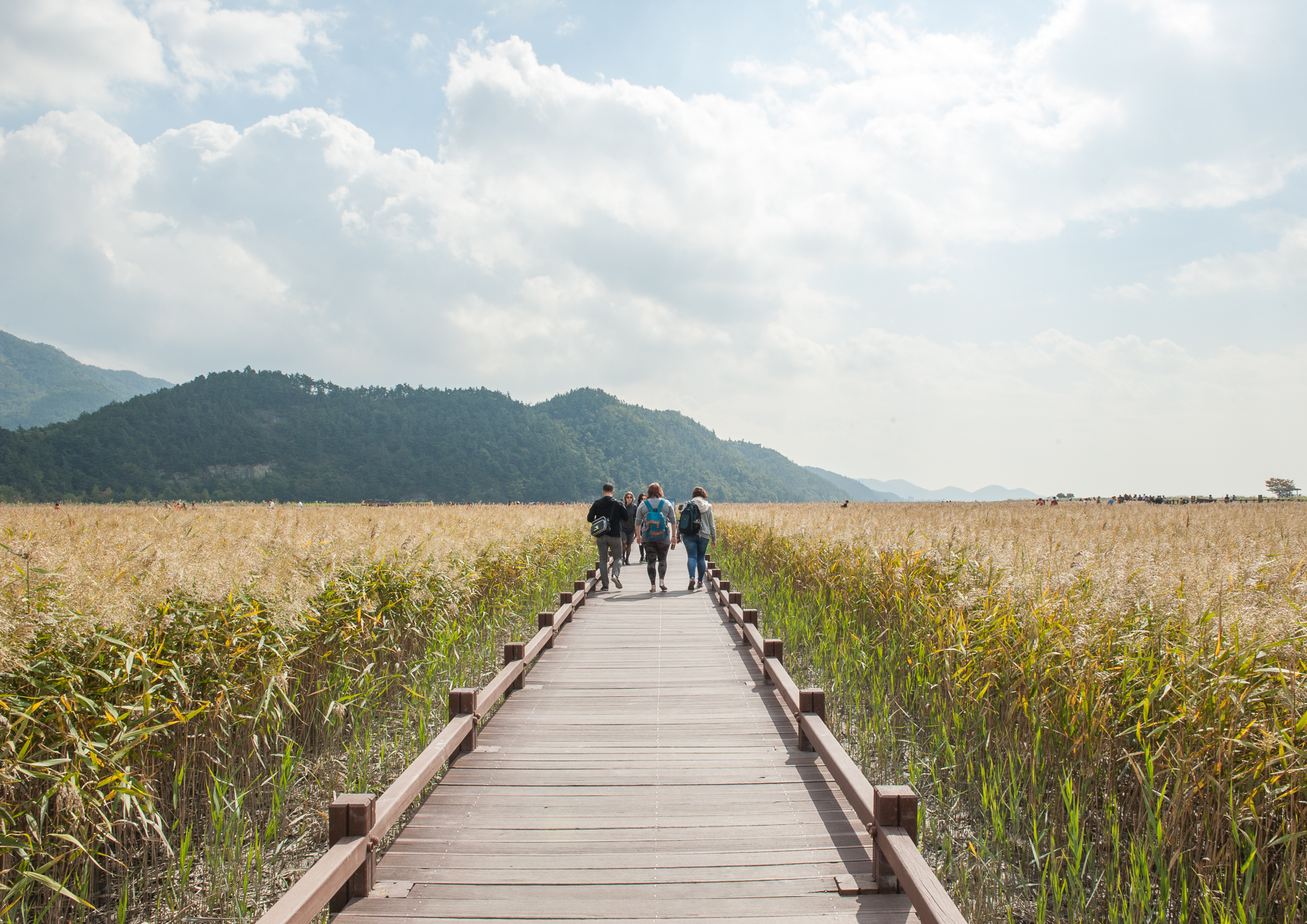


























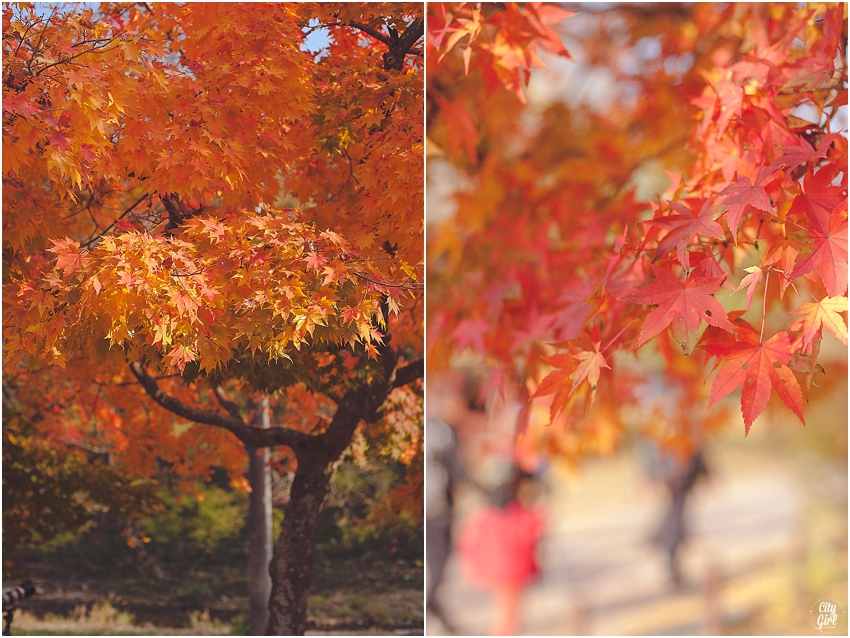



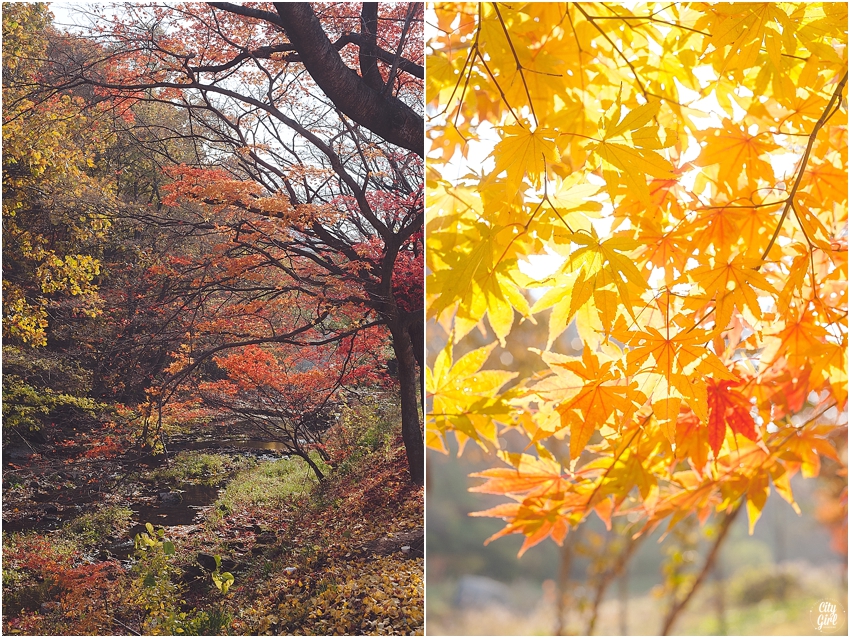
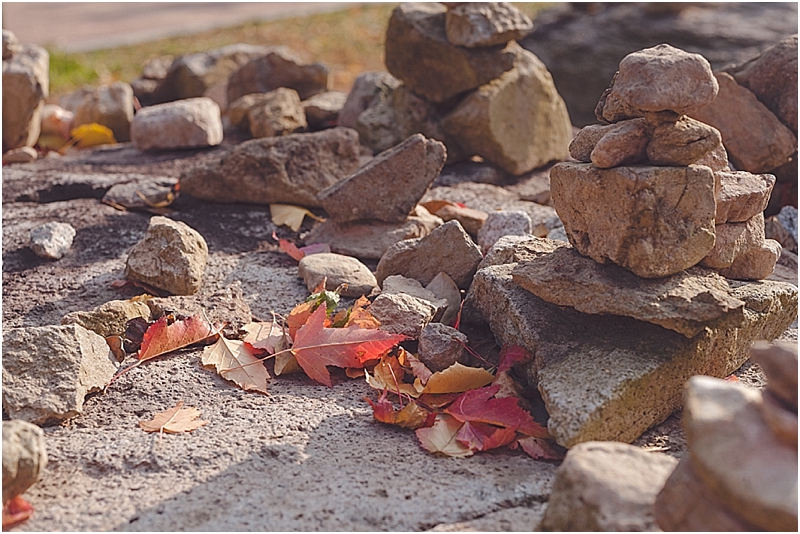
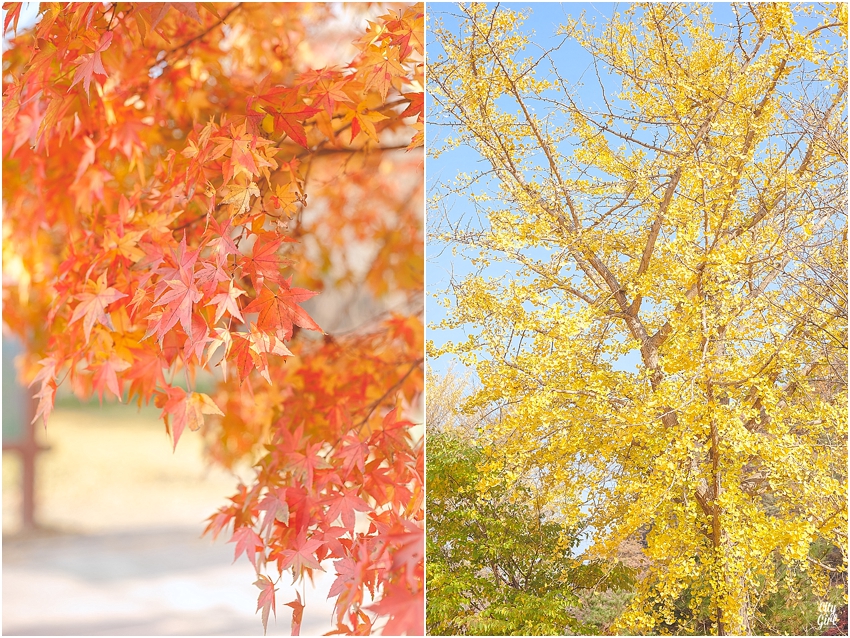
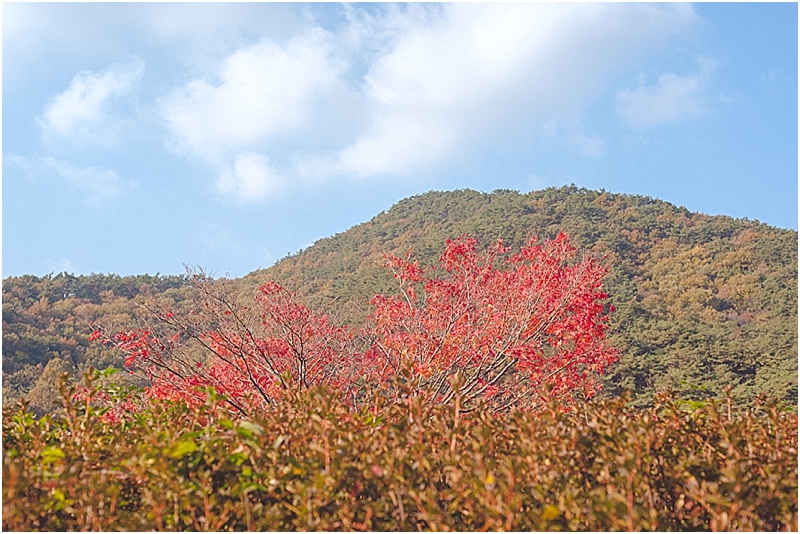
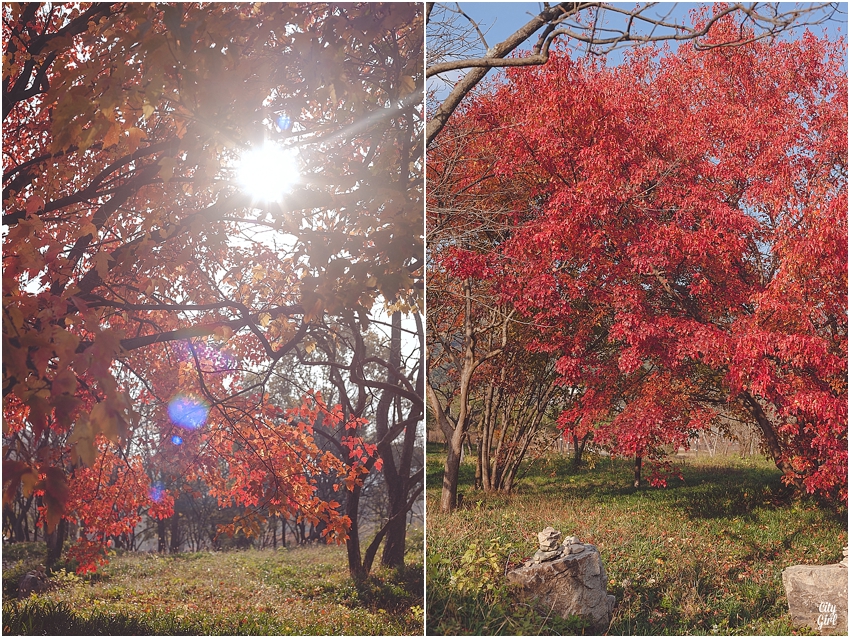
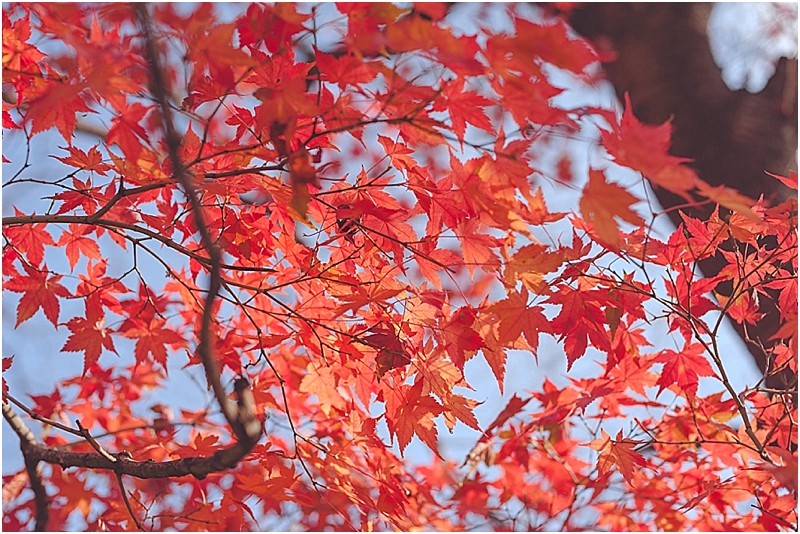
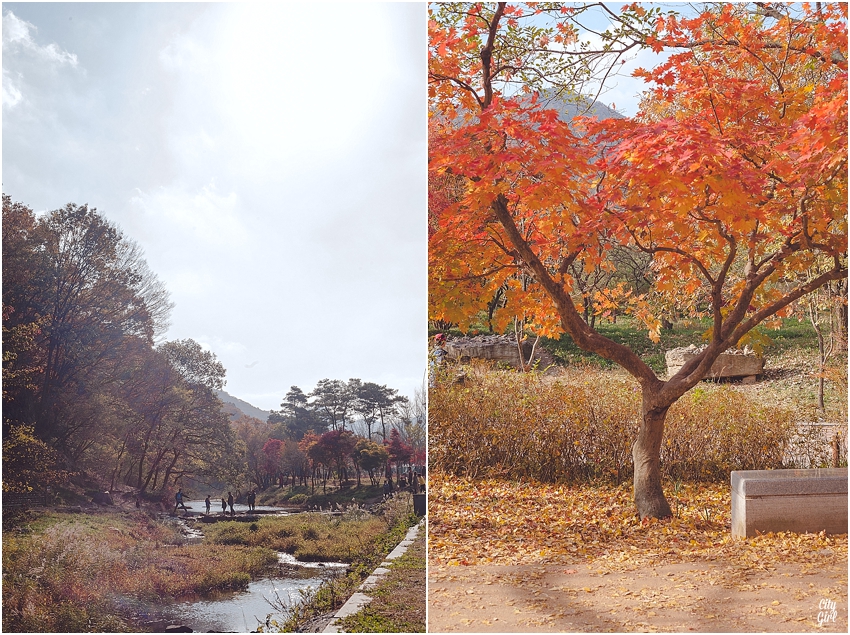
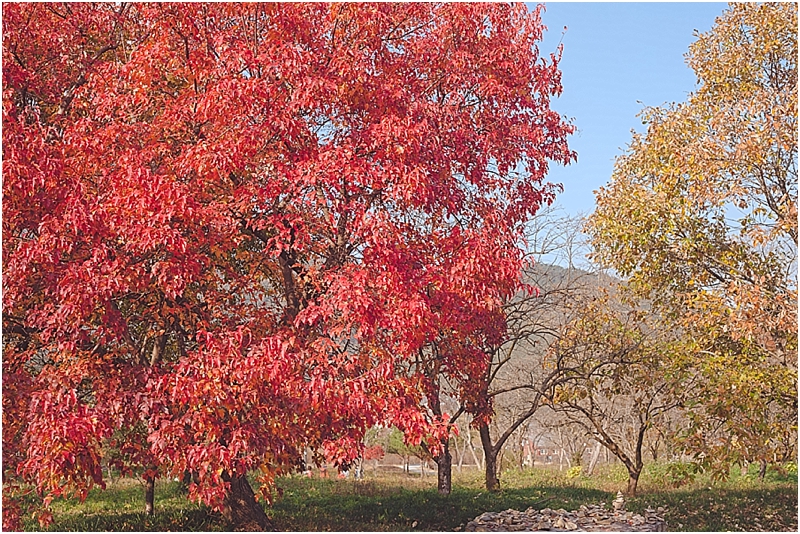
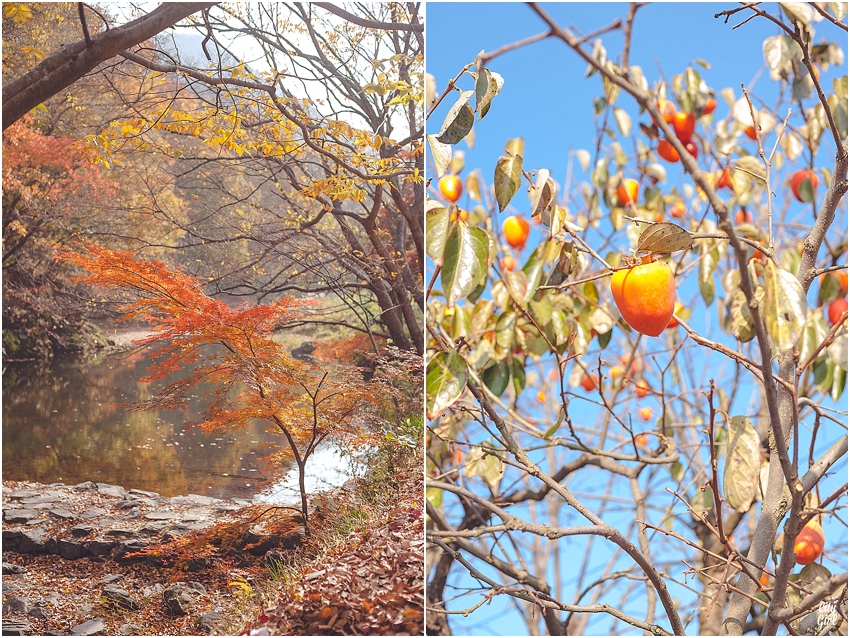
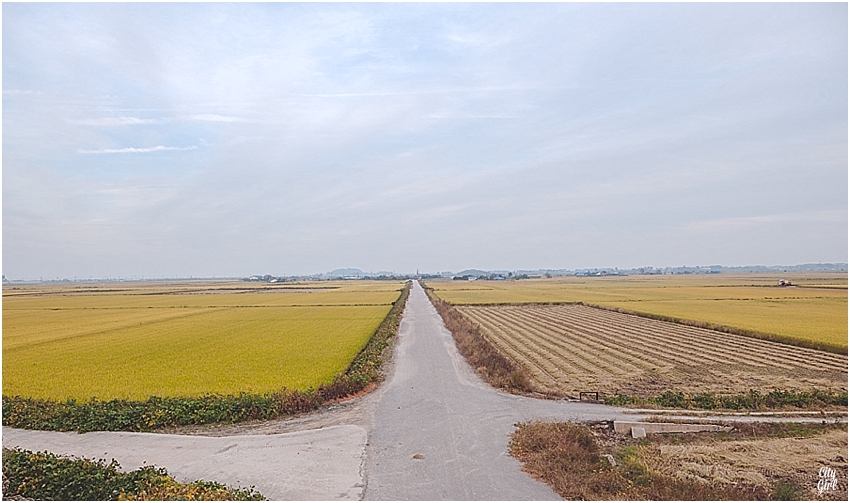
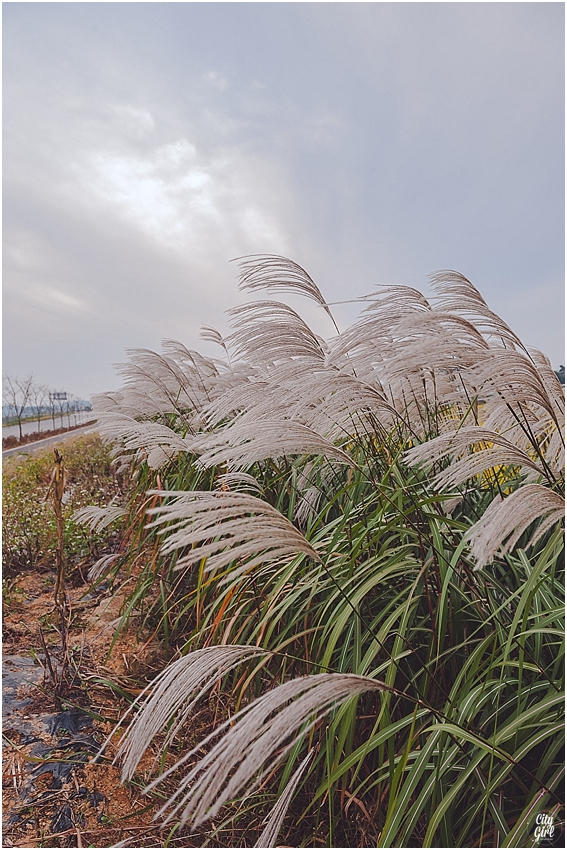

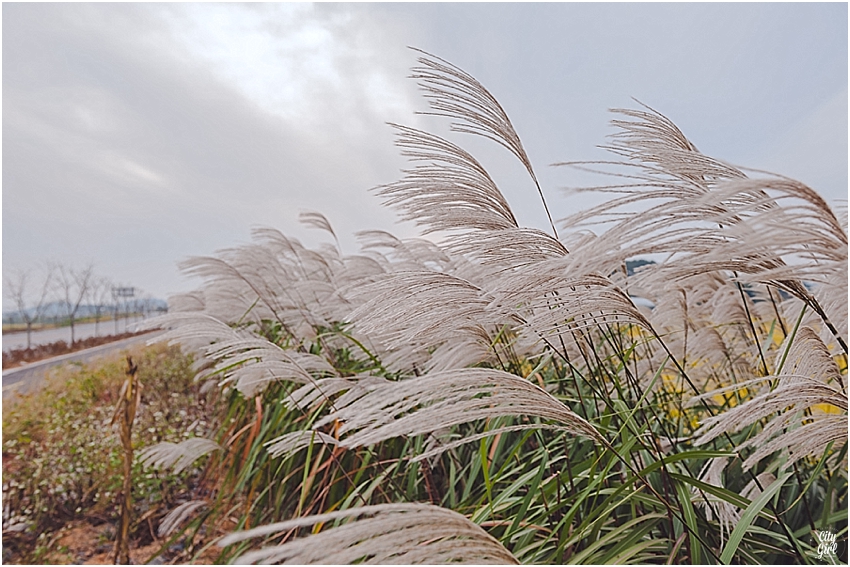
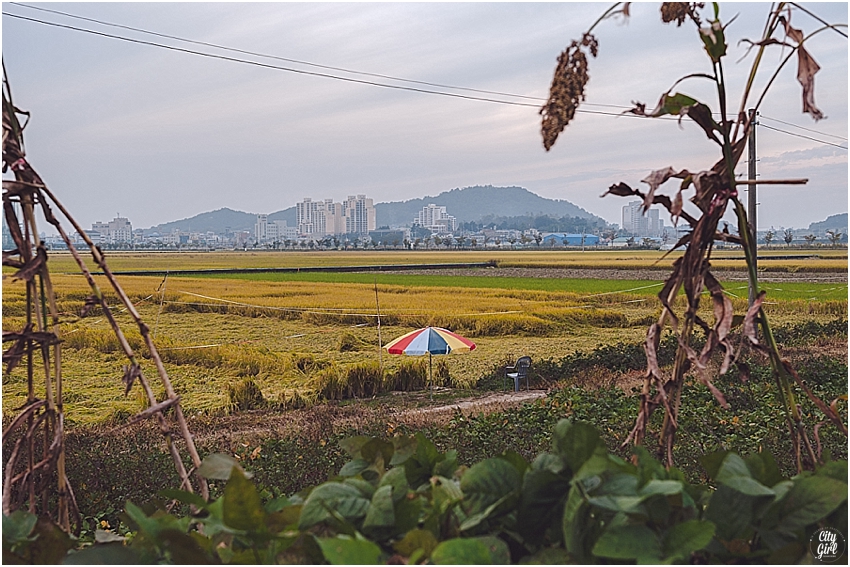

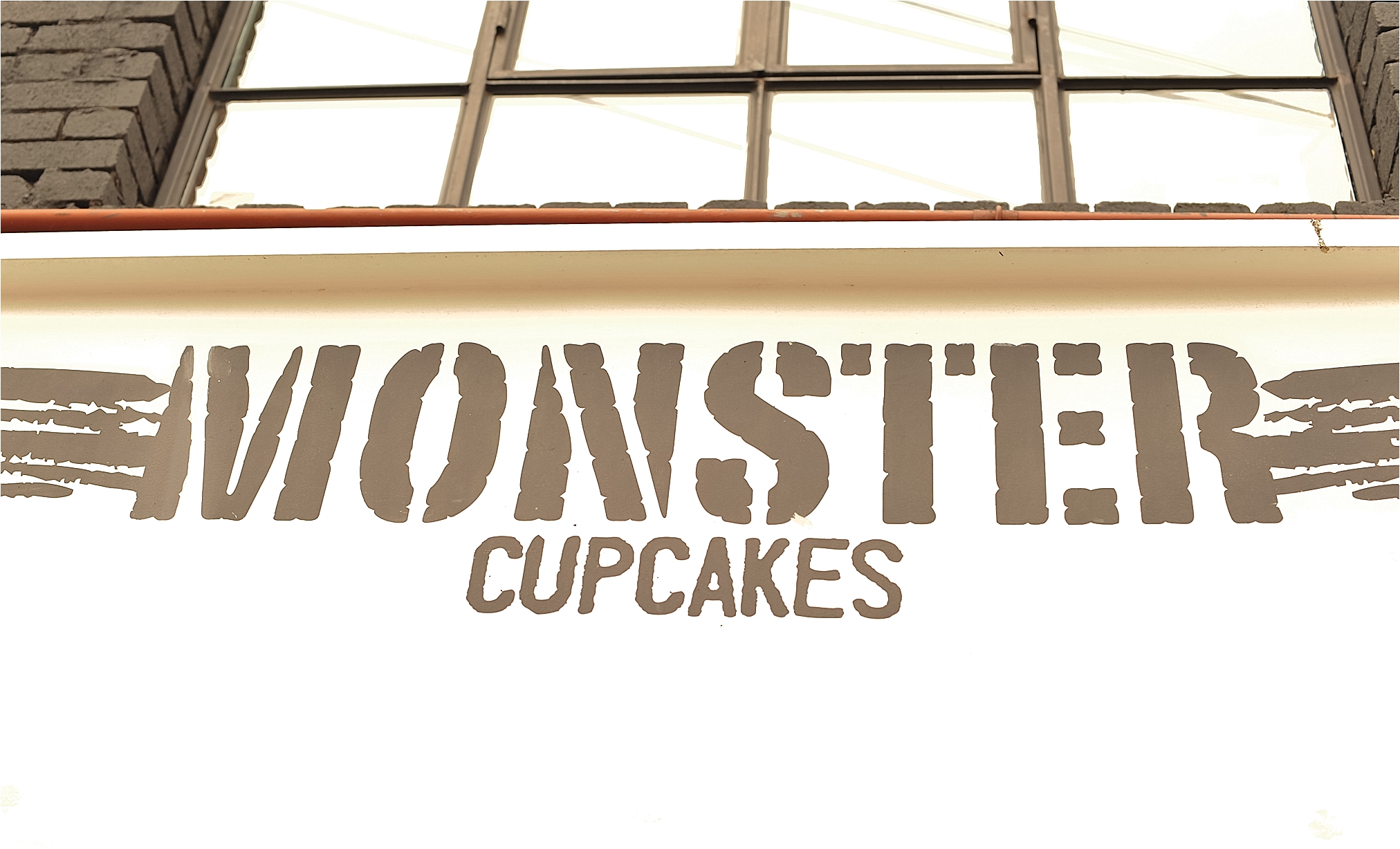
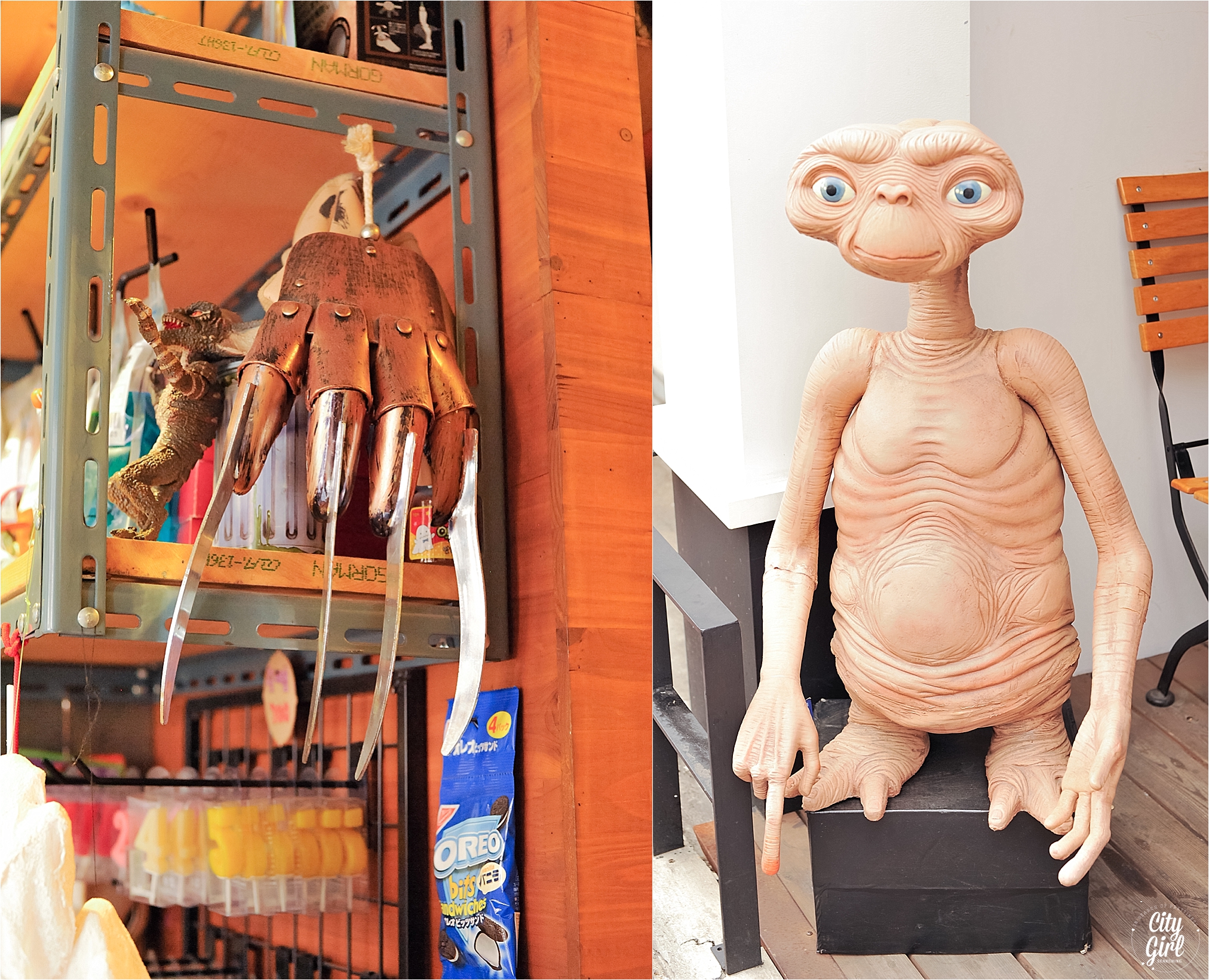

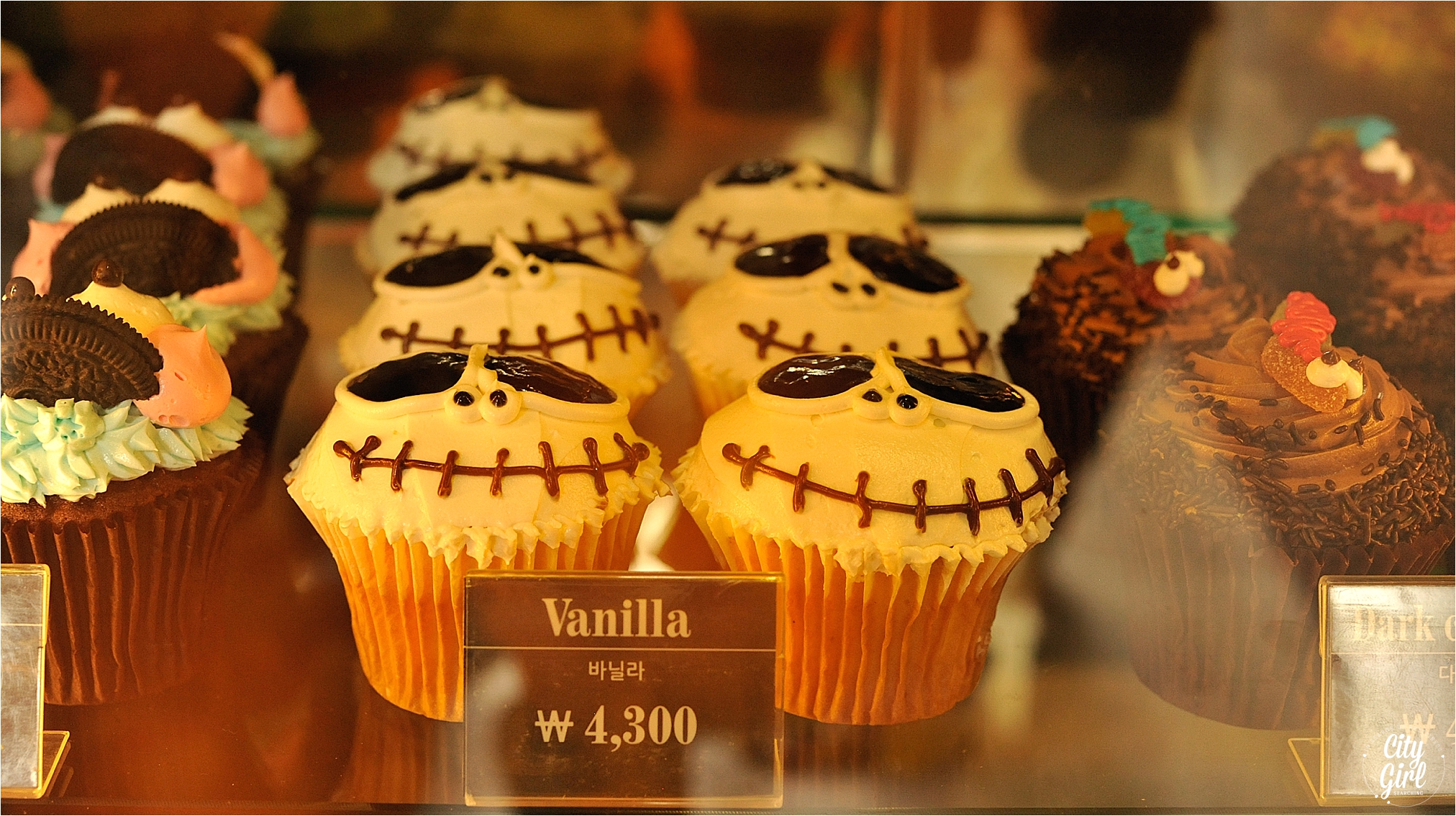
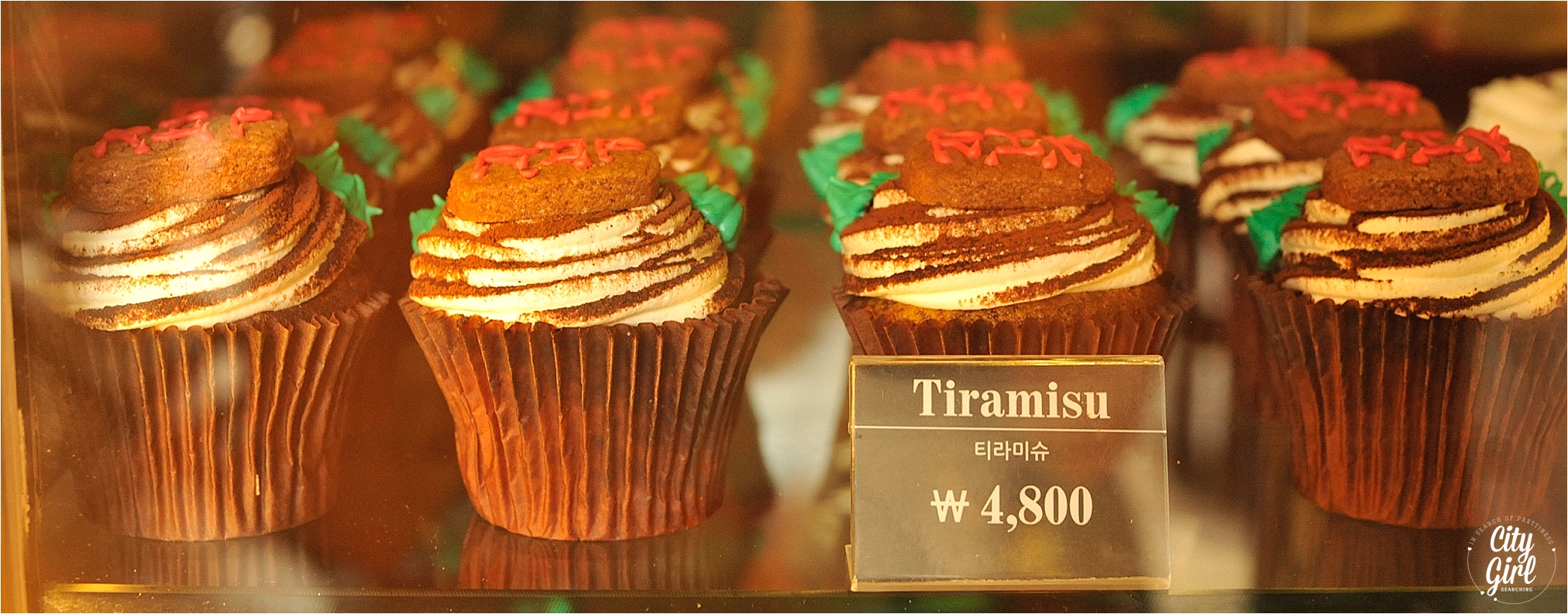
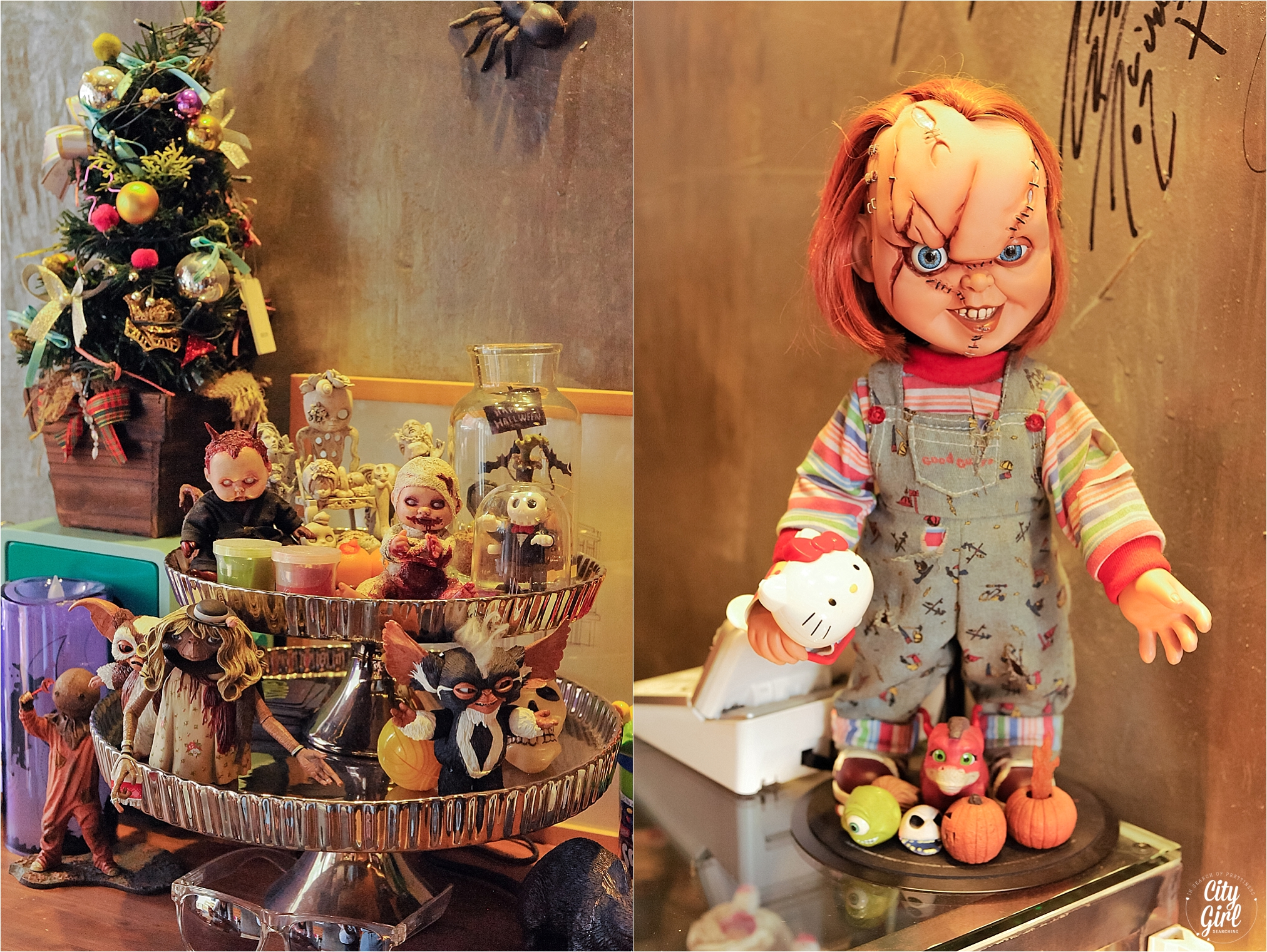
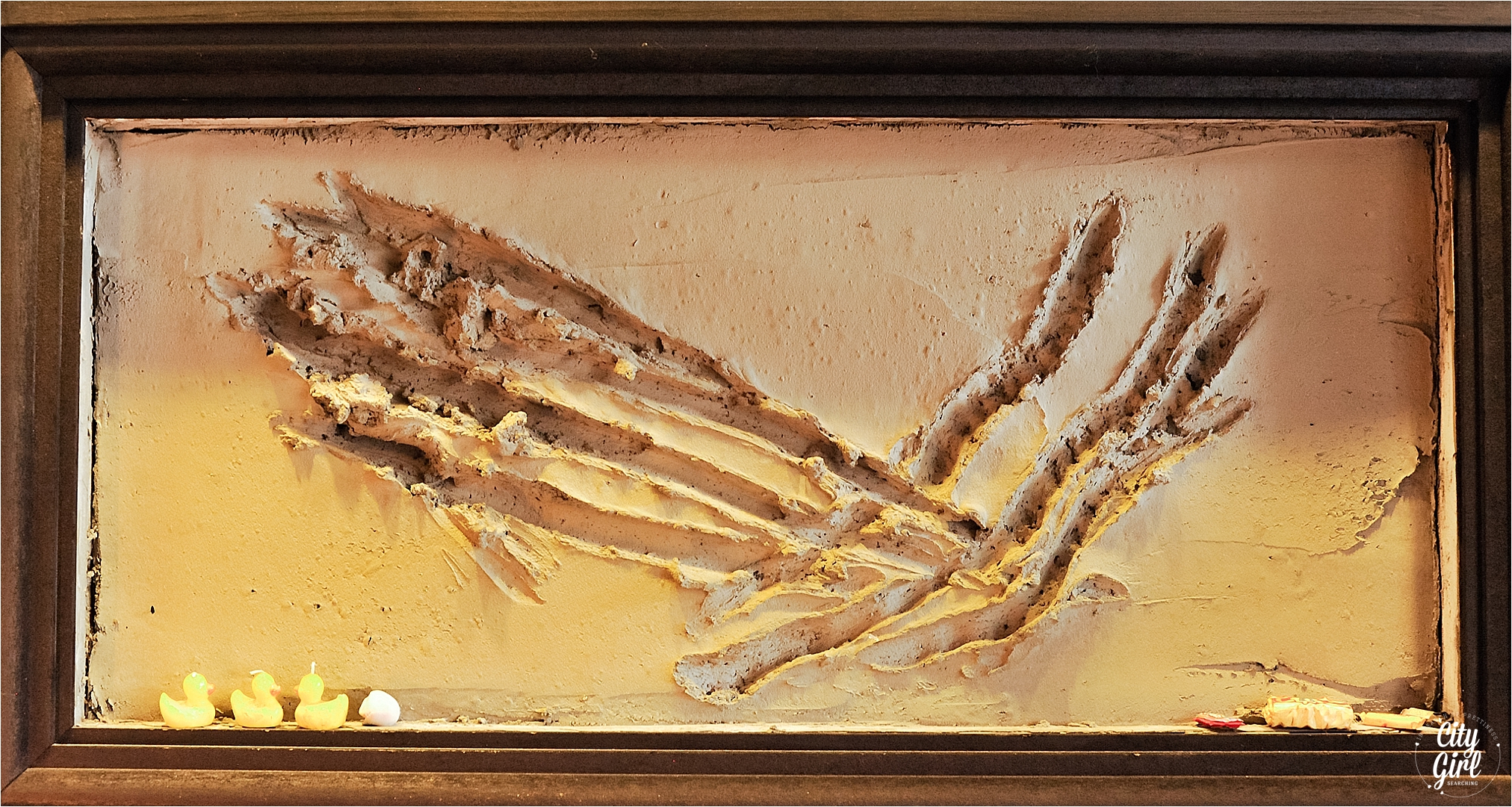
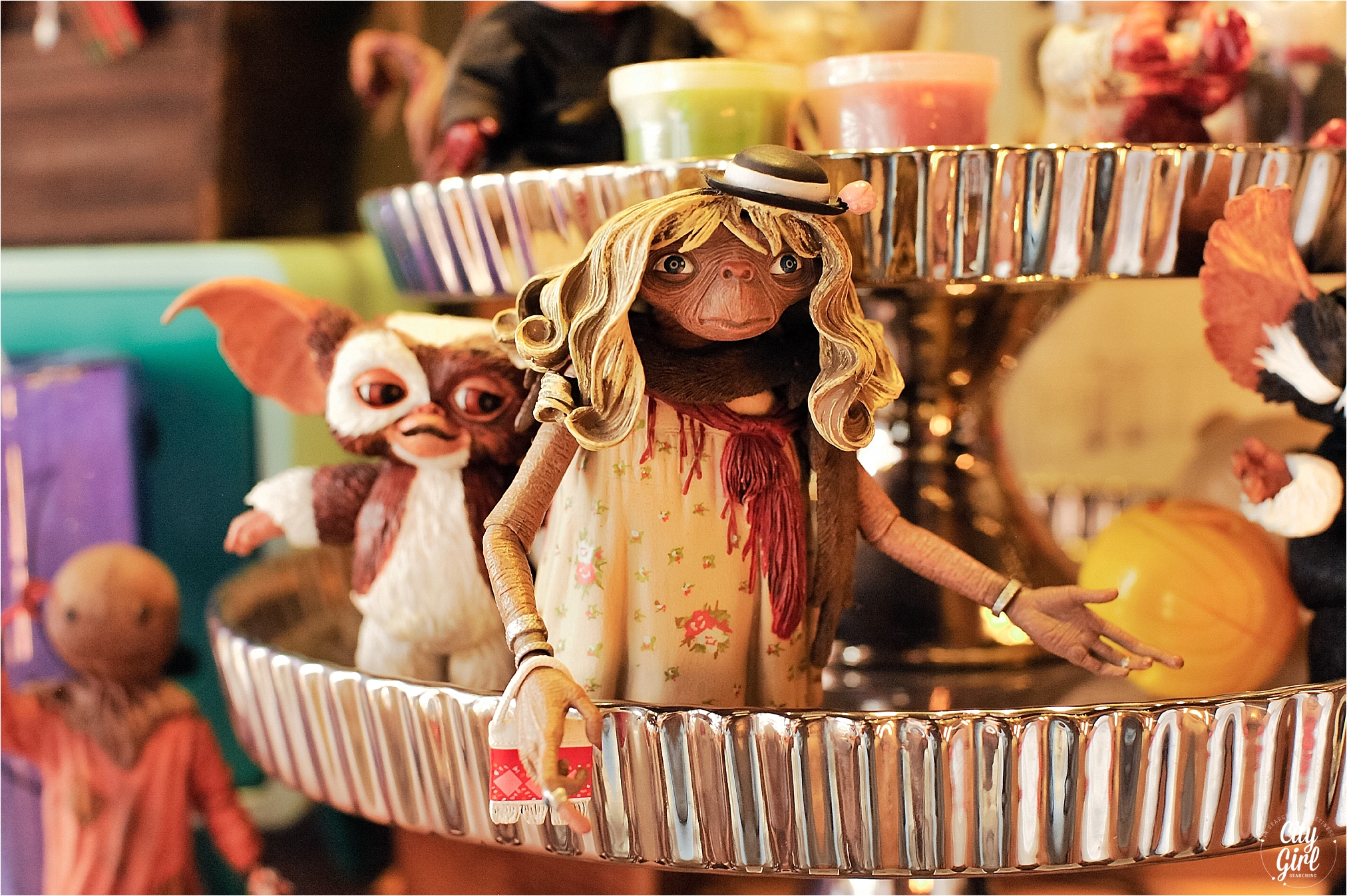

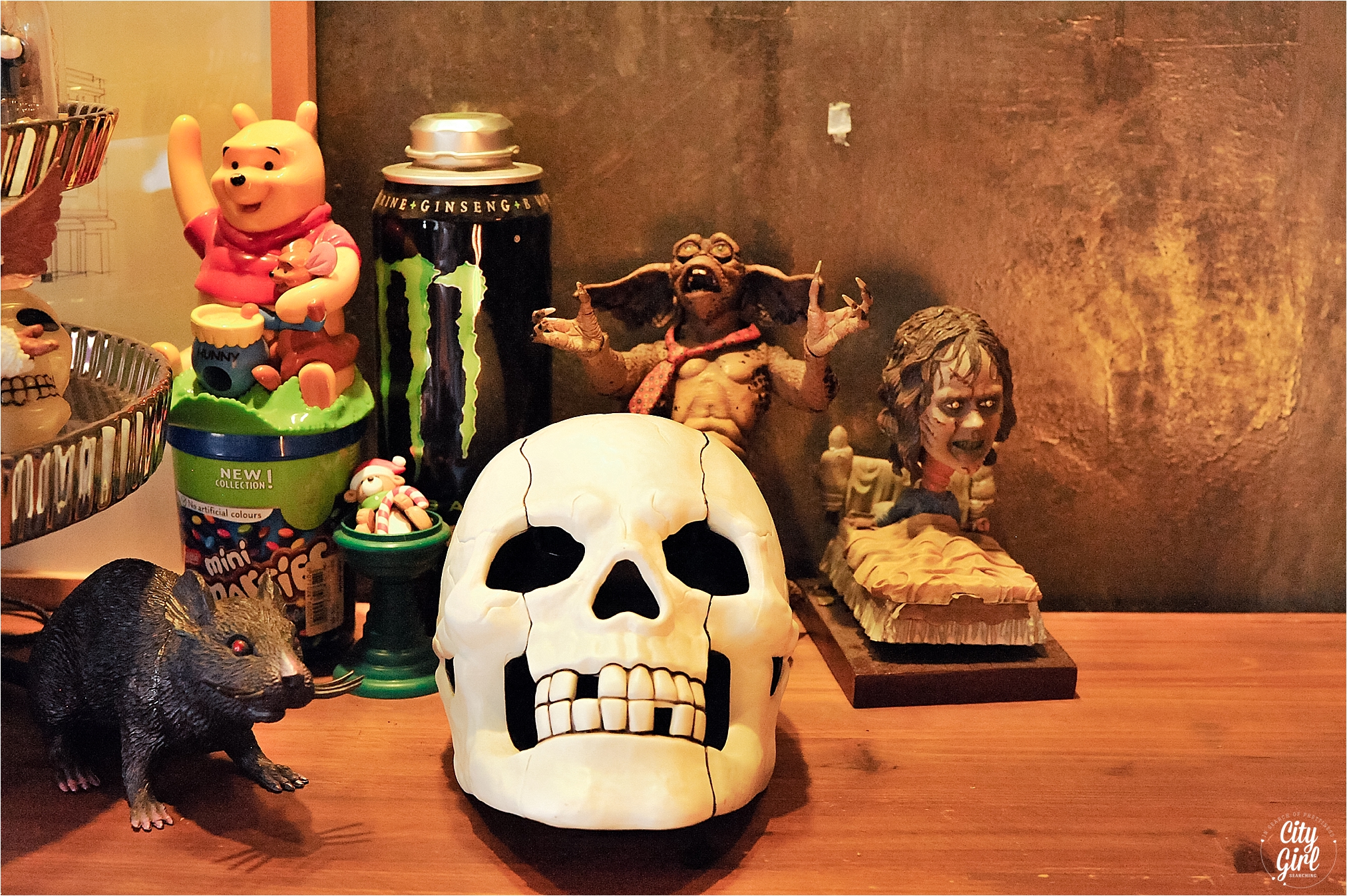
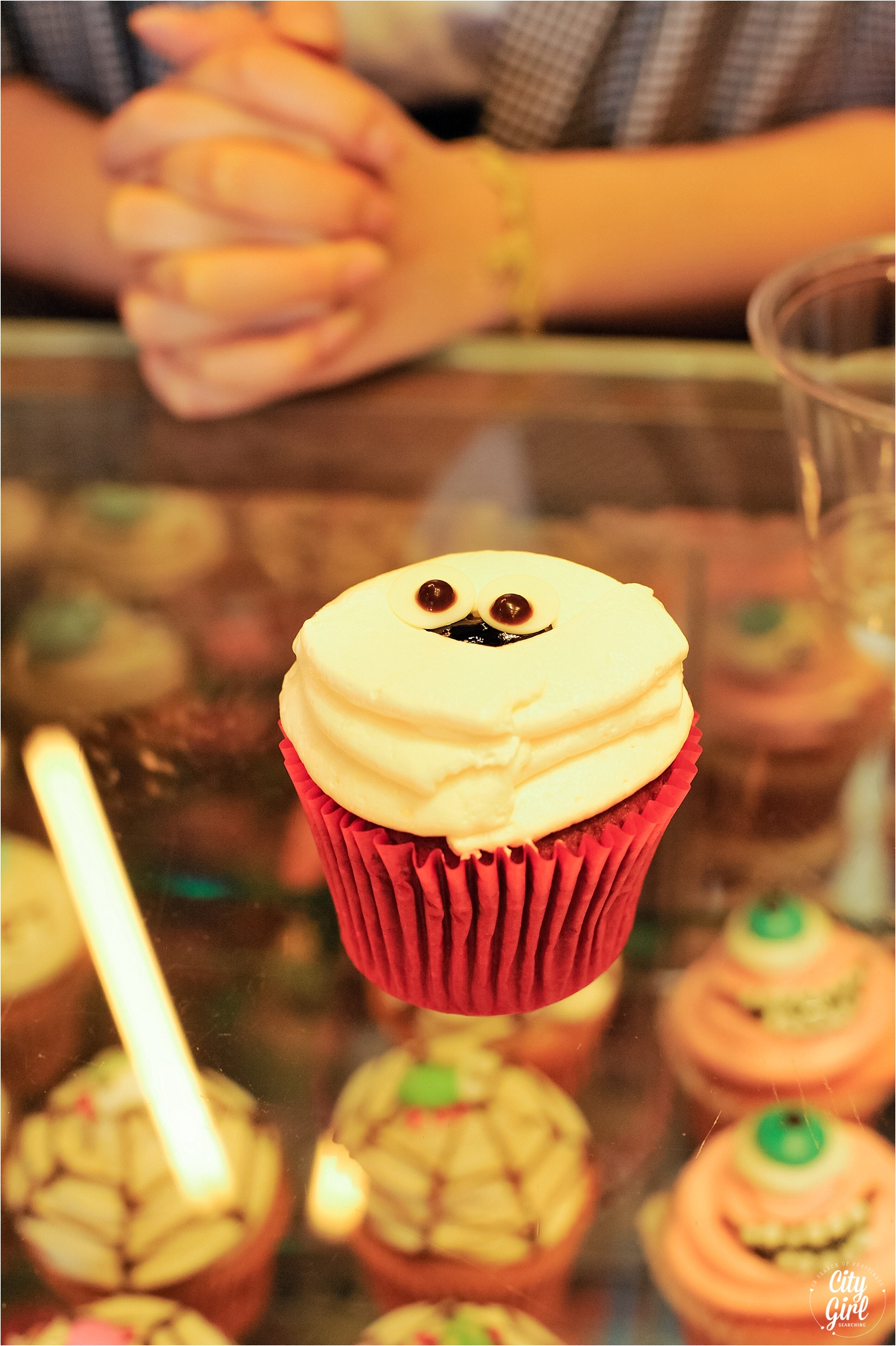

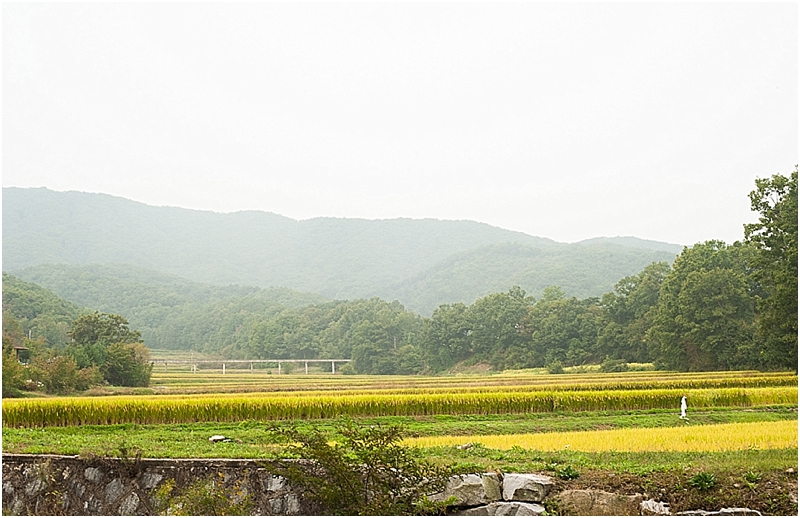

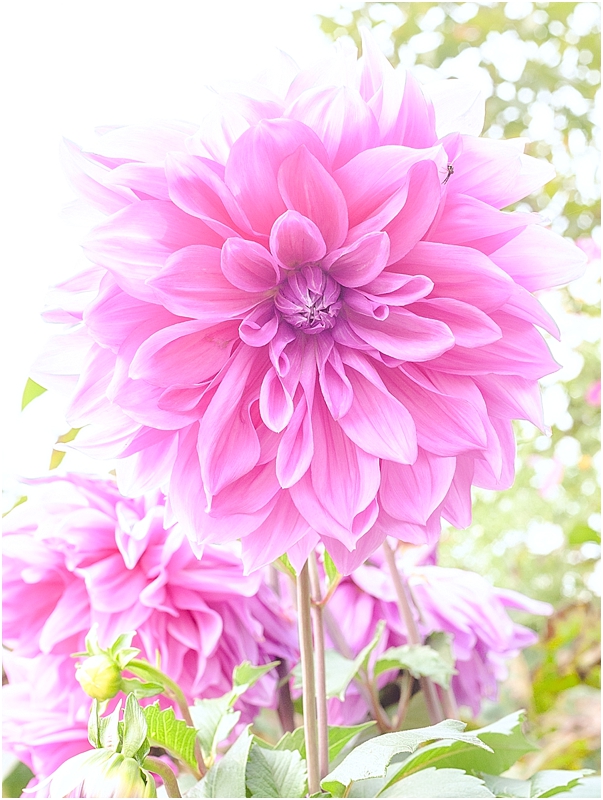


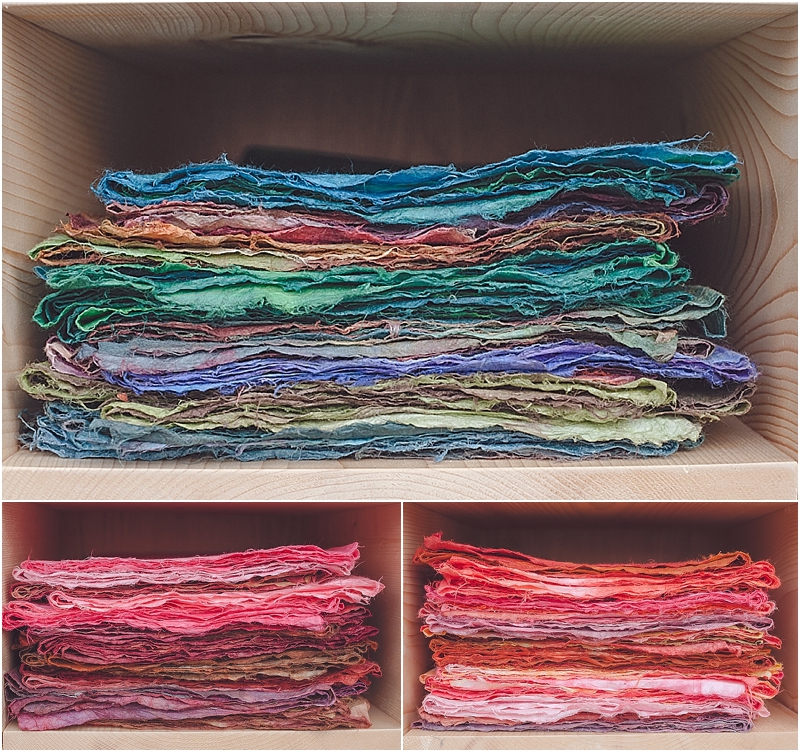
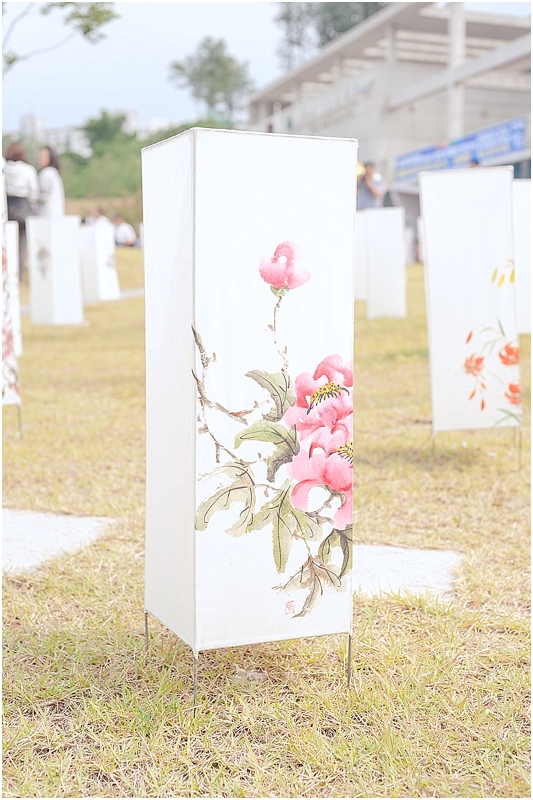
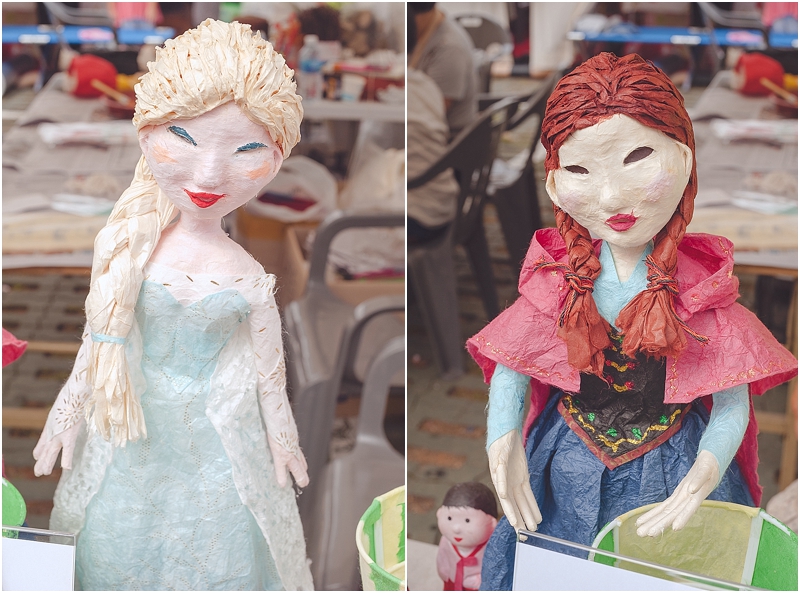
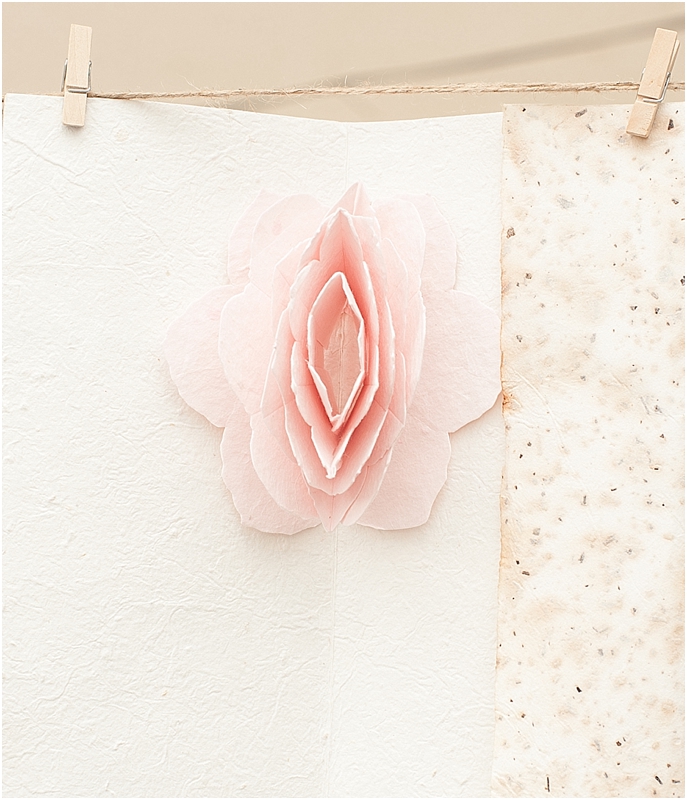
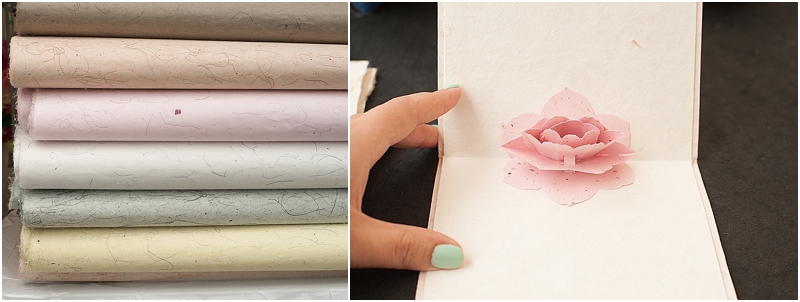

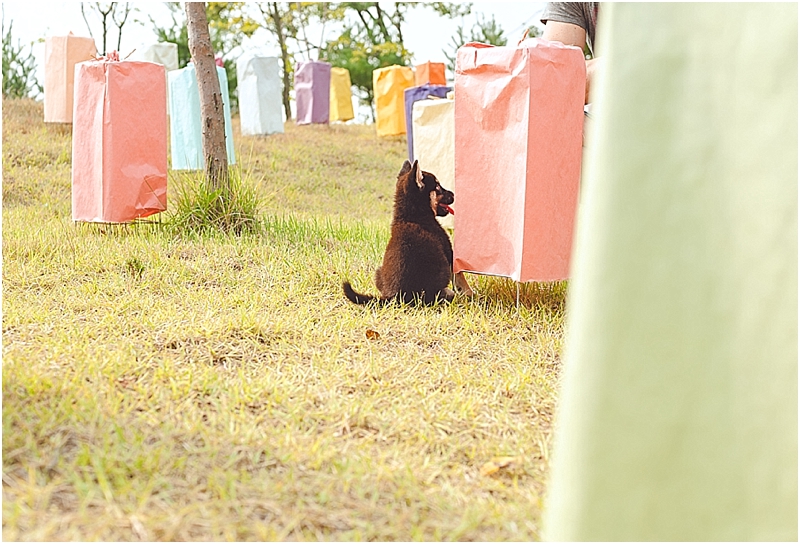





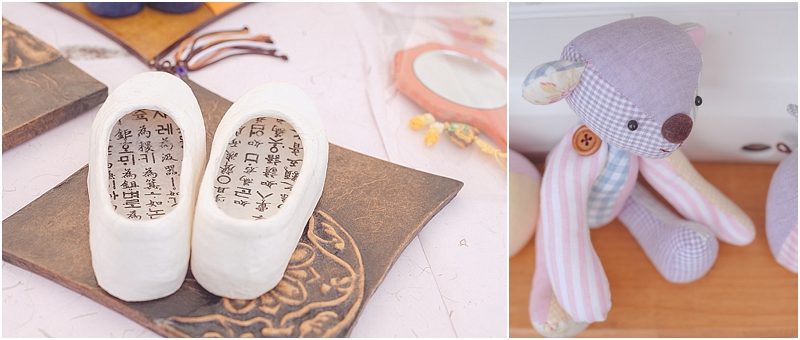
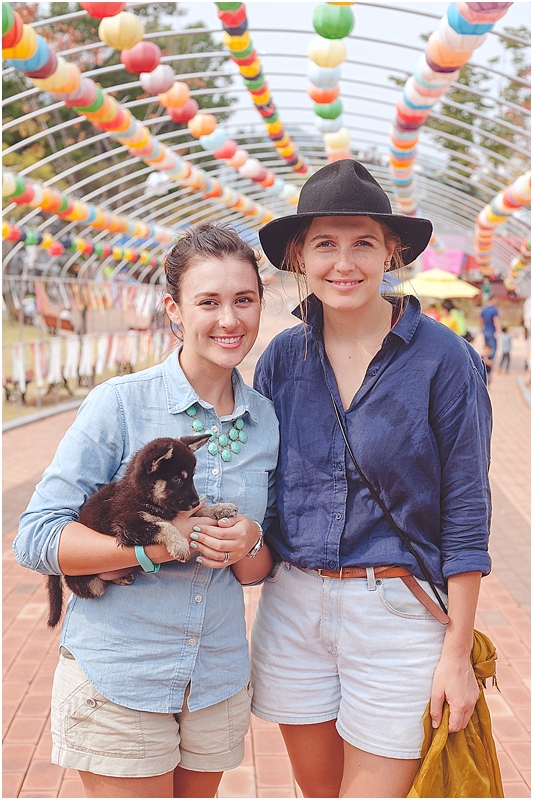
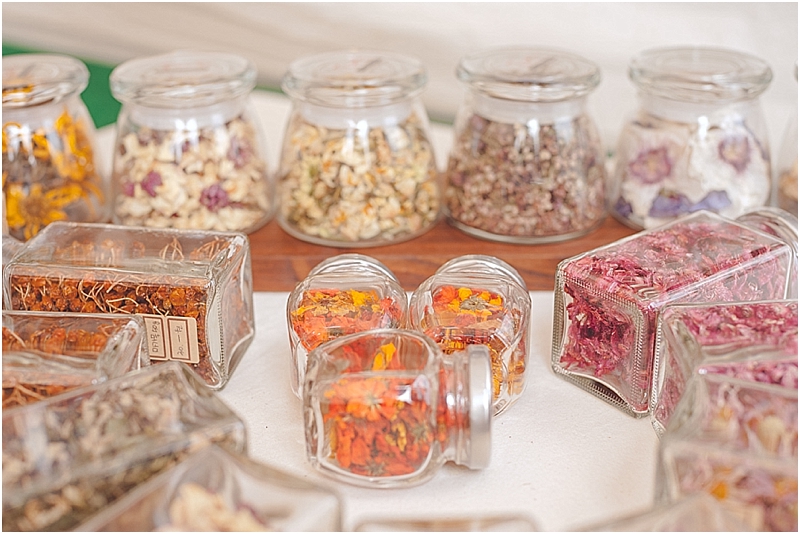
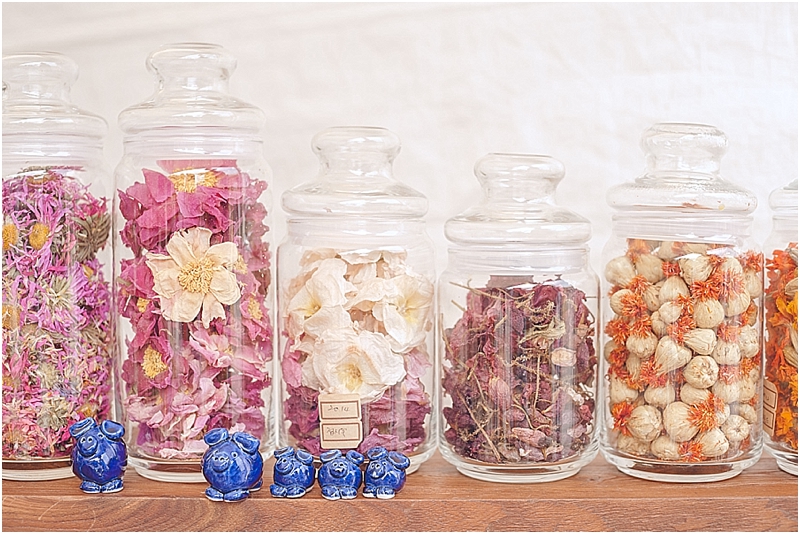
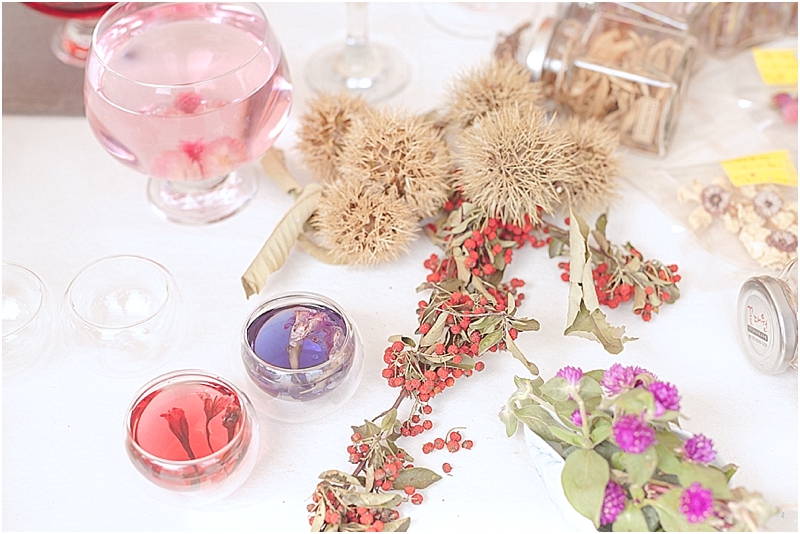
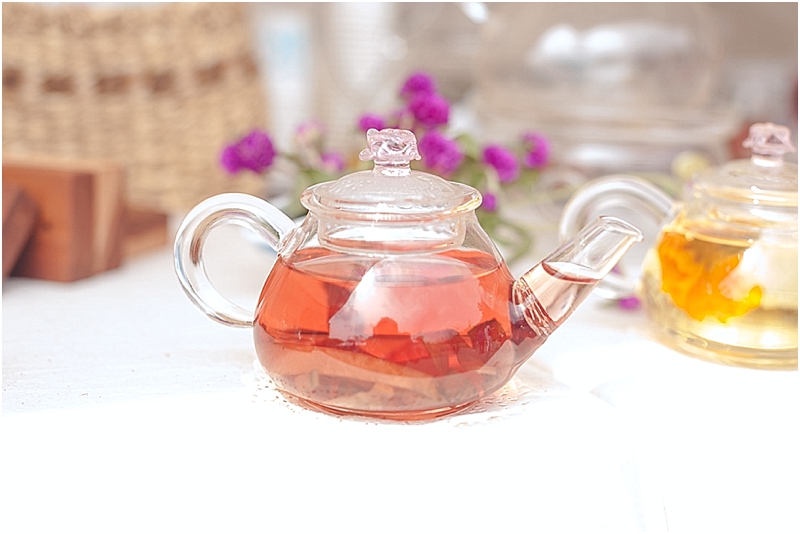
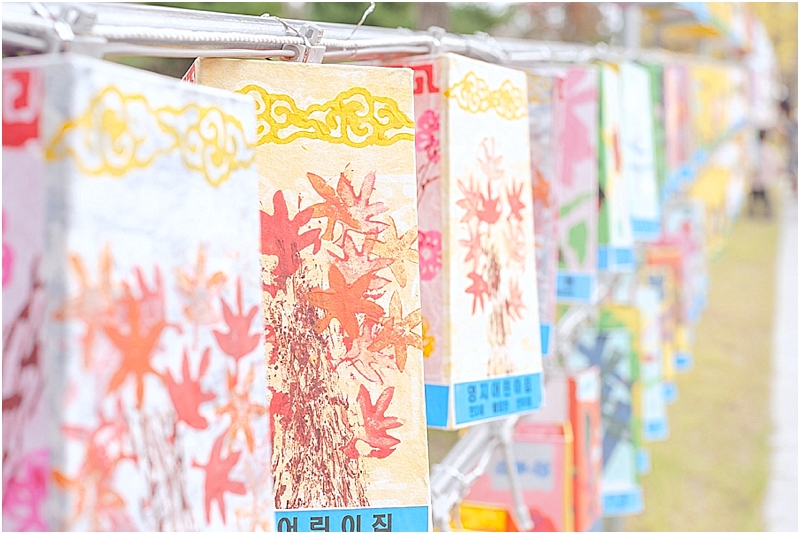
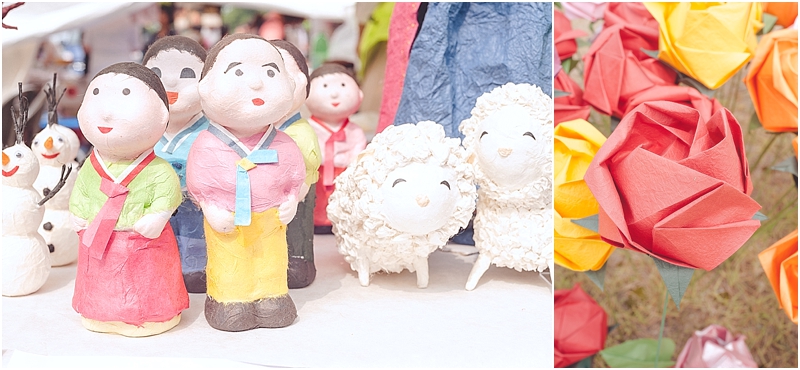
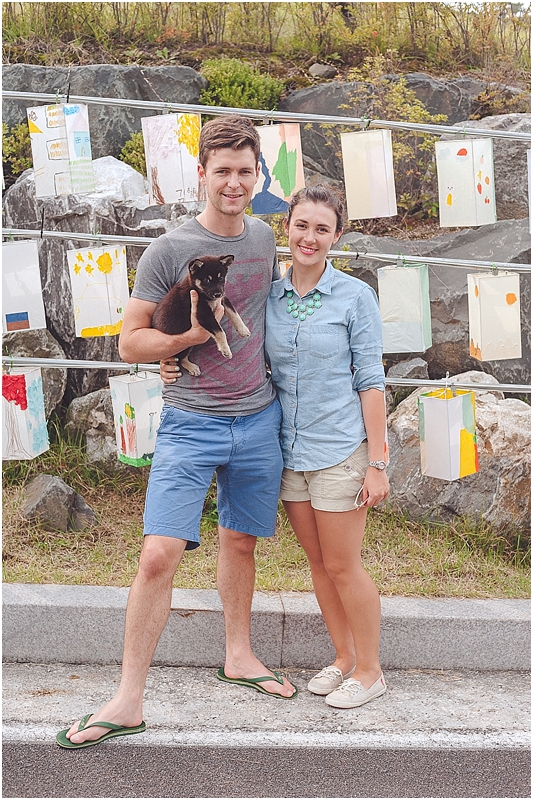
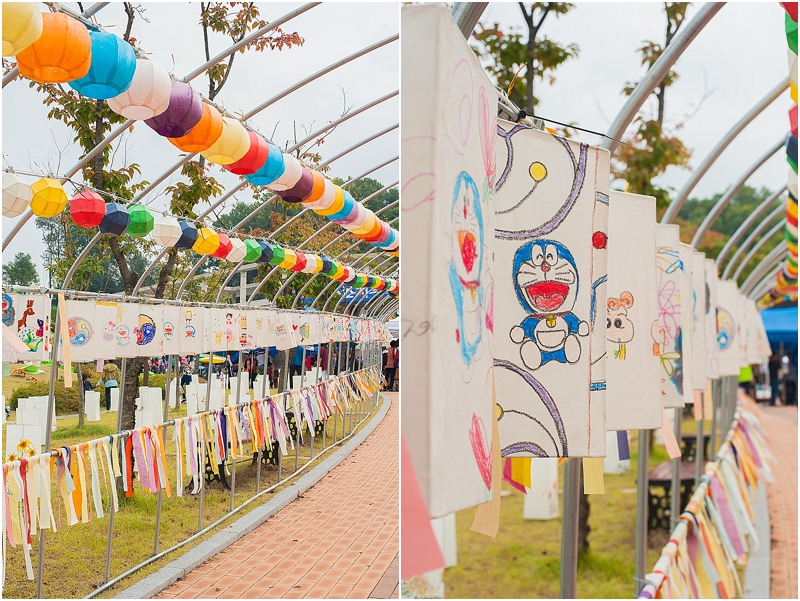




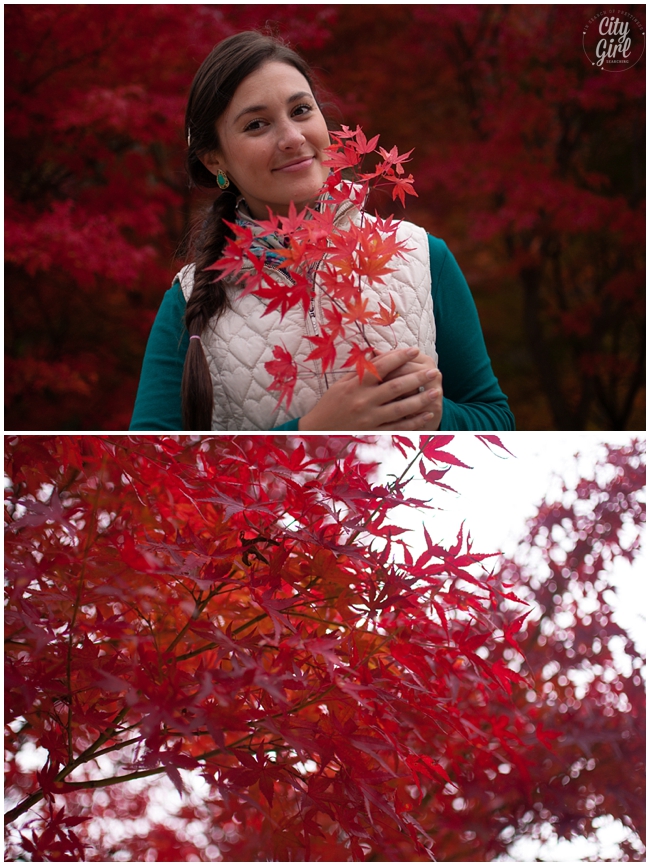
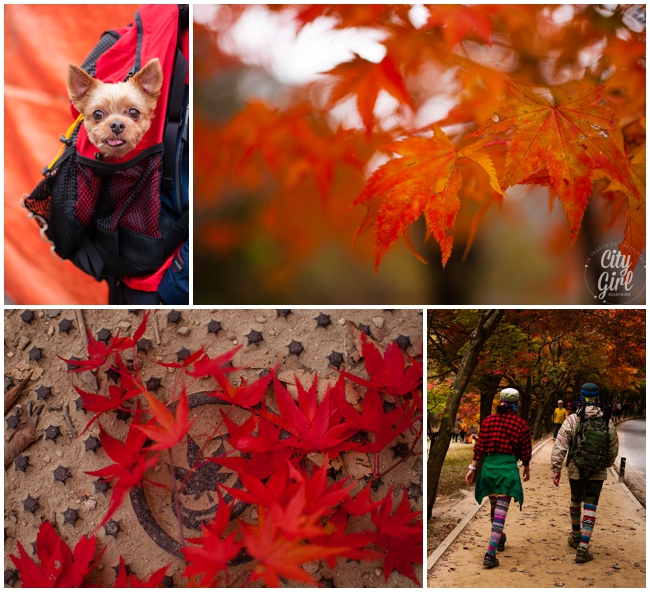
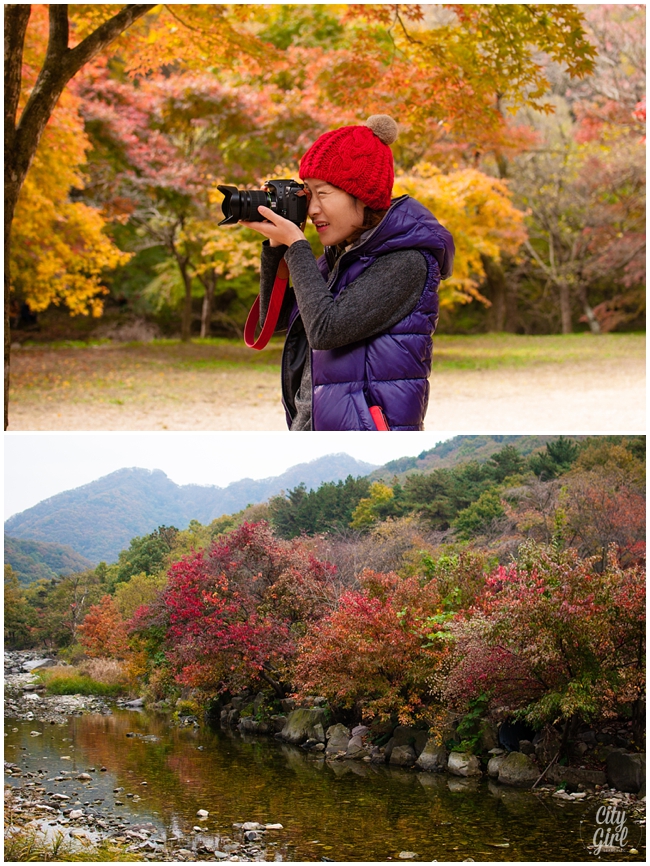
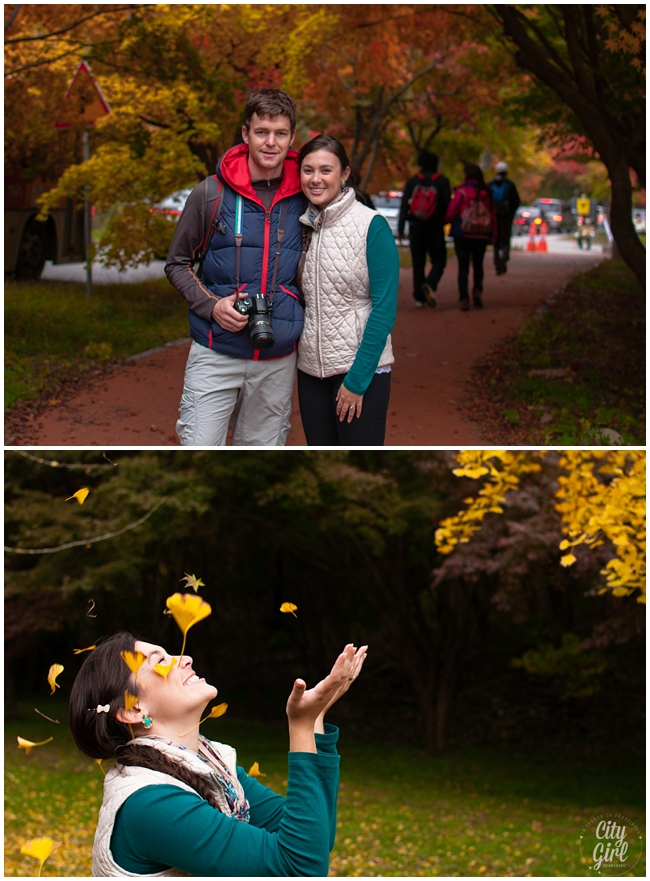

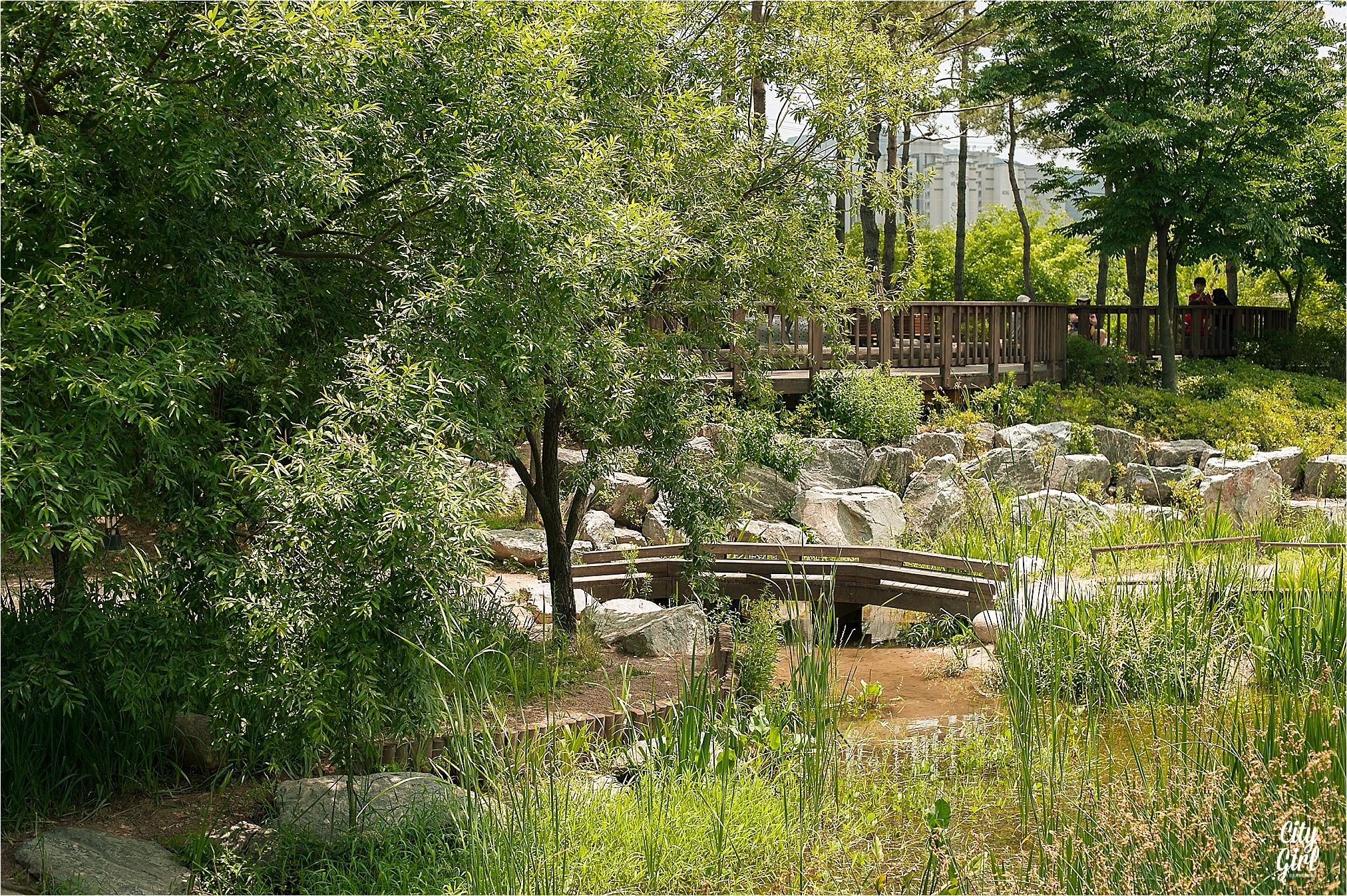
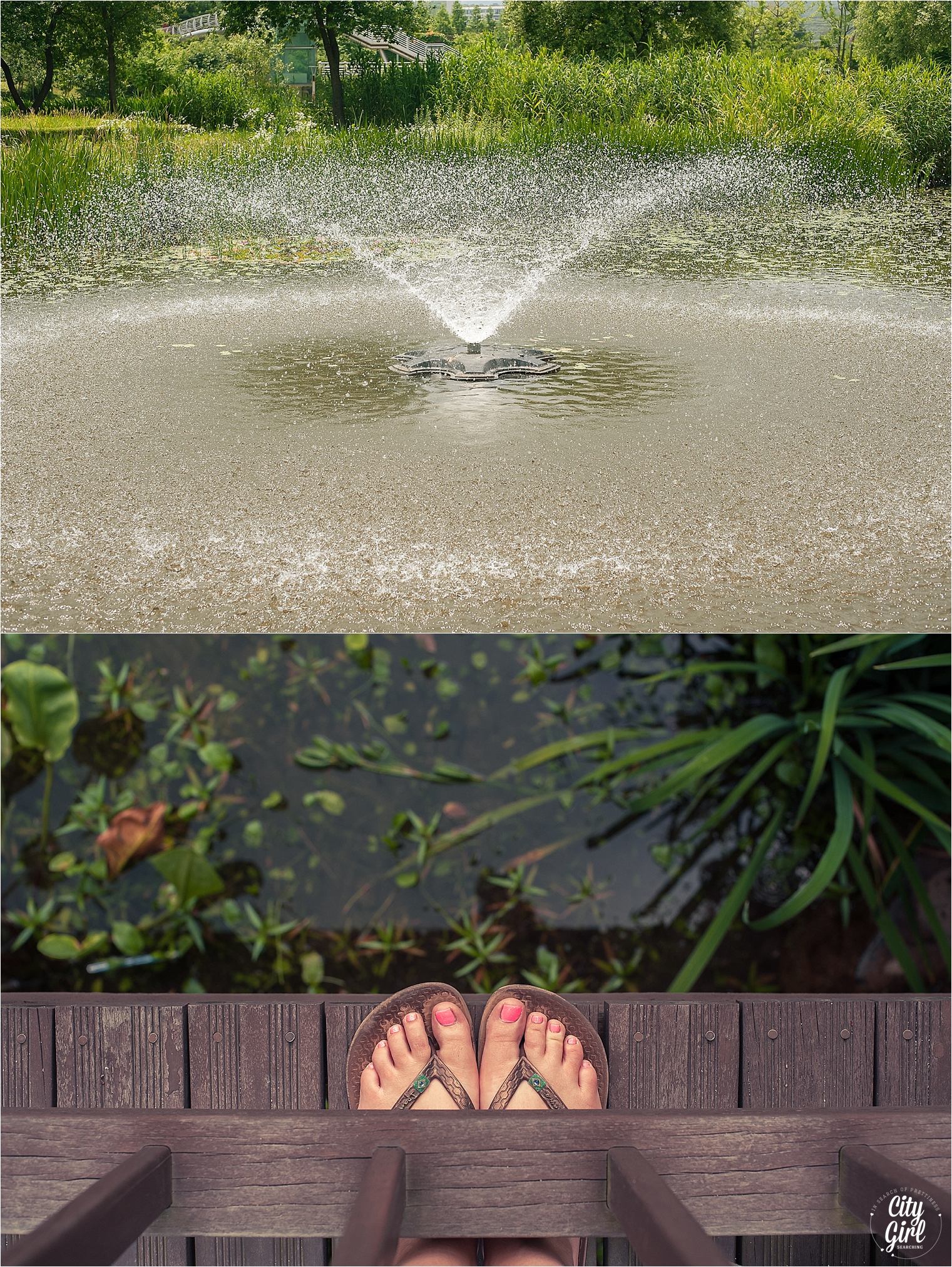
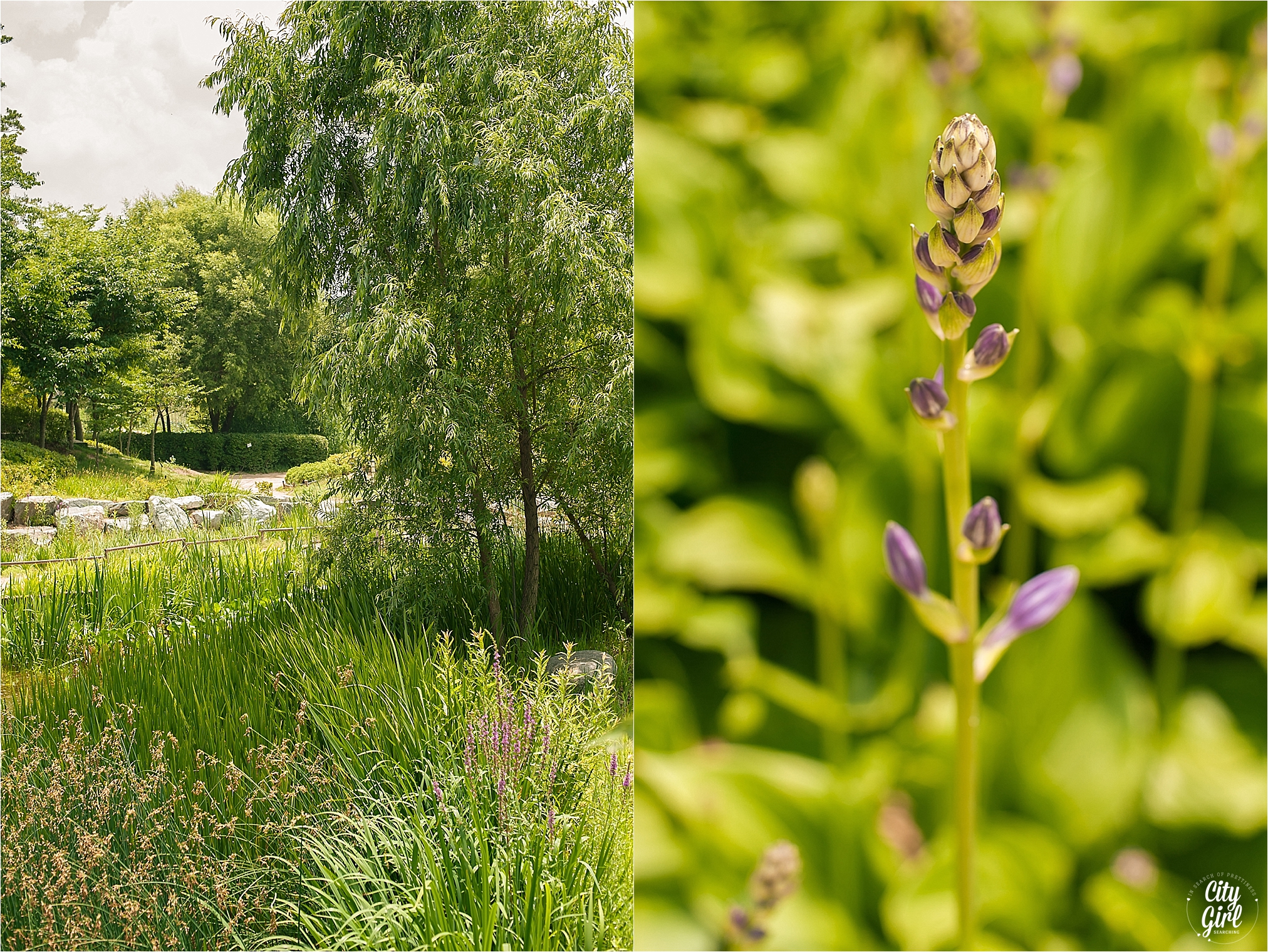
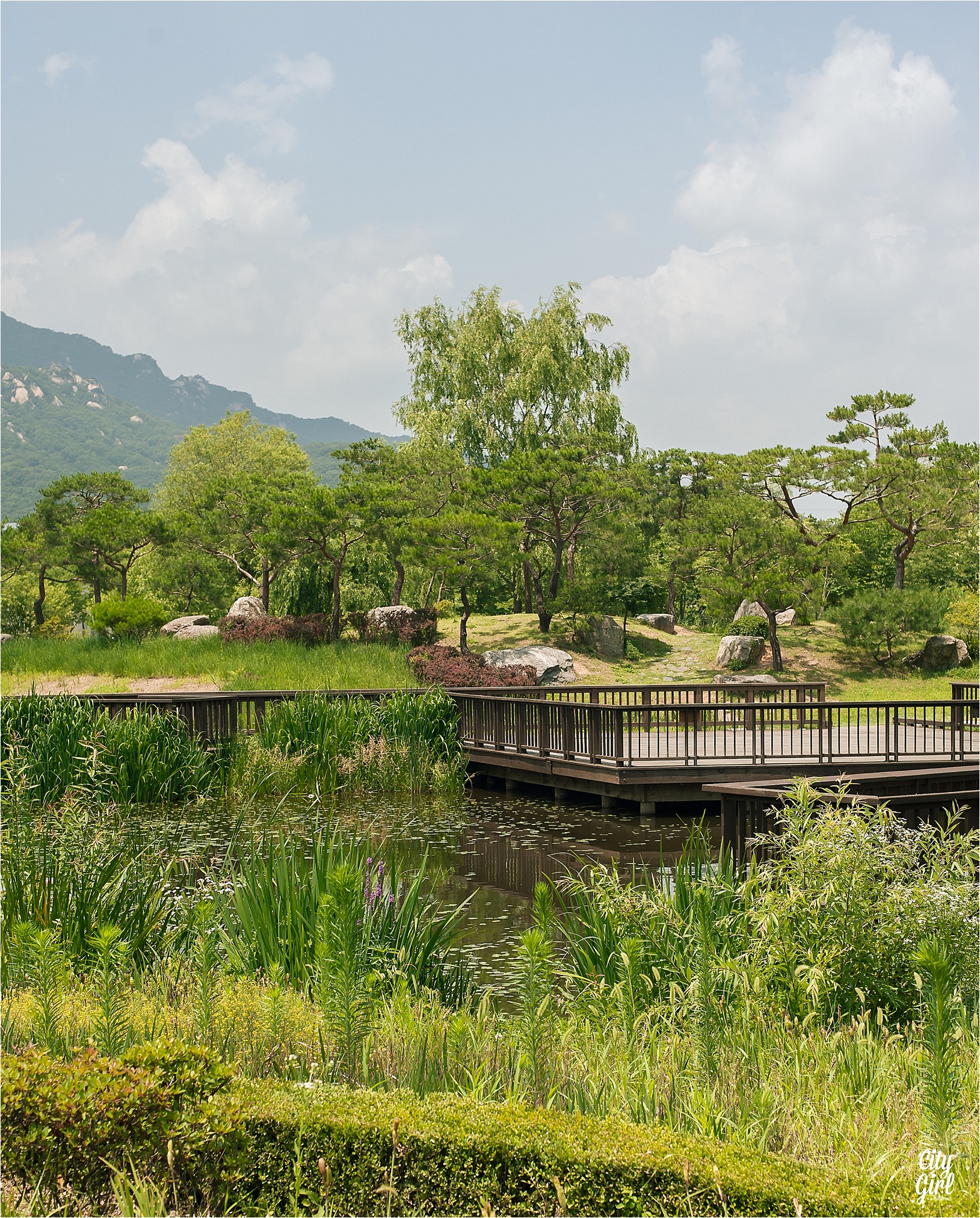
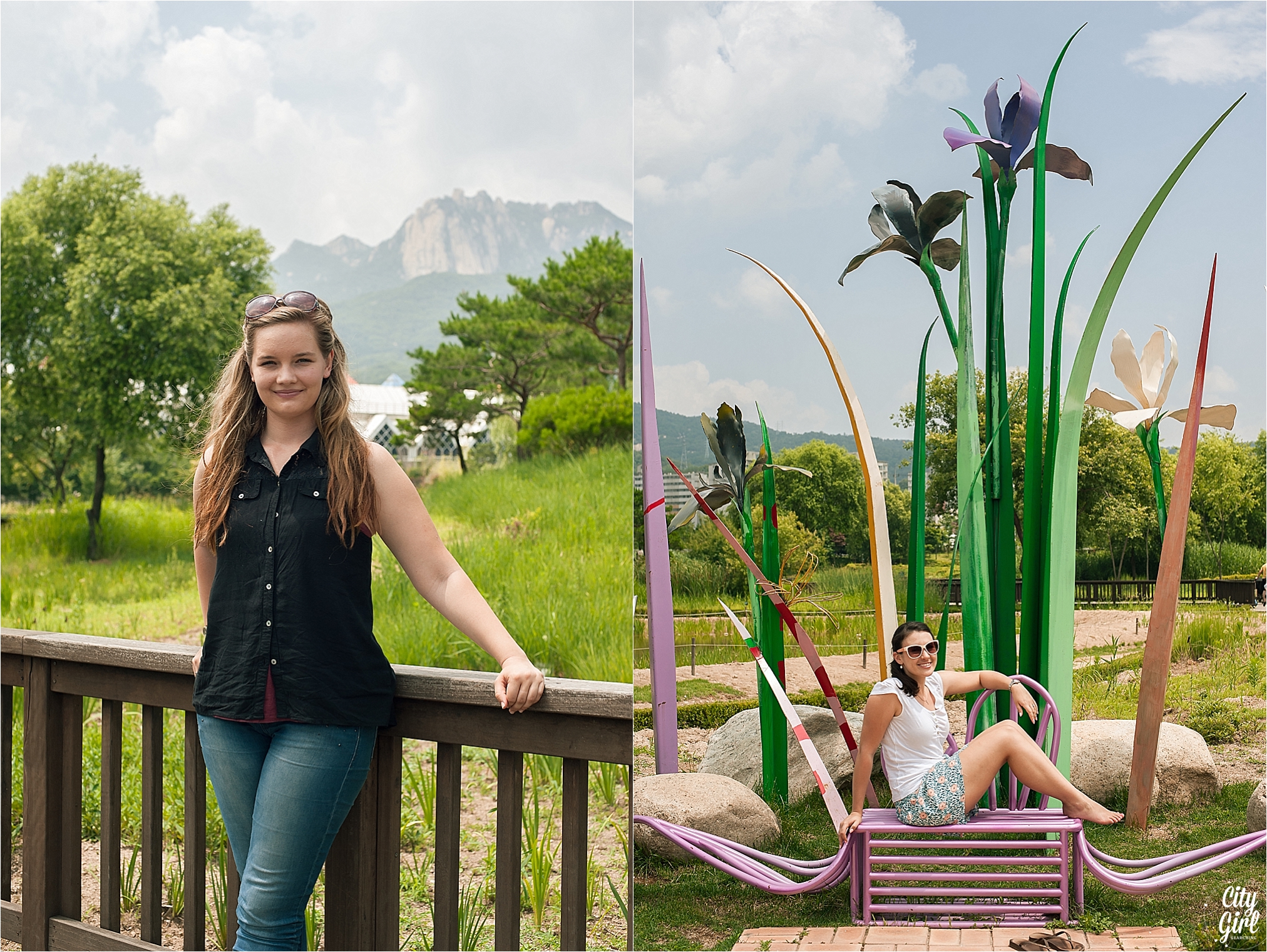
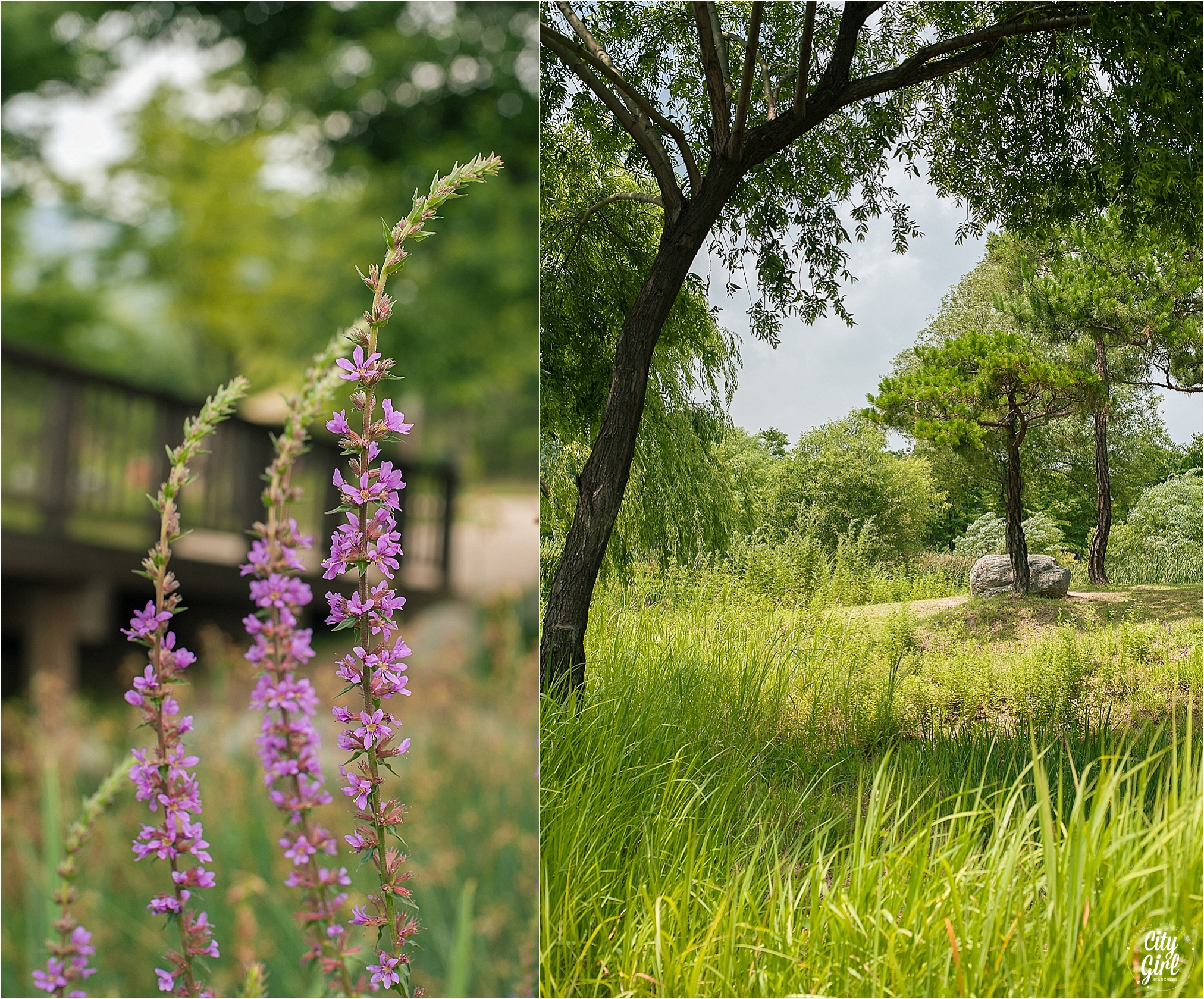
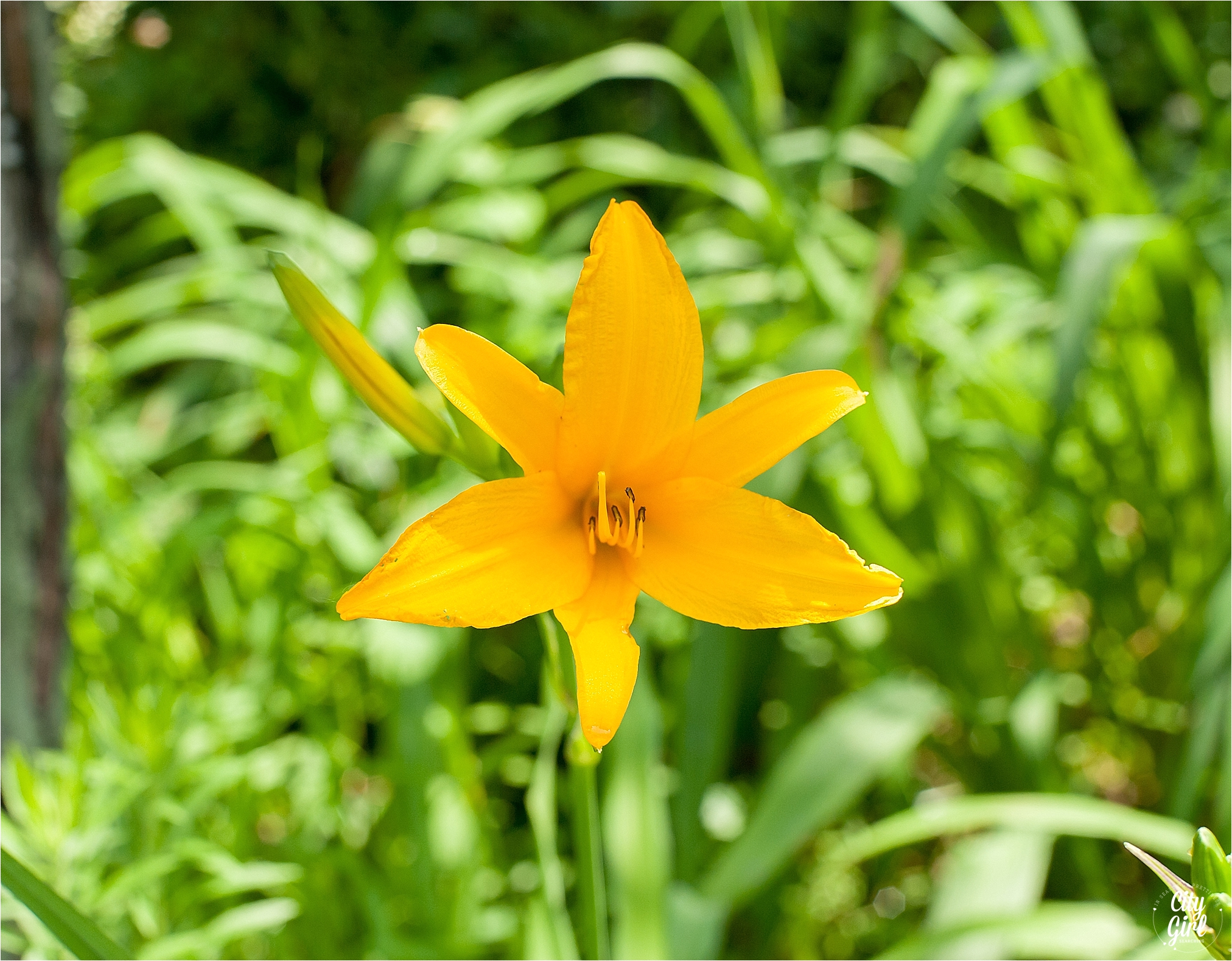






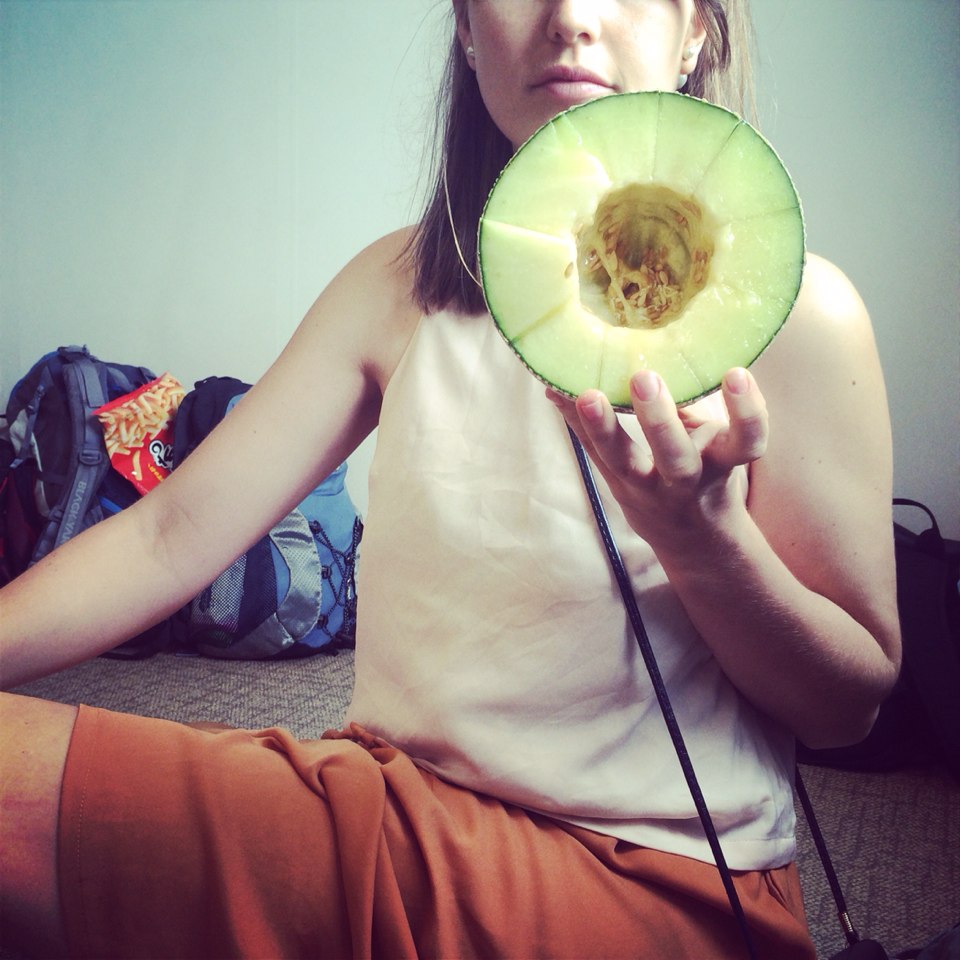

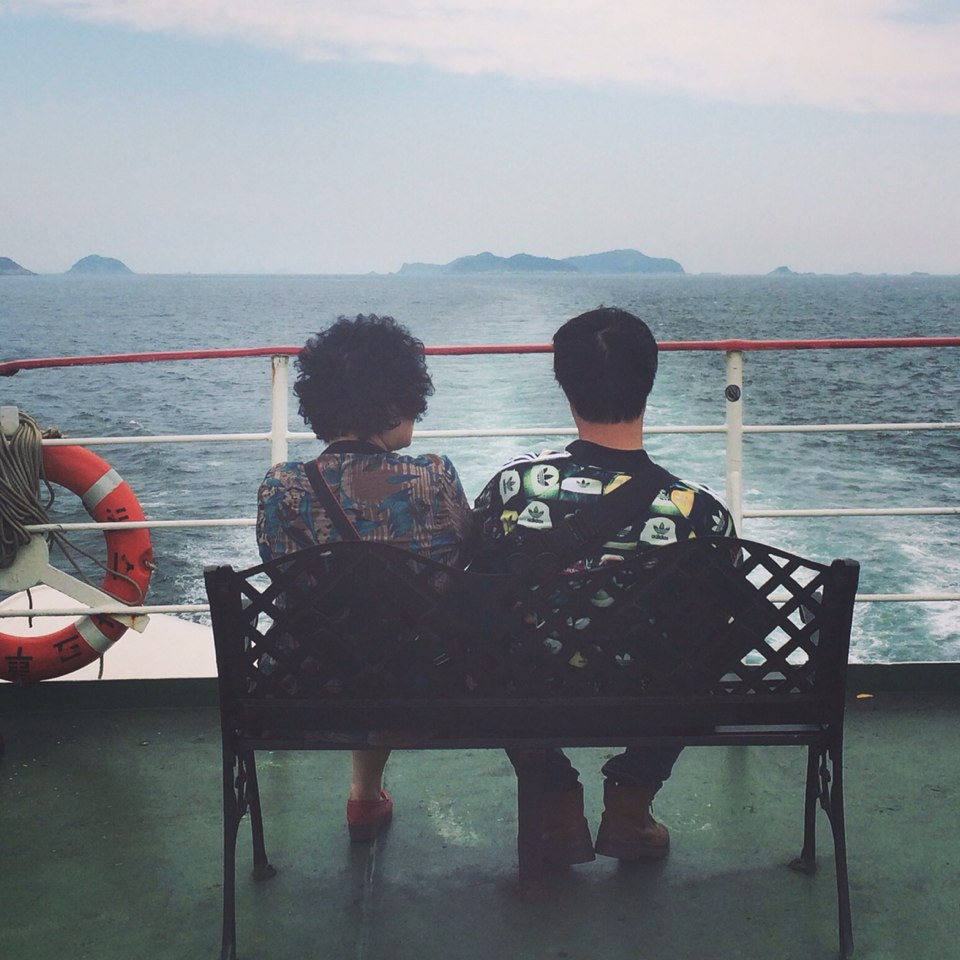

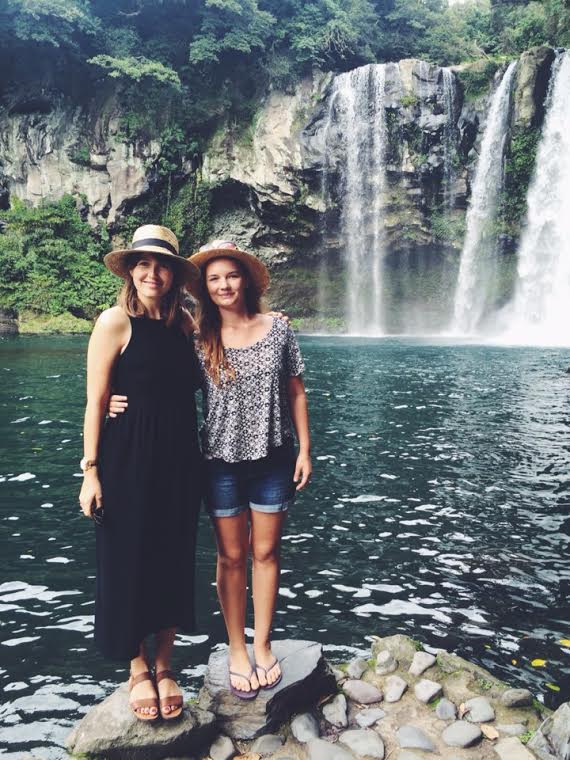

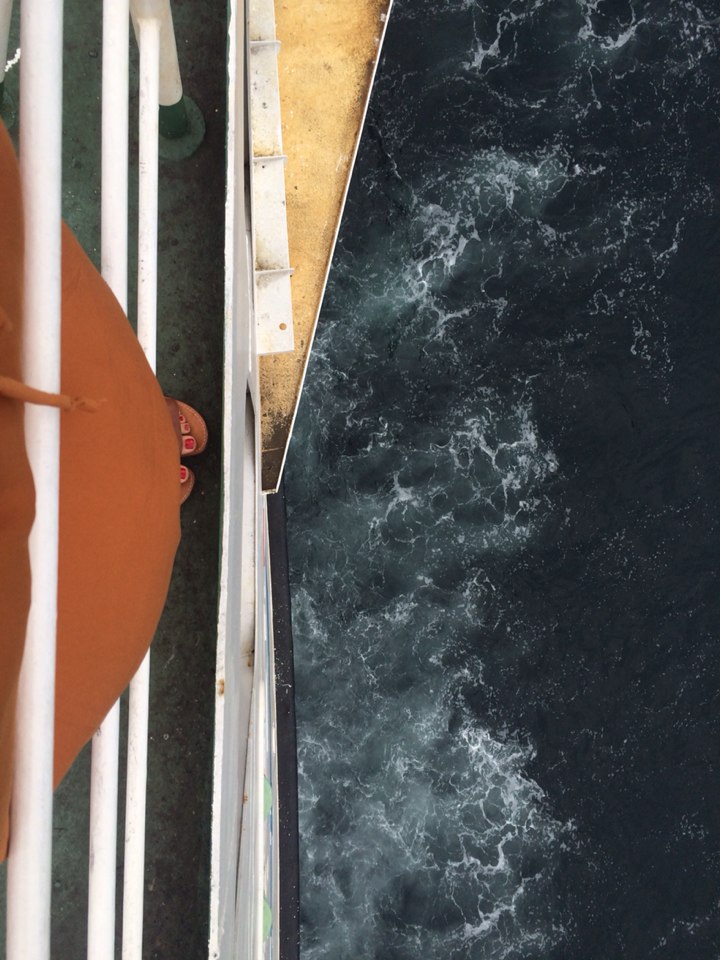
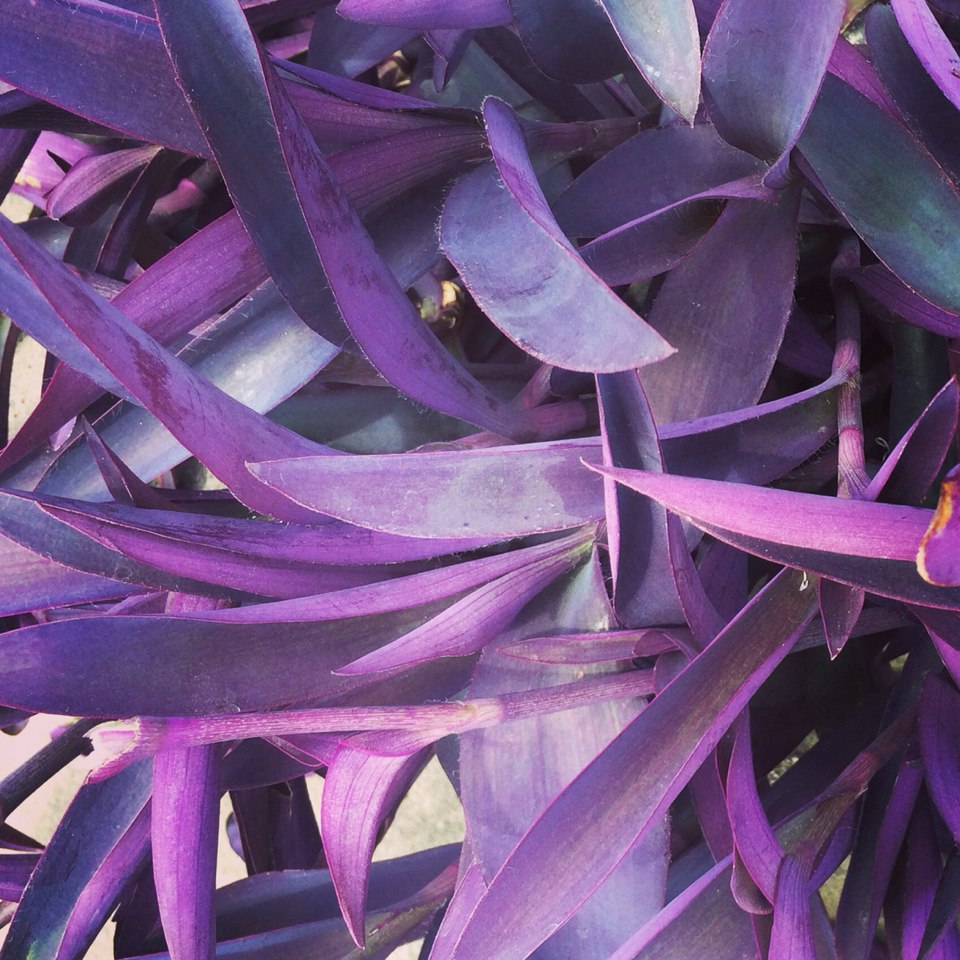
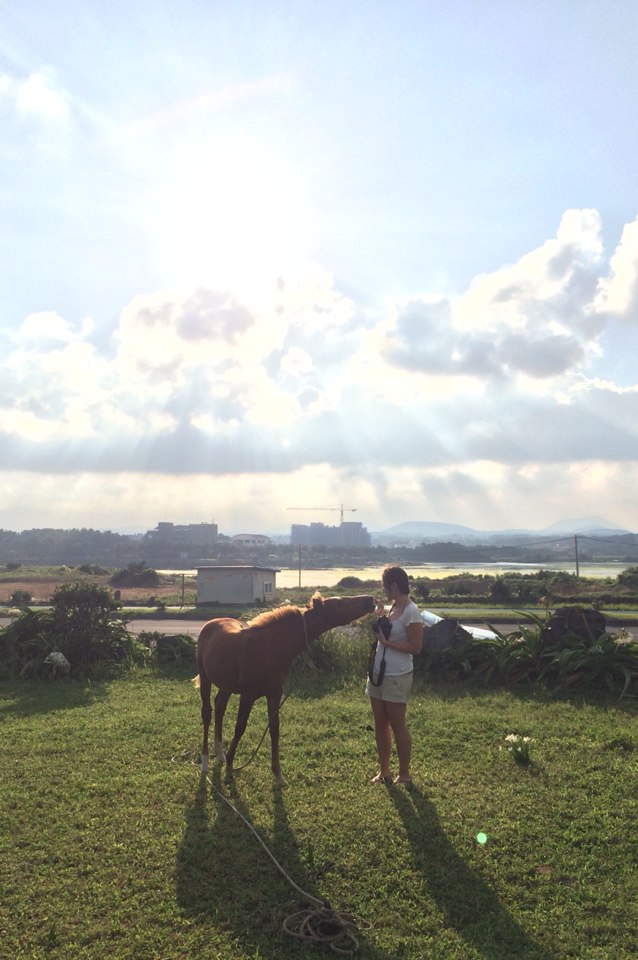


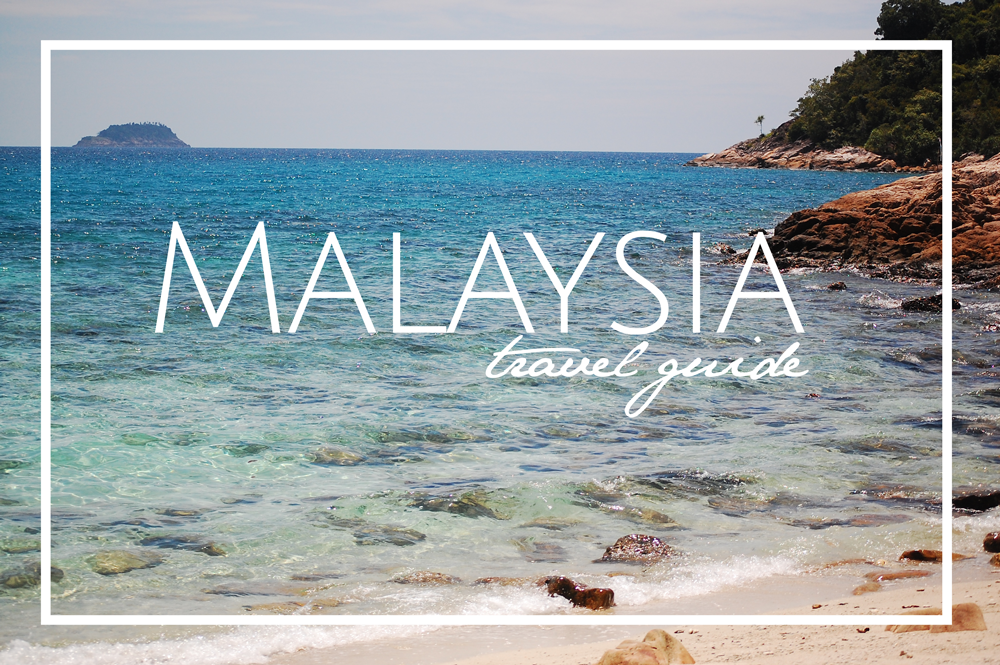



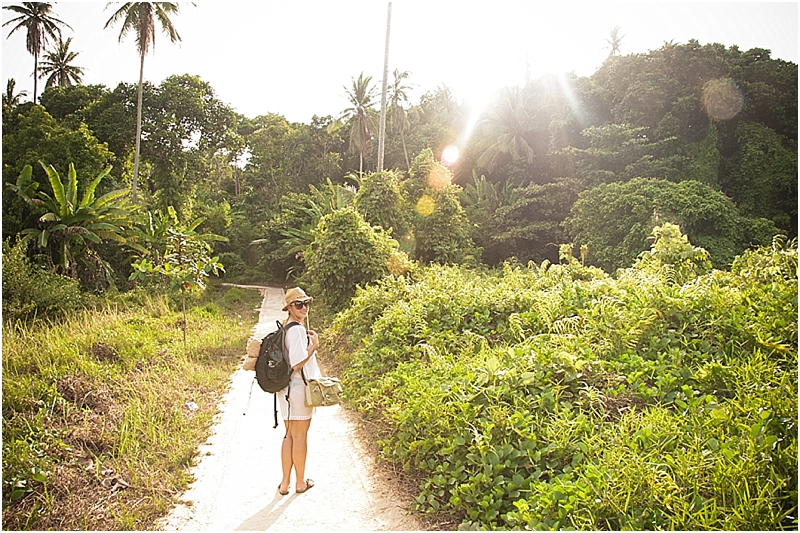
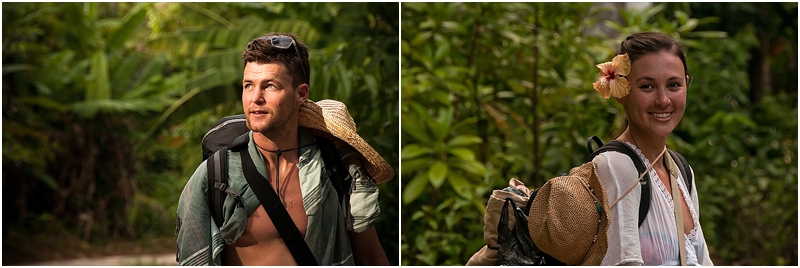
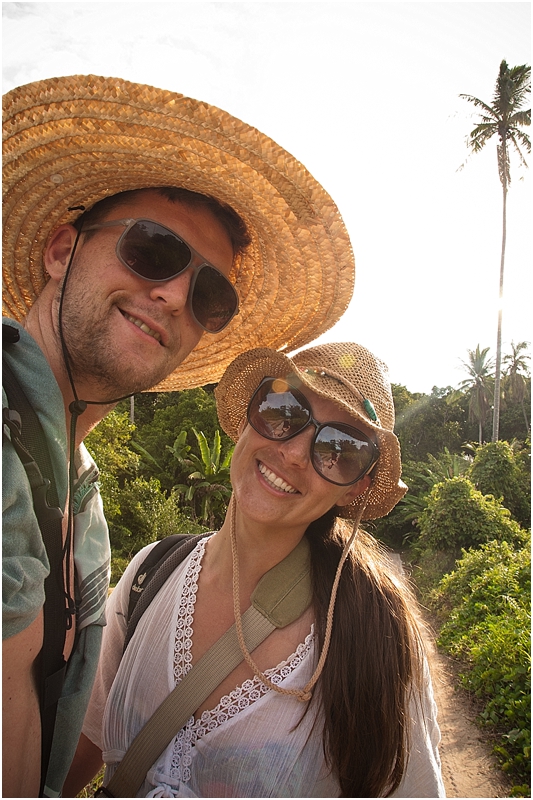
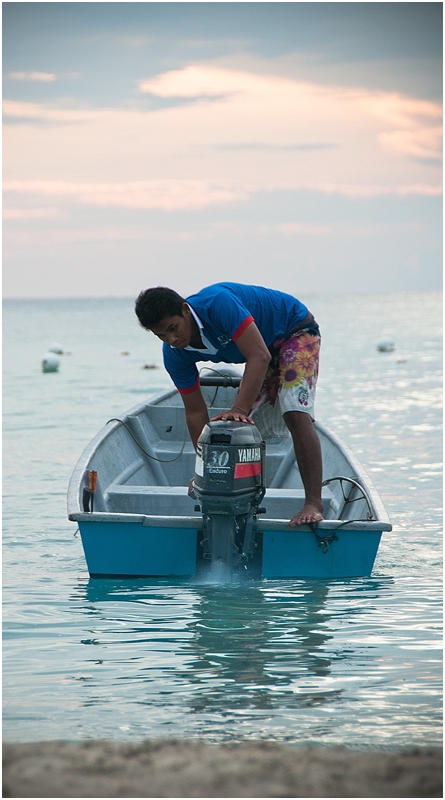
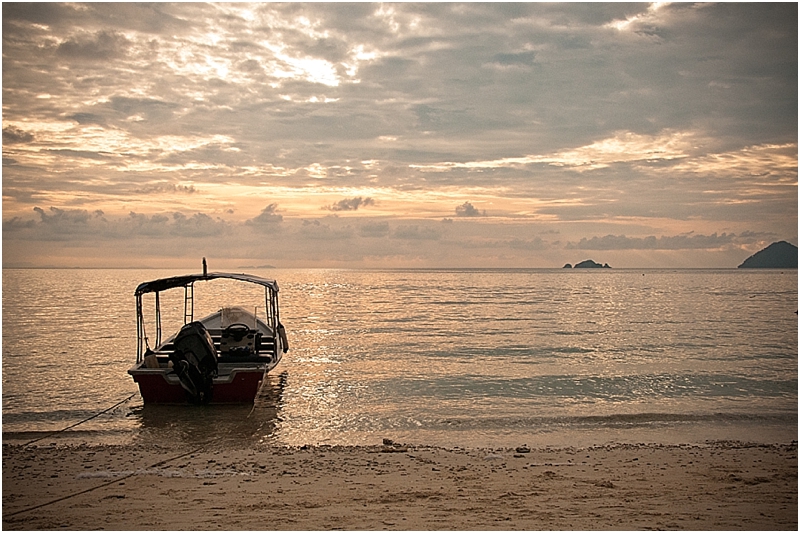
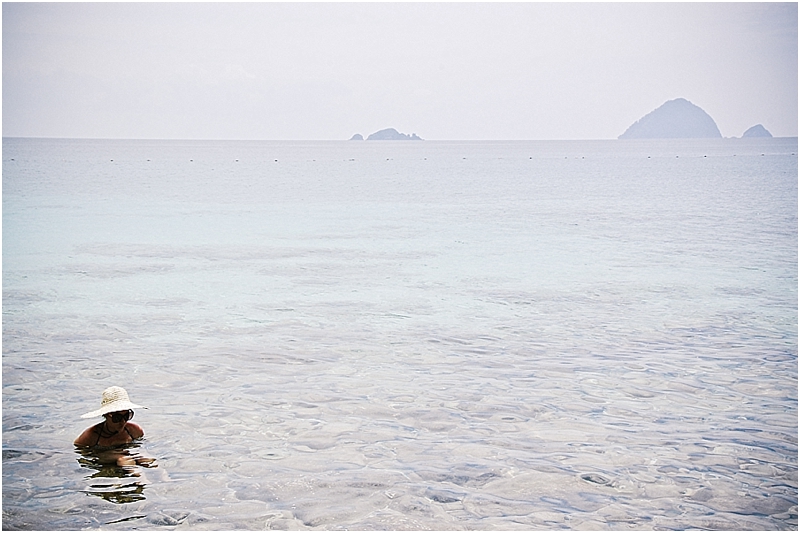



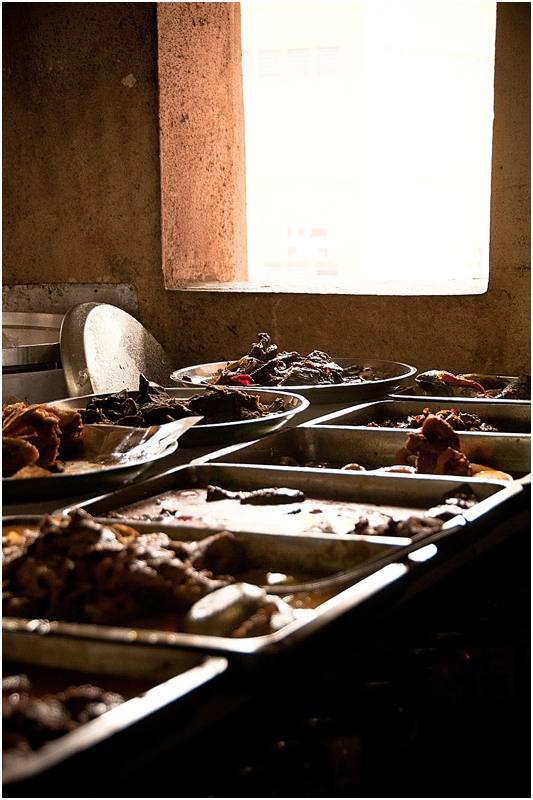

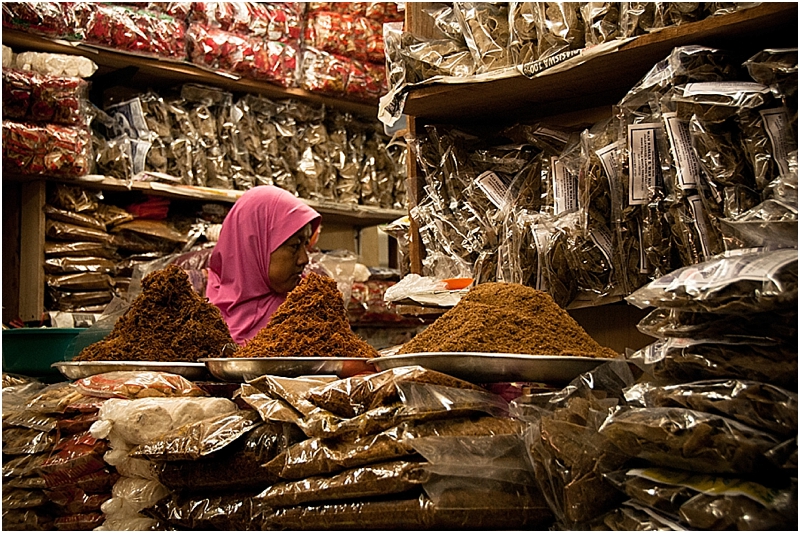
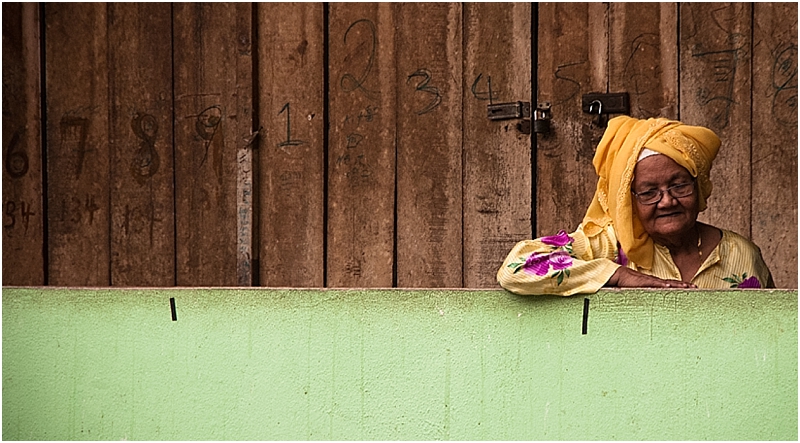

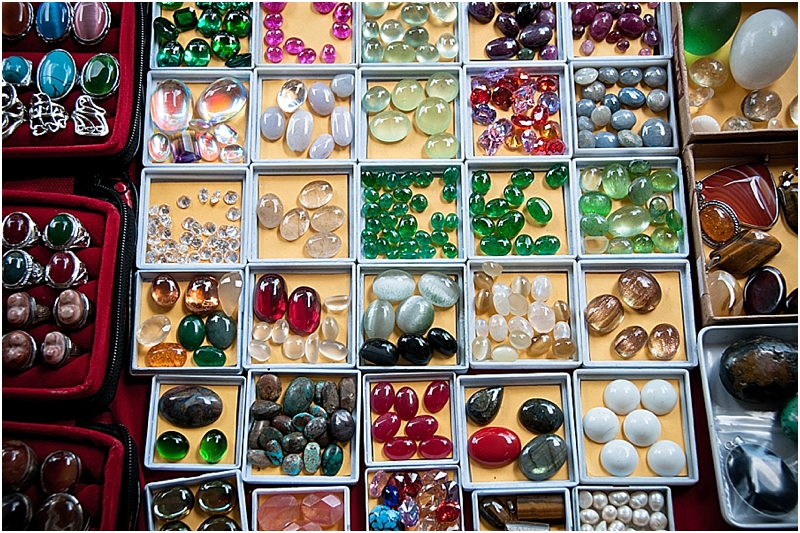



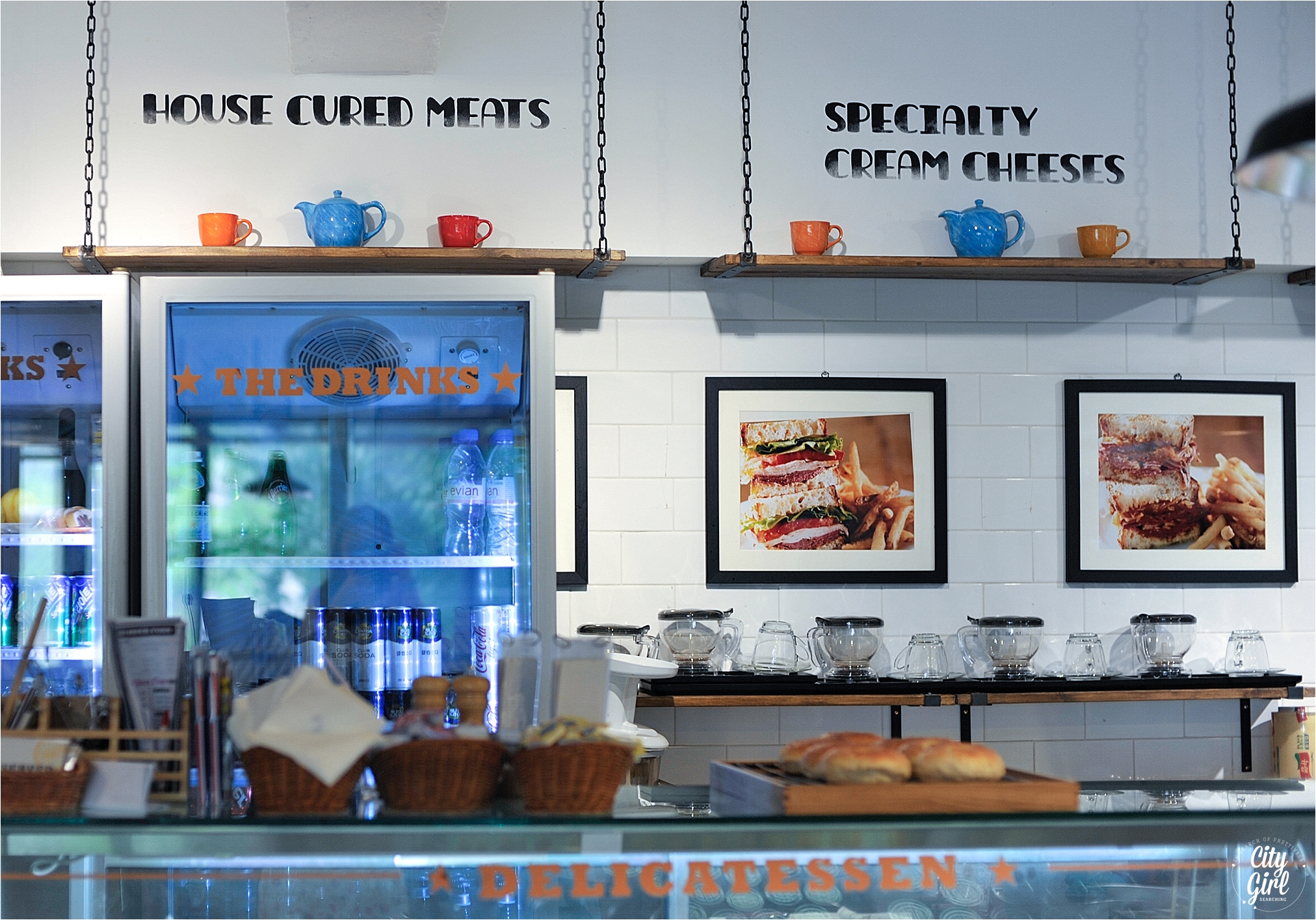
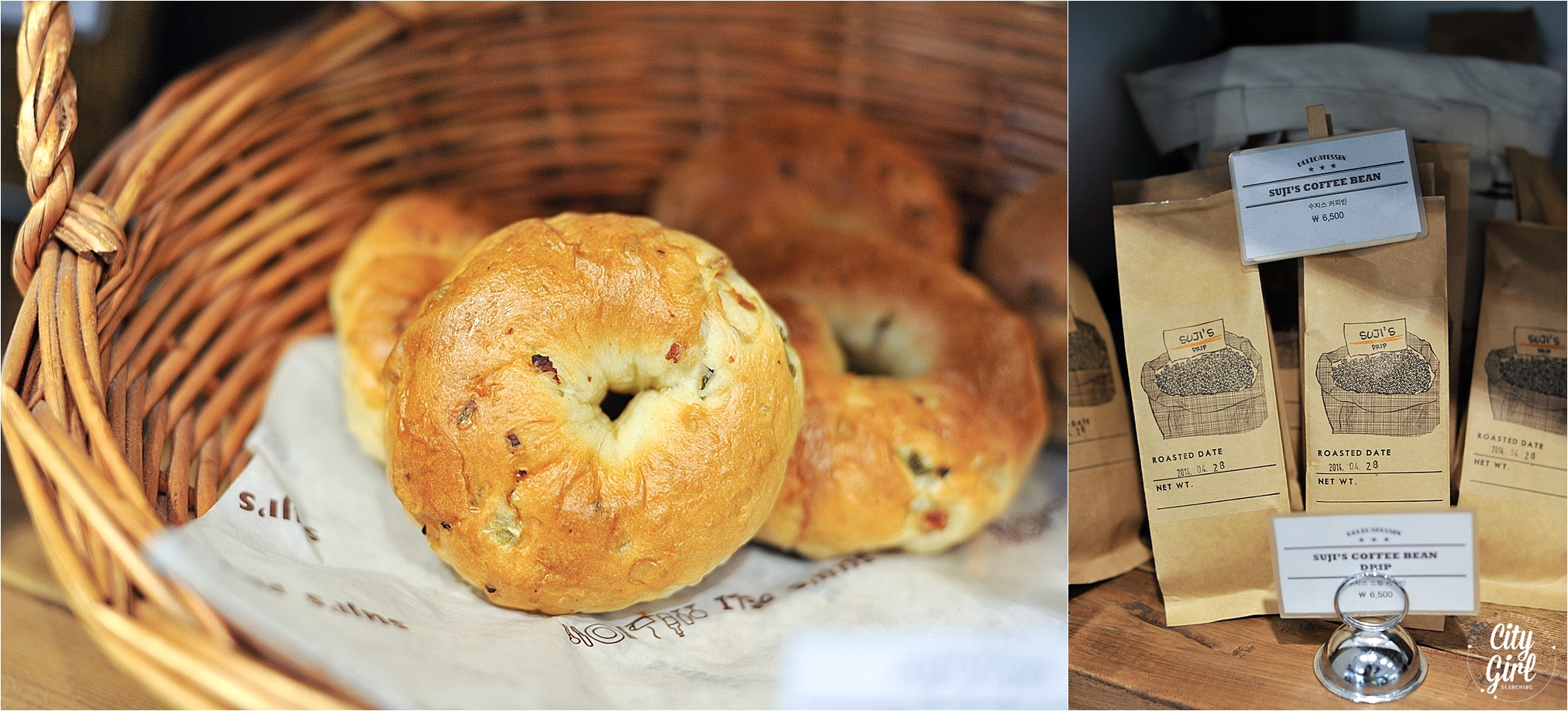
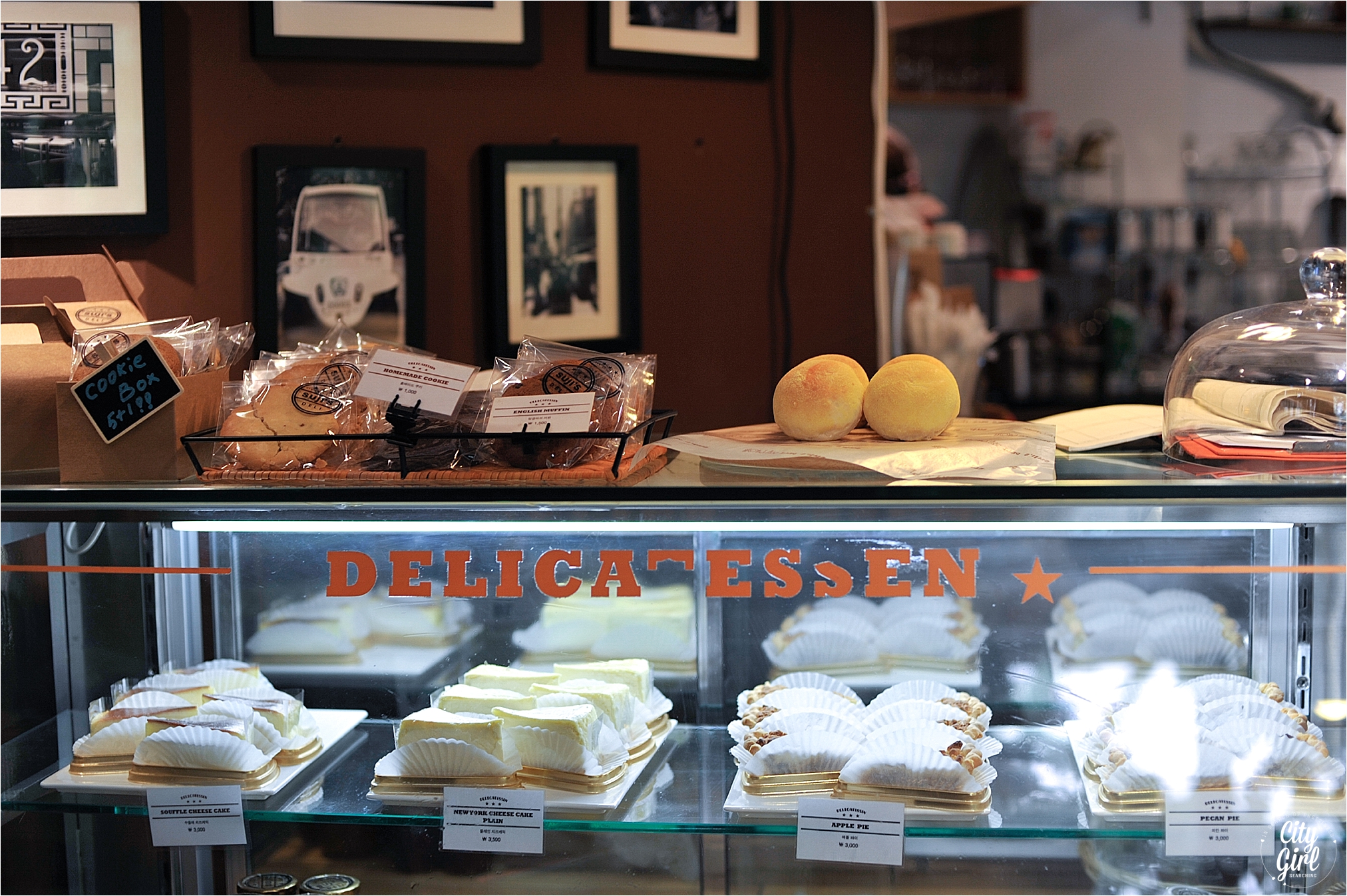
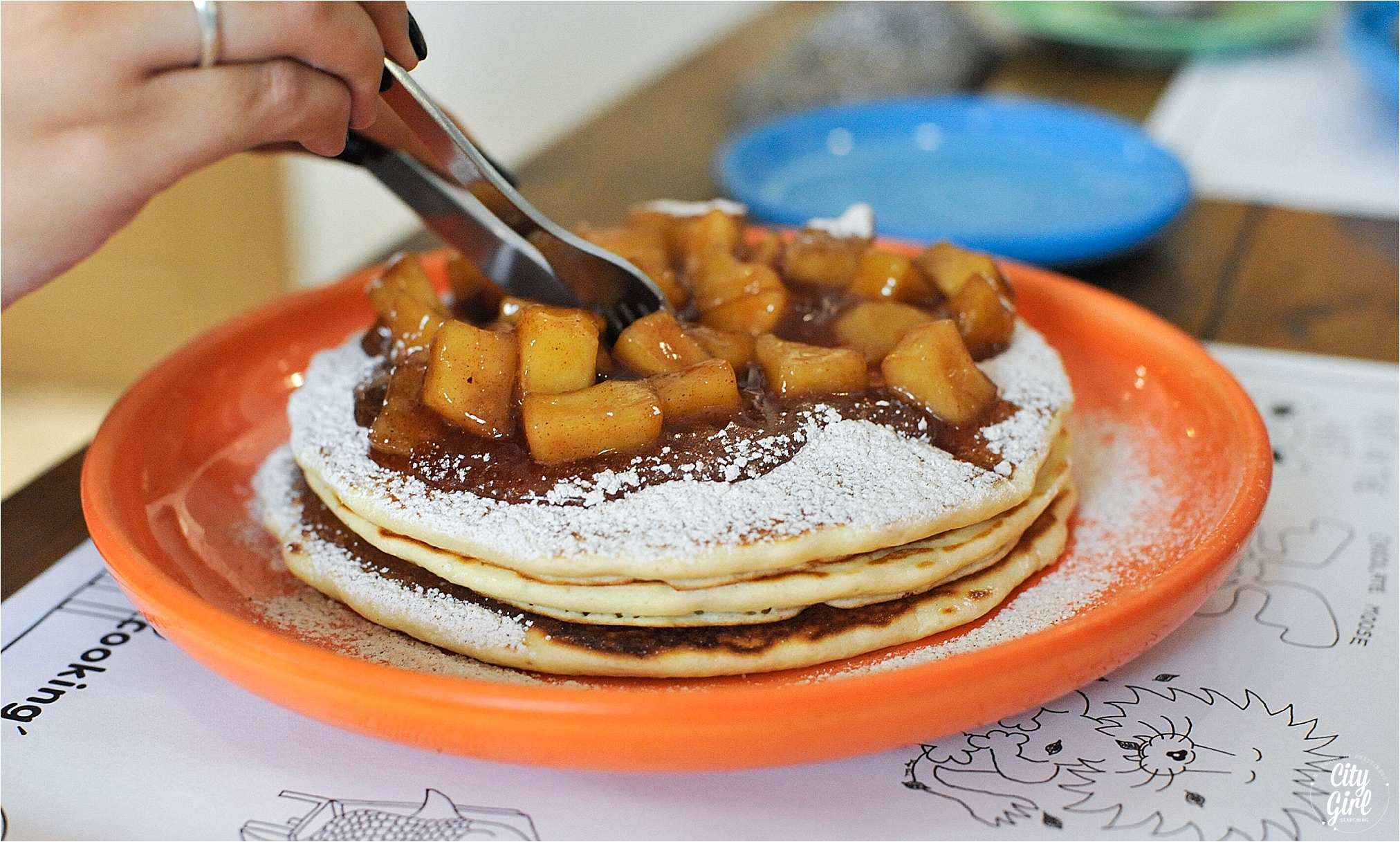
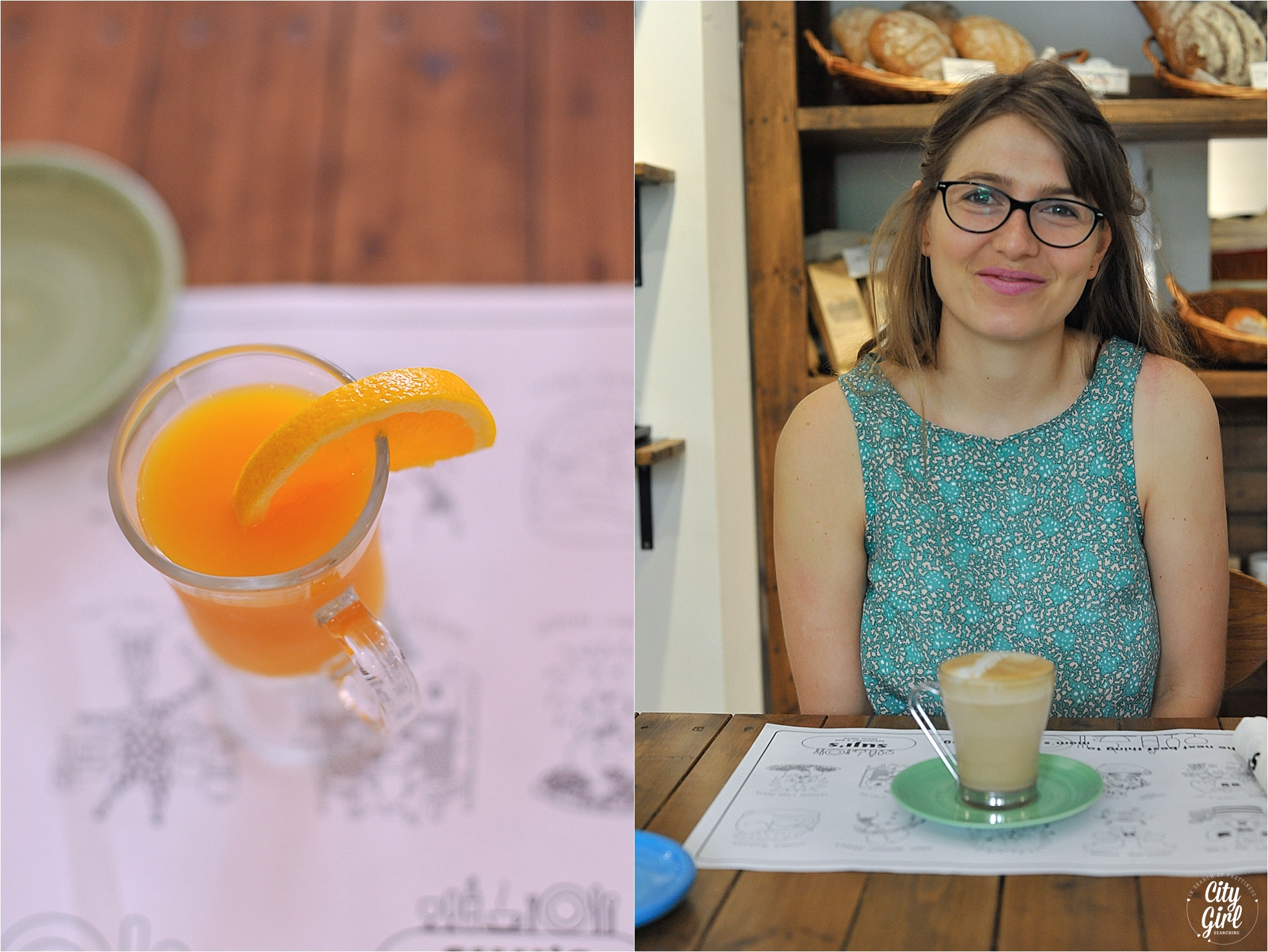

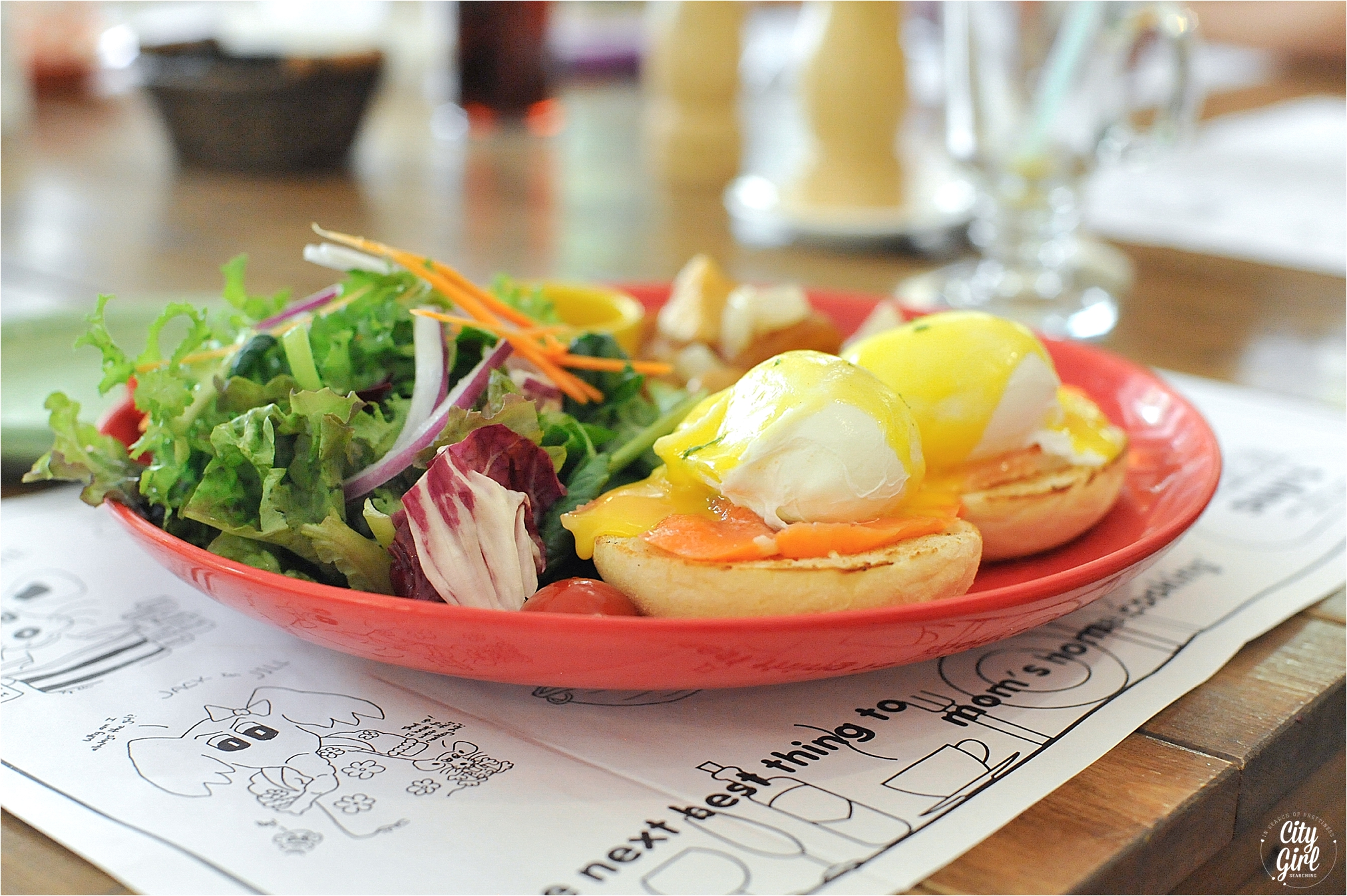
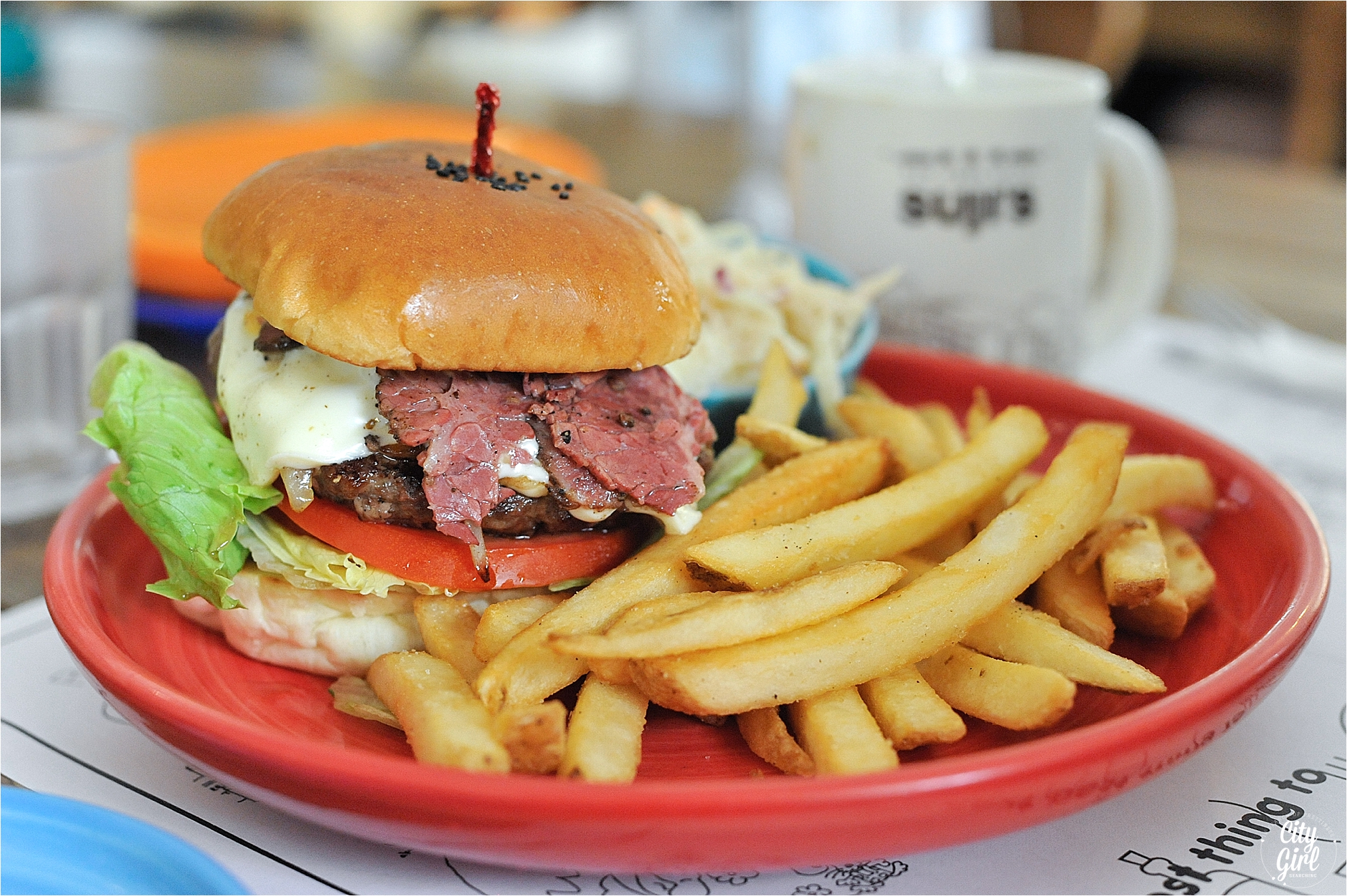


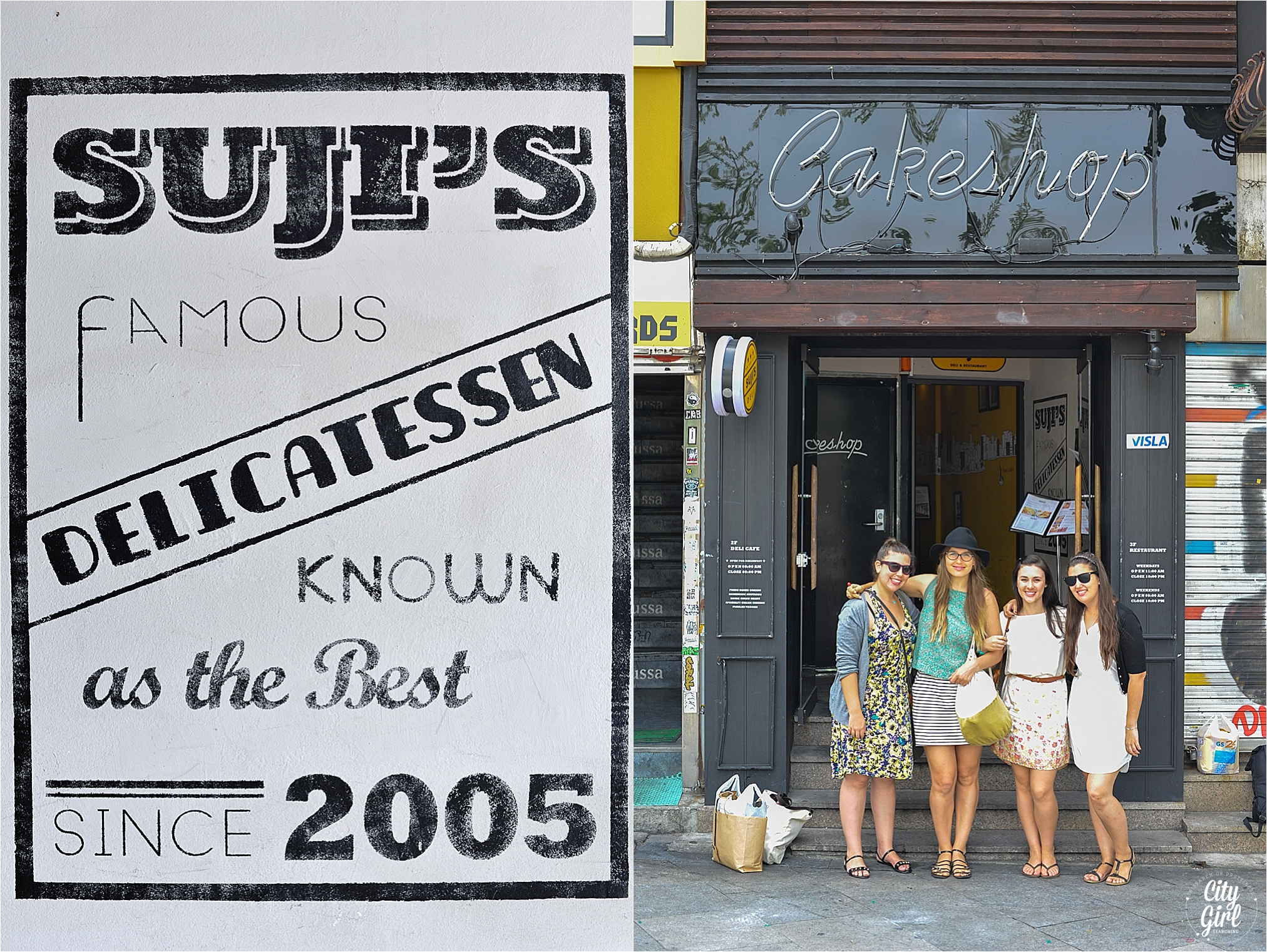






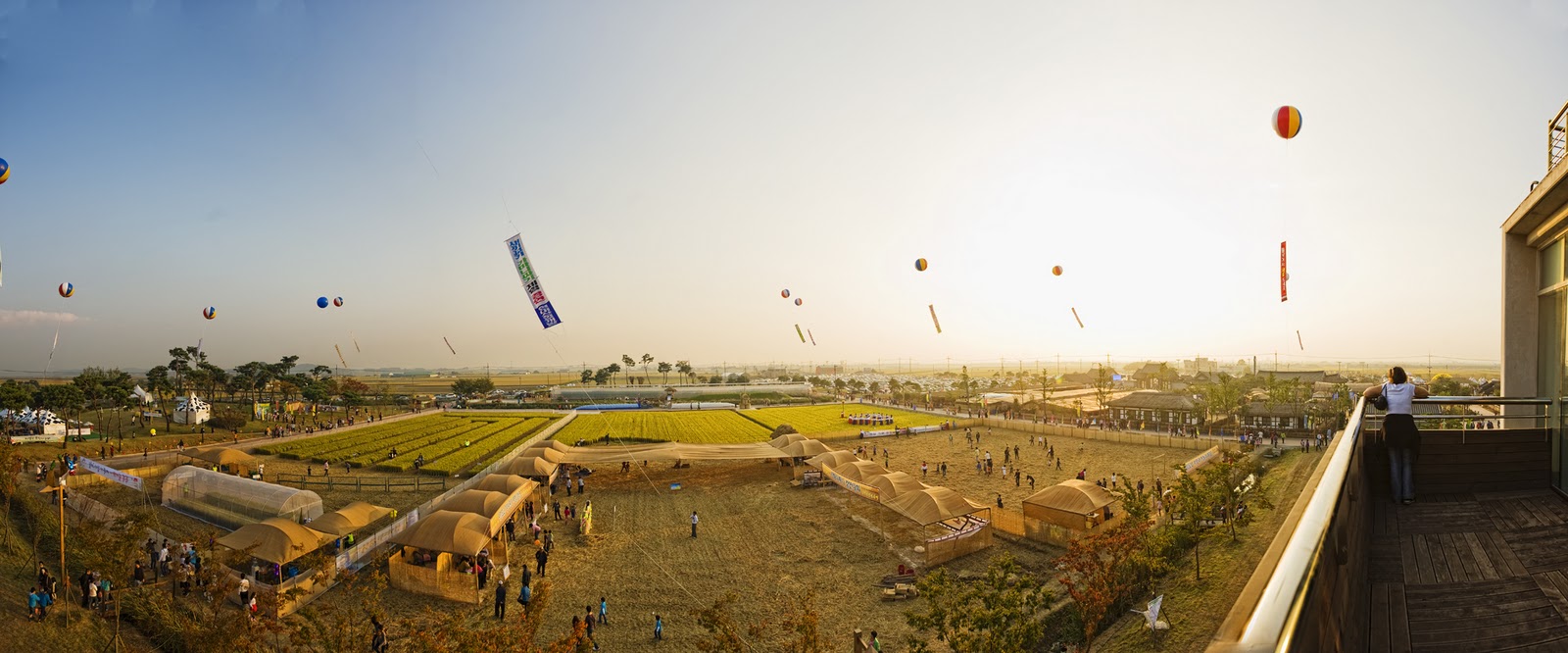





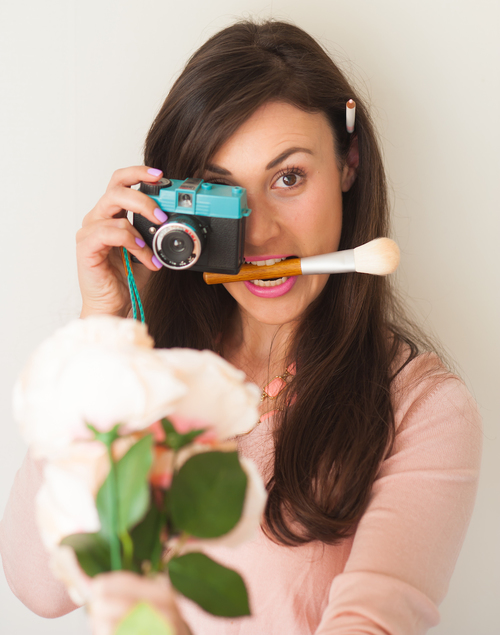






























































Welcome to Part 3 of my Borneo Travel Guide. My husband and I spent two weeks exploring Malaysian Borneo in July 2015. We had a great time, and would definitely recommend it. We had a few ups and downs, mainly due to the environmental damage we saw pretty much everywhere, it was terribly sad to see so much deforestation. I probably wouldn't have noticed it if I was traveling with anyone else, but Farmboy was an environmental consultant is his former life and so was more aware than me (I thought there was a lot of green but what I thought was natural vegetation was 9 times out of 10 palm oil plantations). We also knew very little about Borneo (apart from the fact that it is one of the last places where you can see Orangutan in their natural habitat), and actually ended up deciding to go there because it had the cheapest flights and seemed like a very unique holiday destination.
You may be thinking of heading to Borneo soon (or sometime in the future) so to help you plan your trip, I have put together this travel guide, as well as some tips from our stay. Please keep in mind that my husband and I may travel very differently to you, and have different likes and preferences for things. I prefer the more luxurious path, while Farmboy would stay in a hammock for the entire trip if it was up to him. So we plan accordingly, and of course, try to stick to the budget.